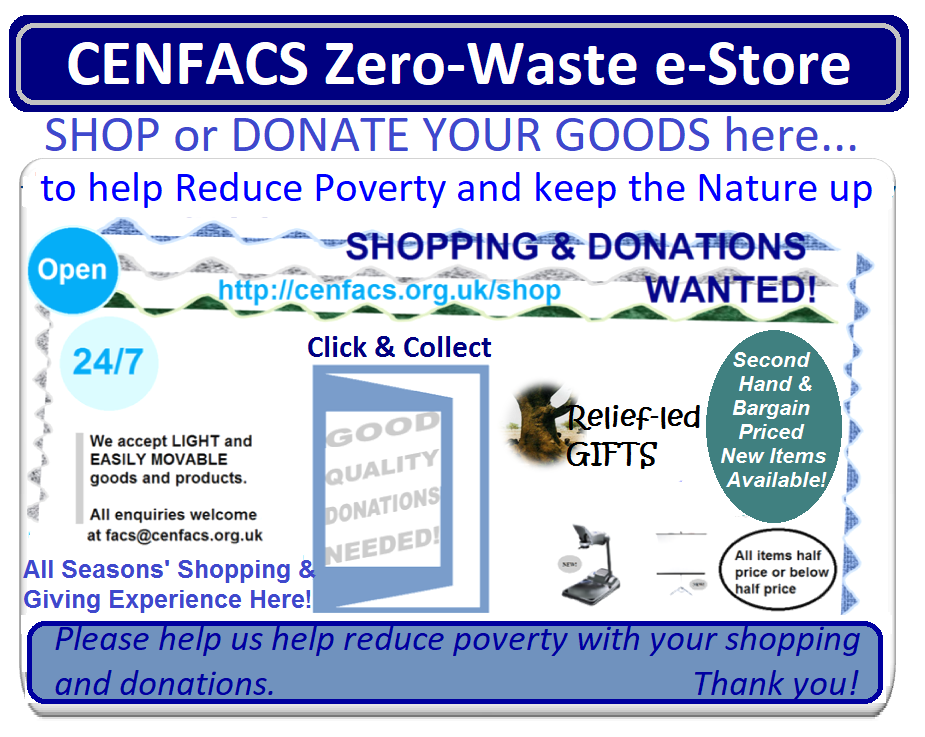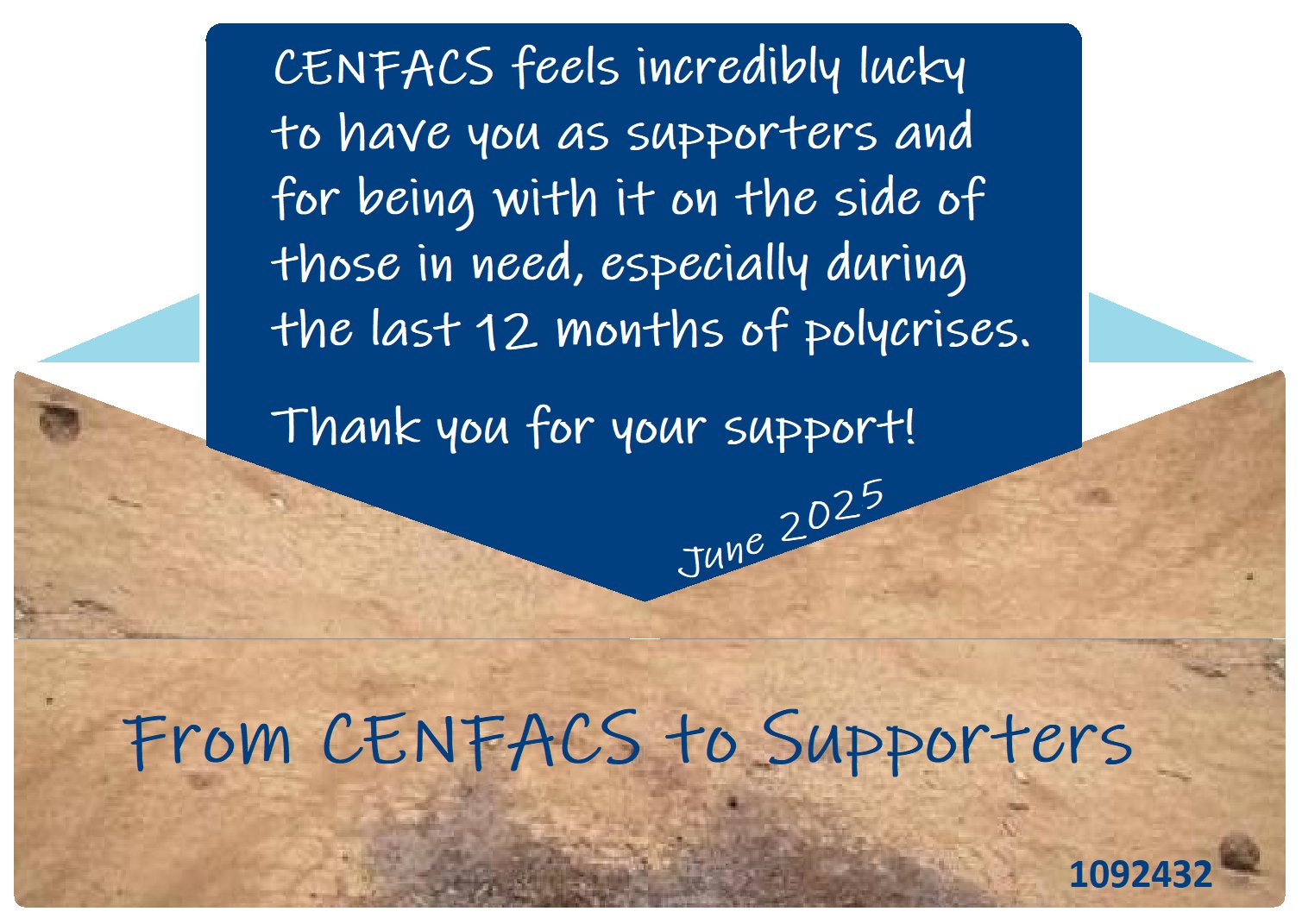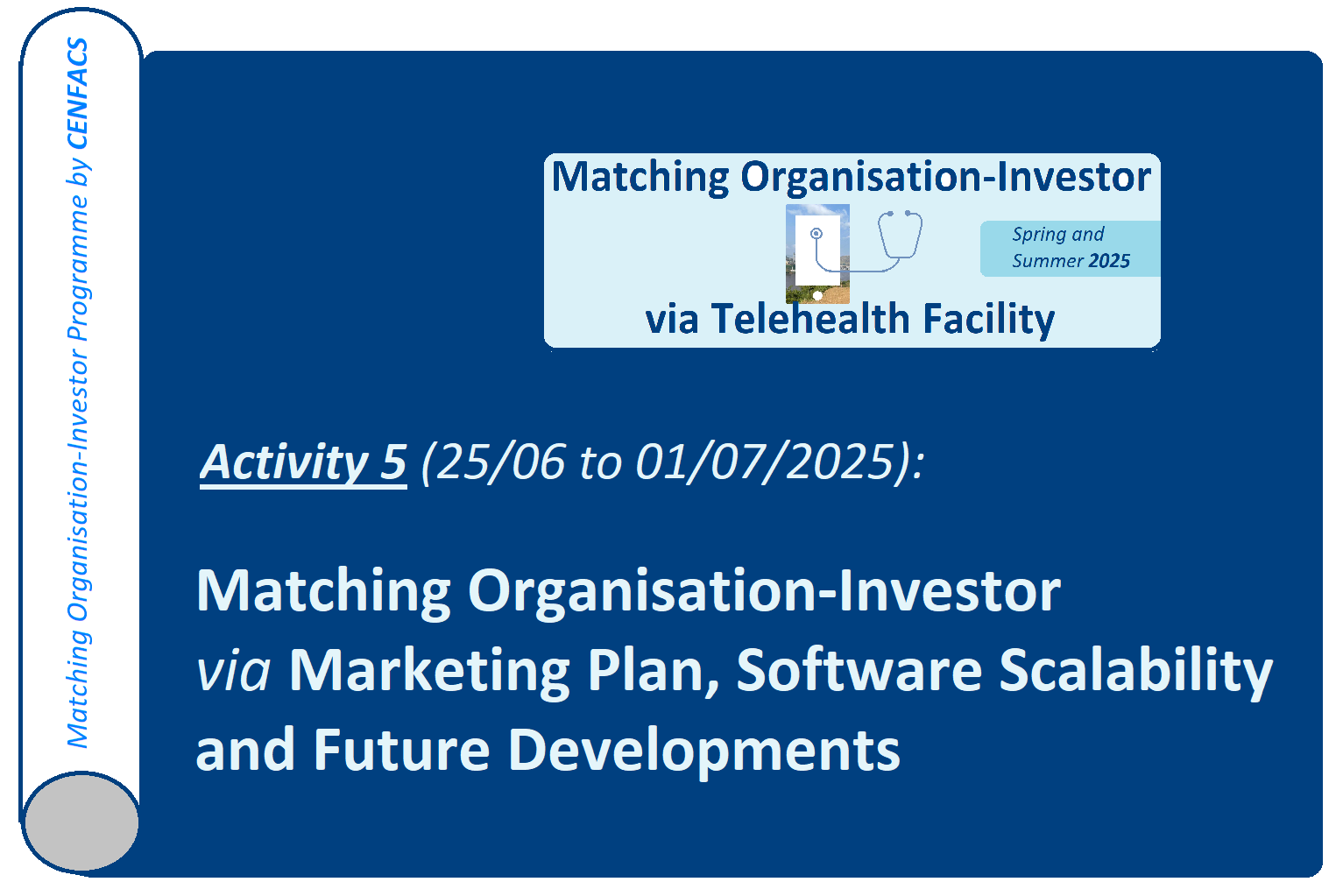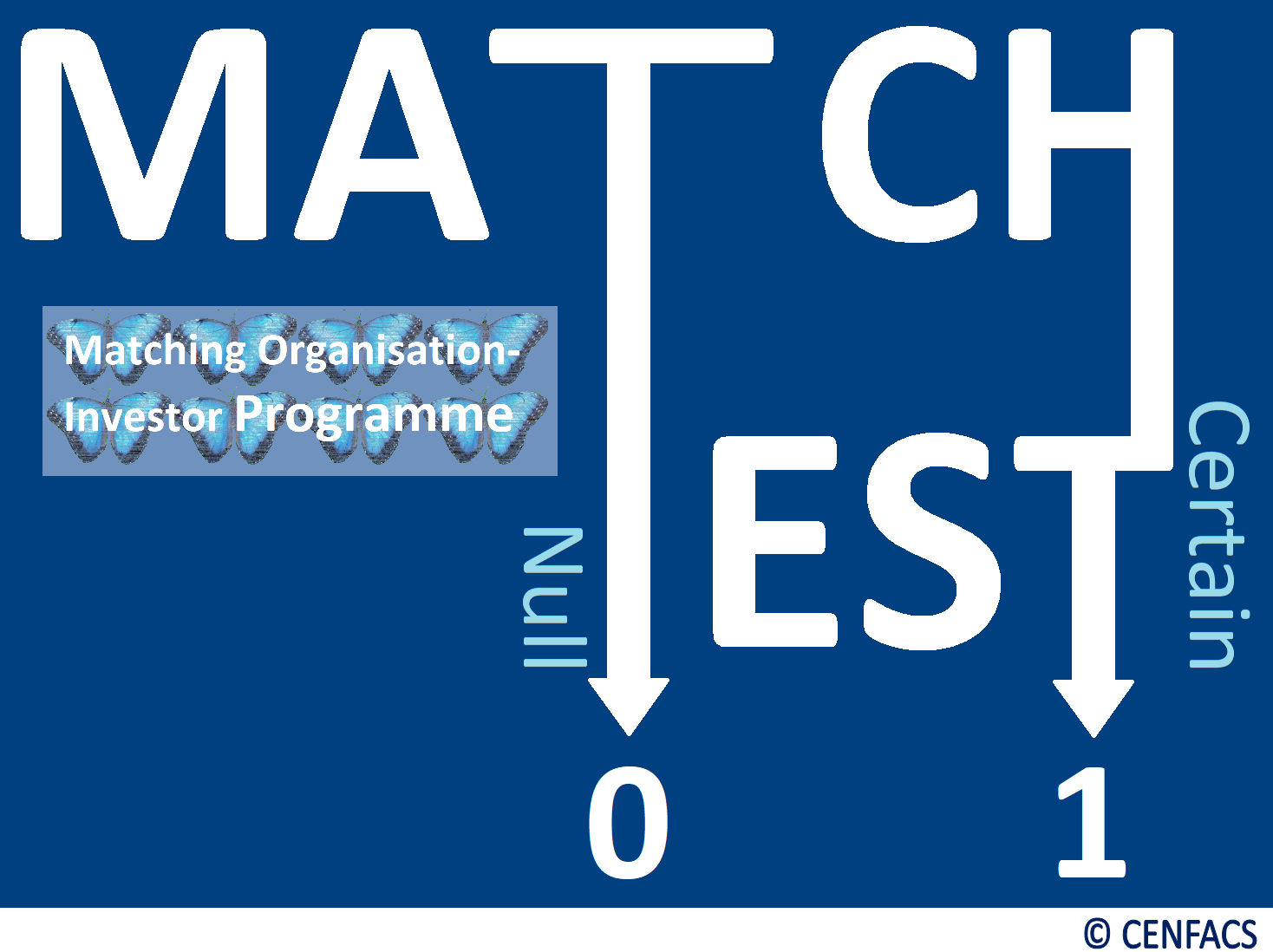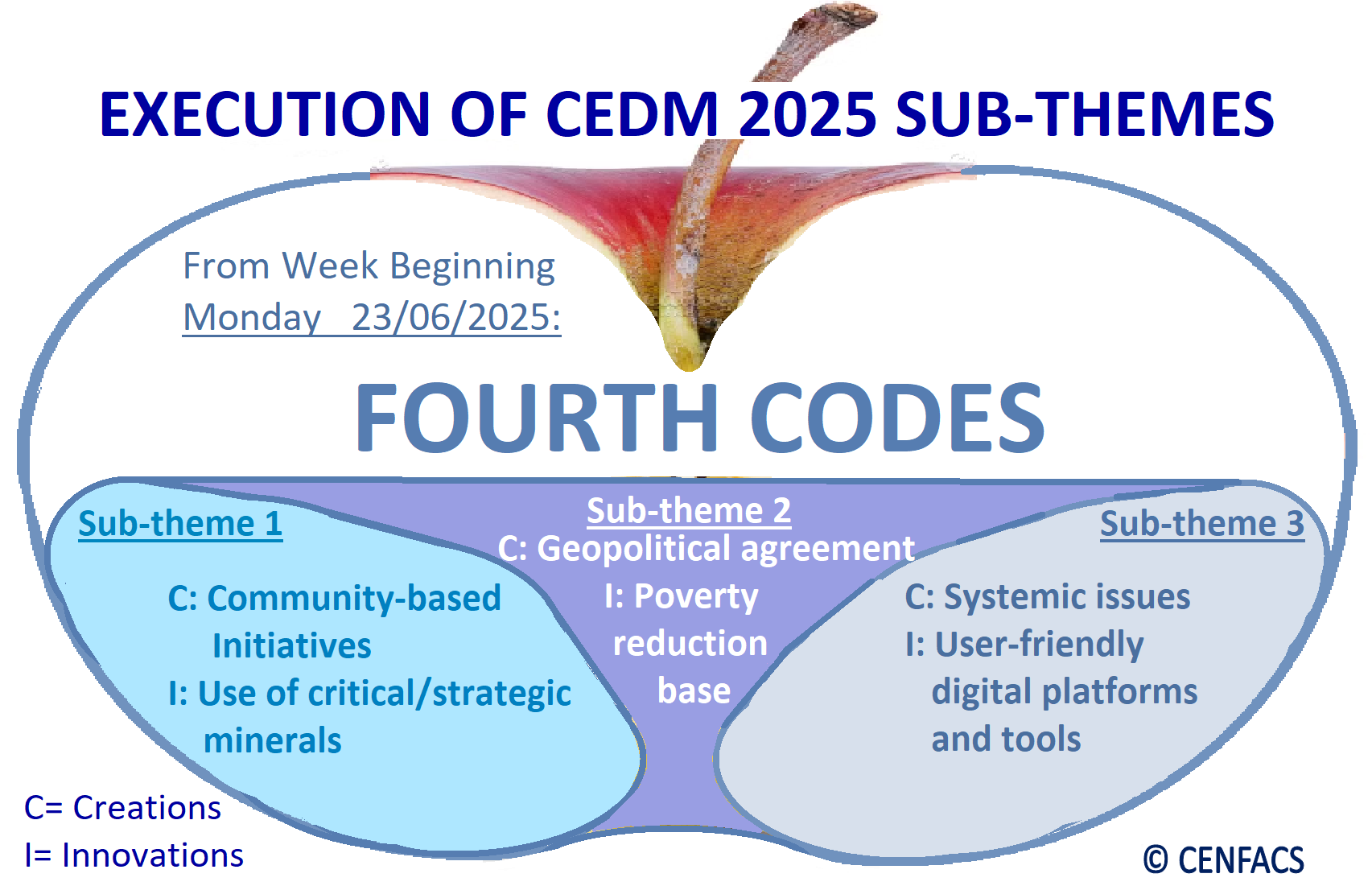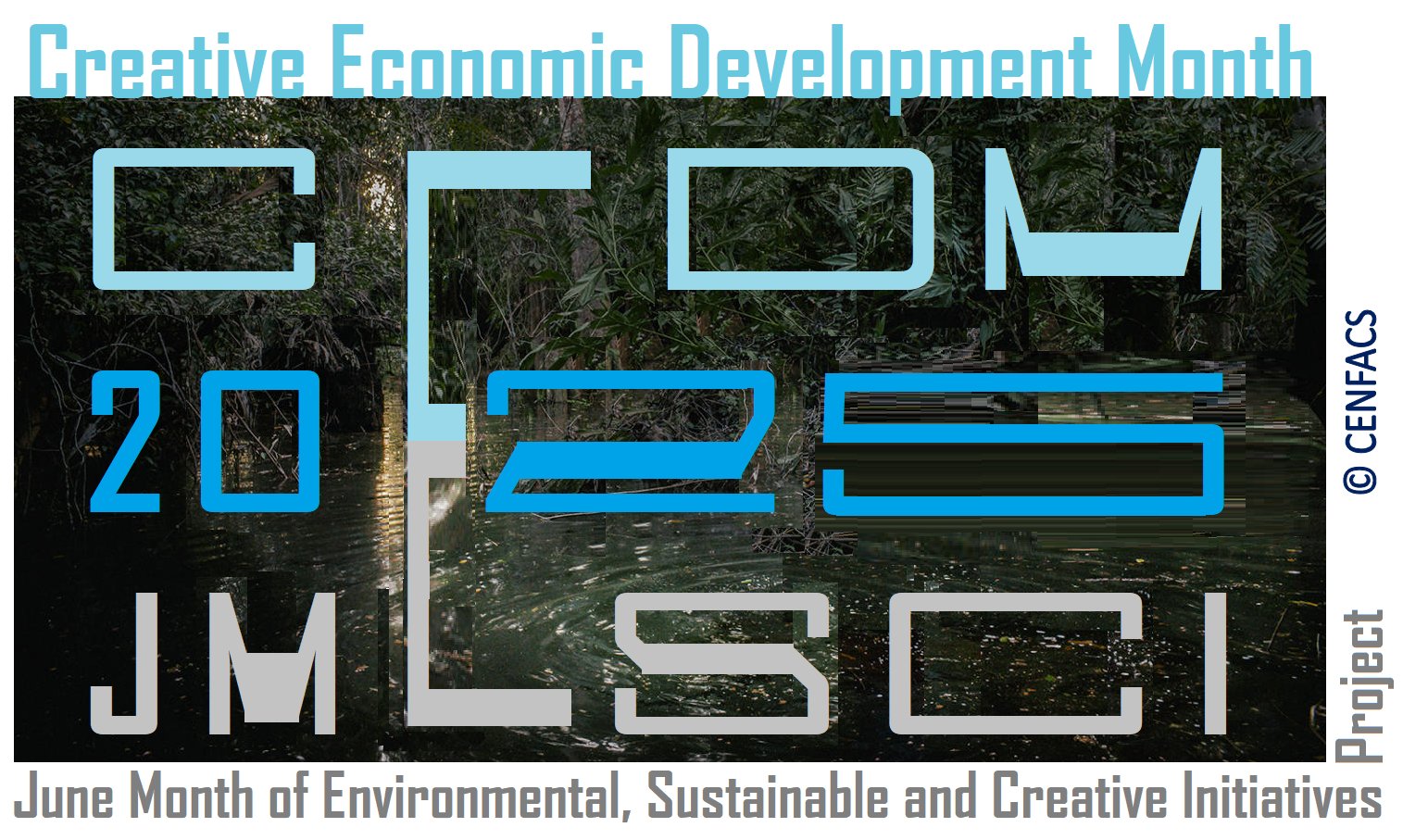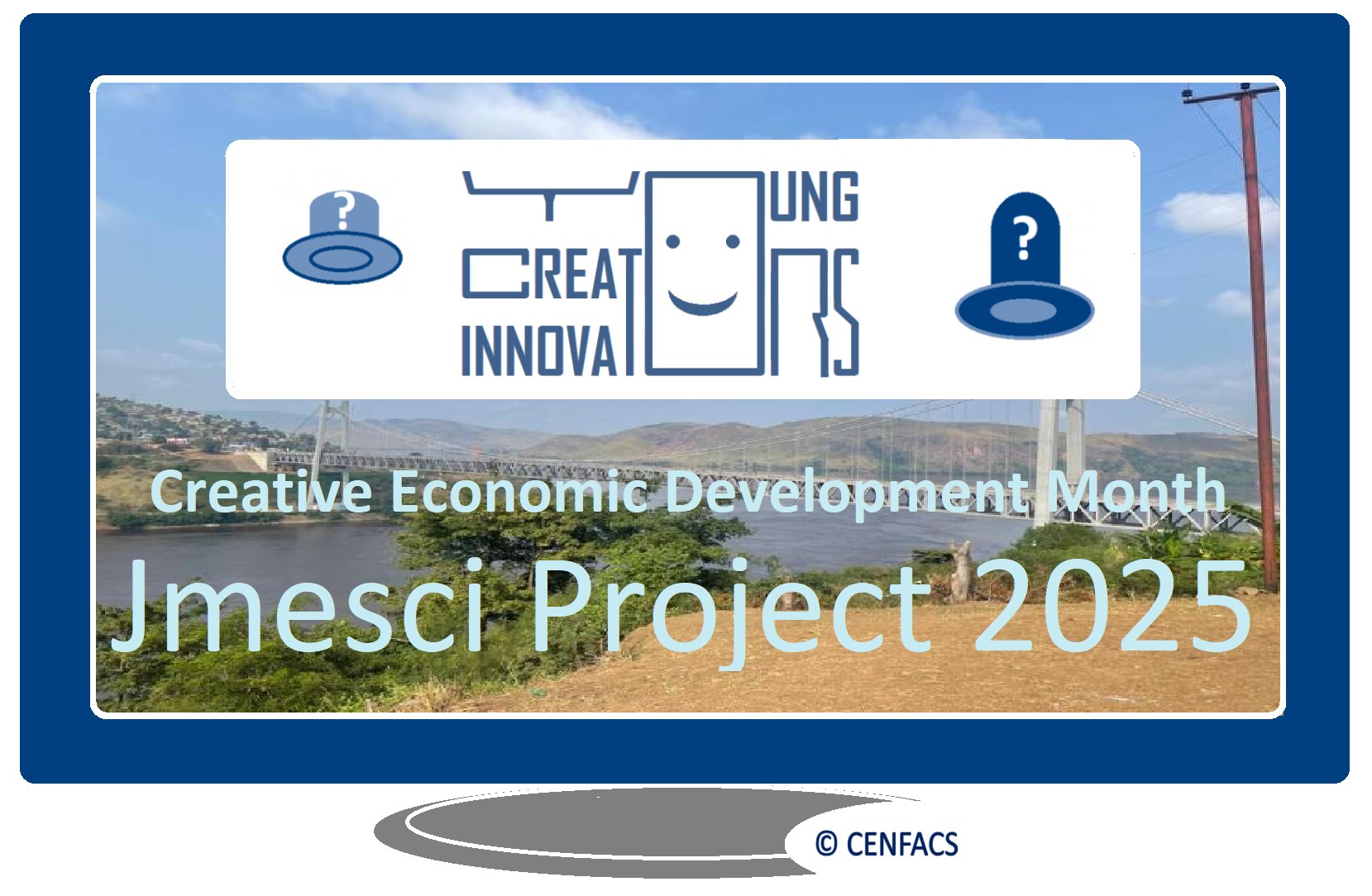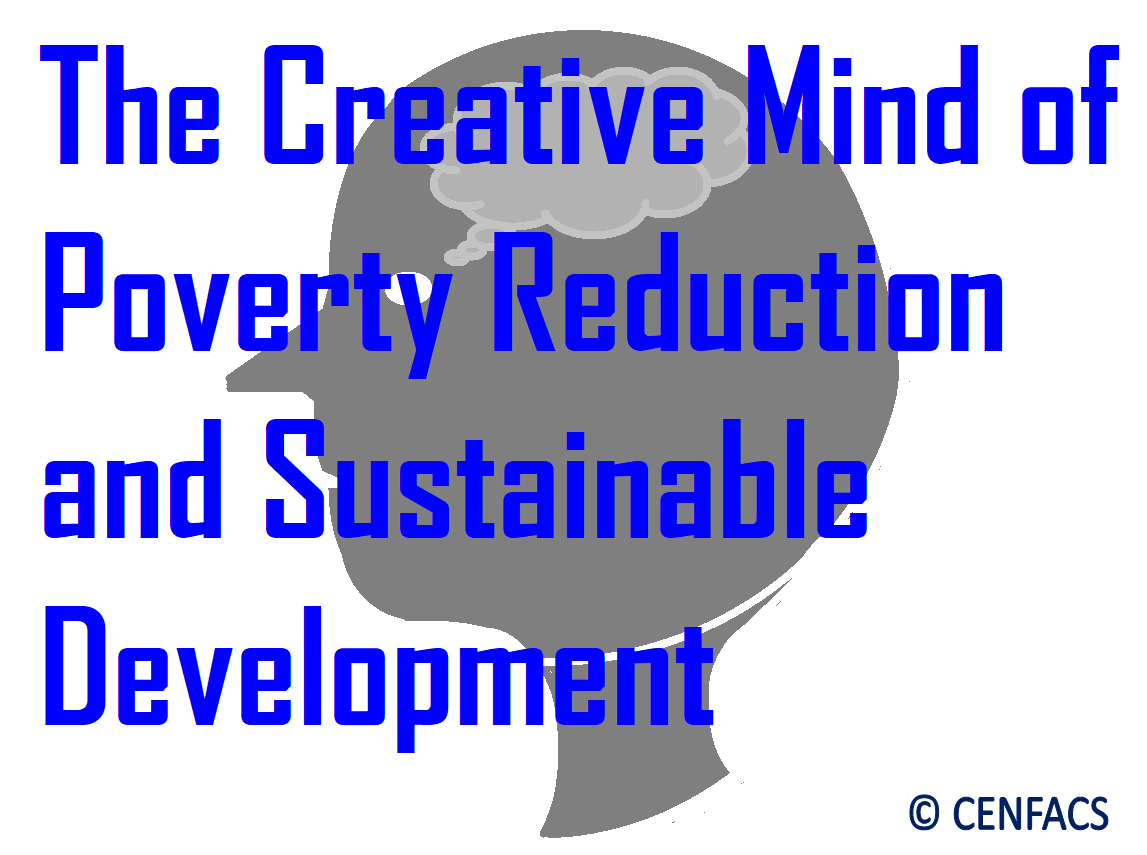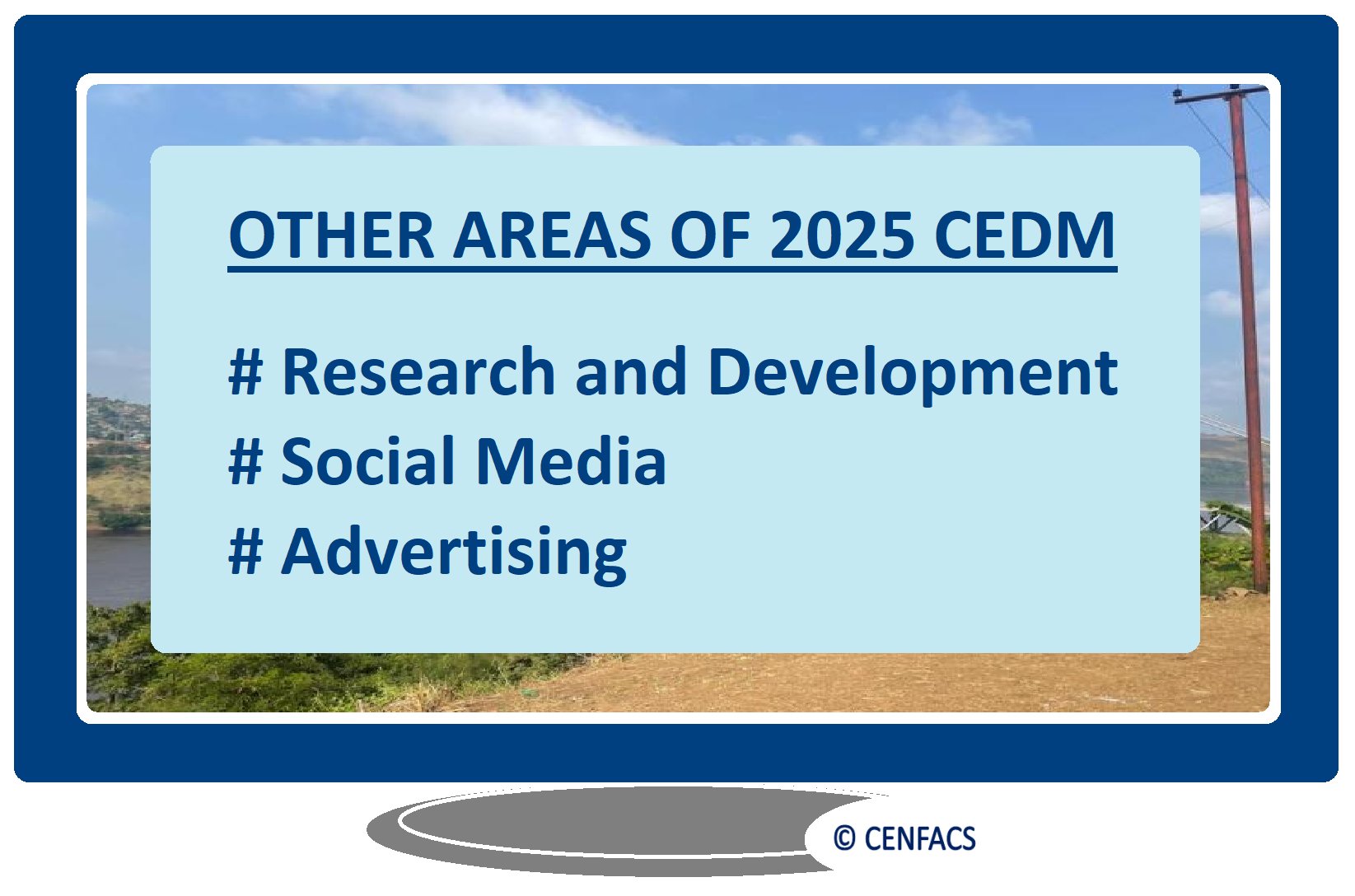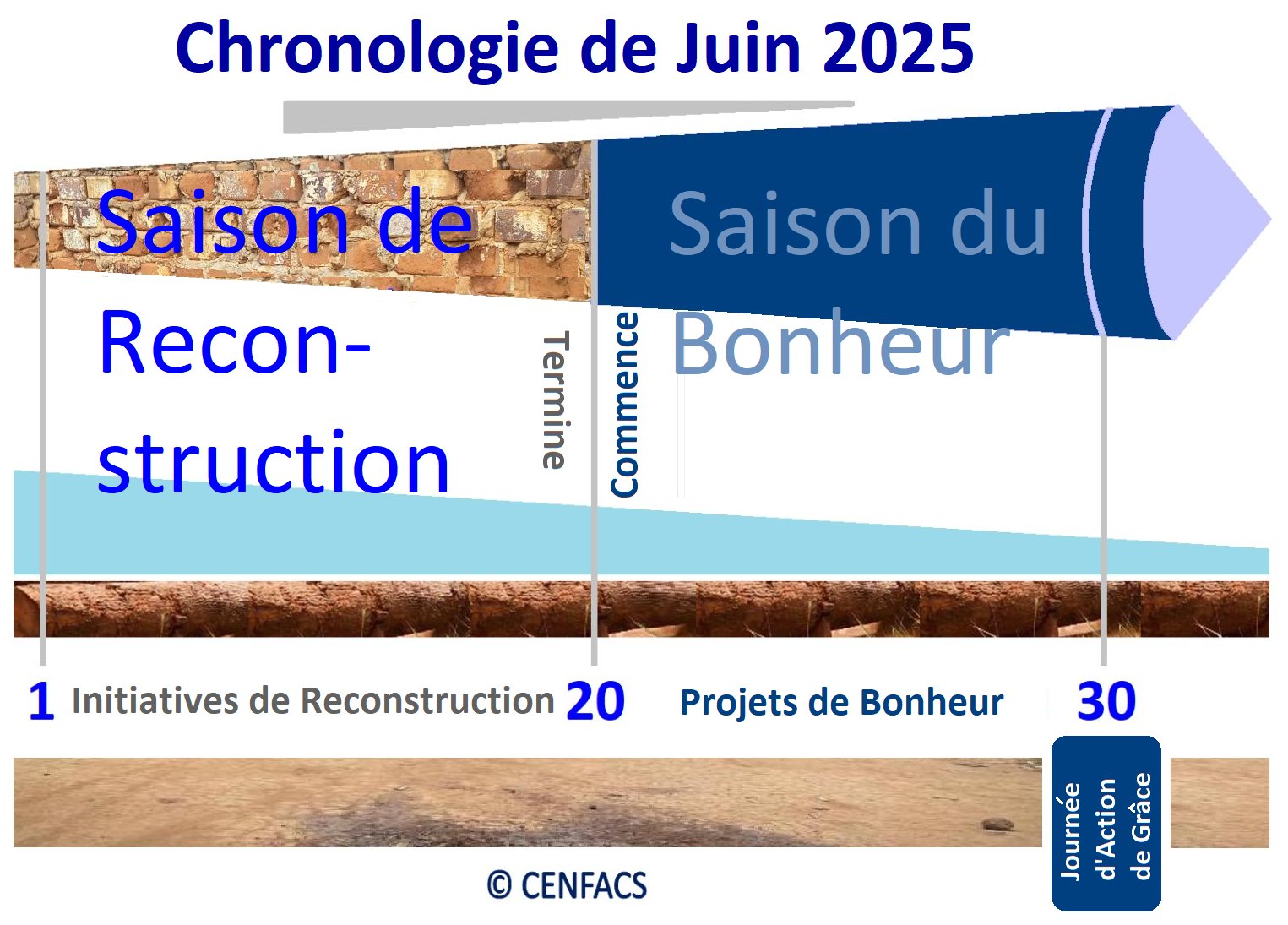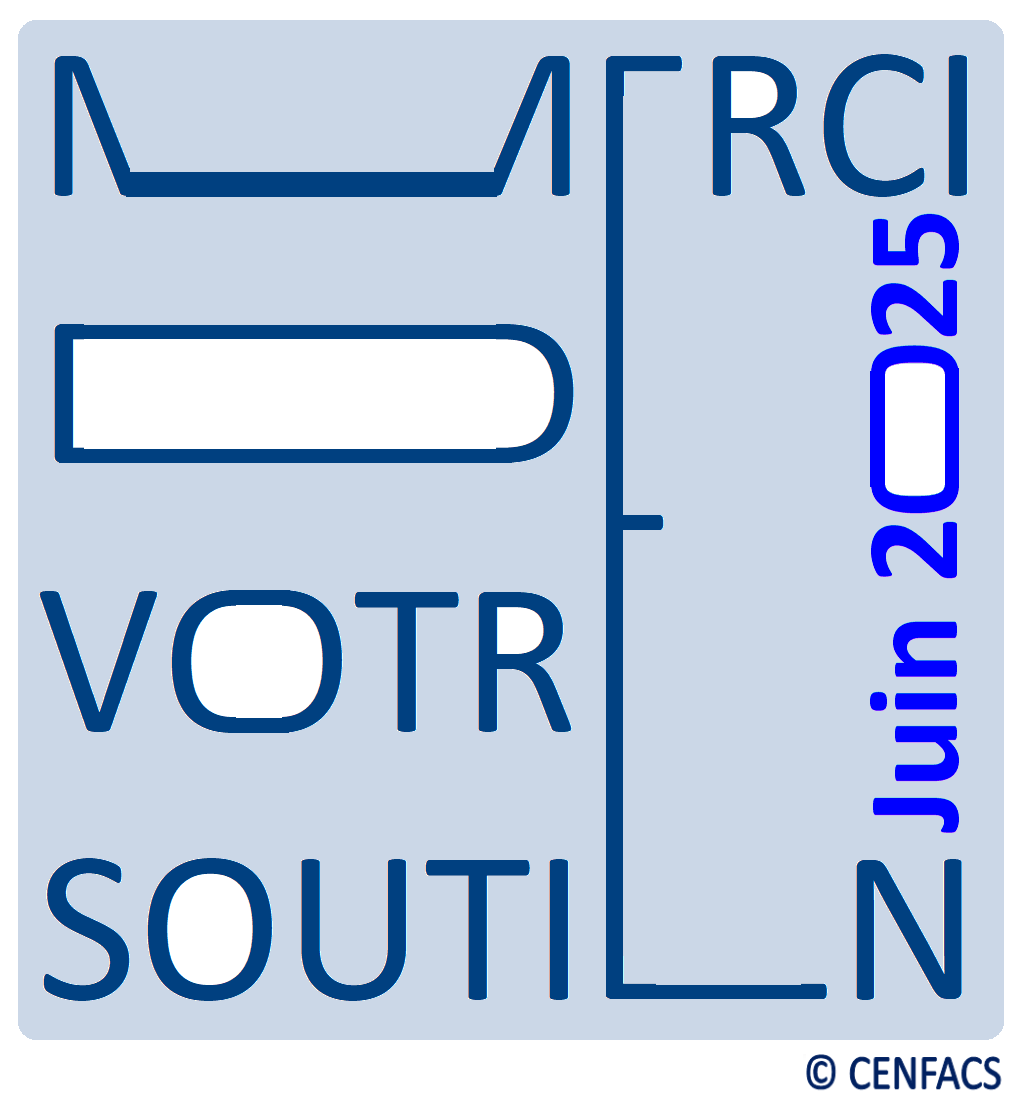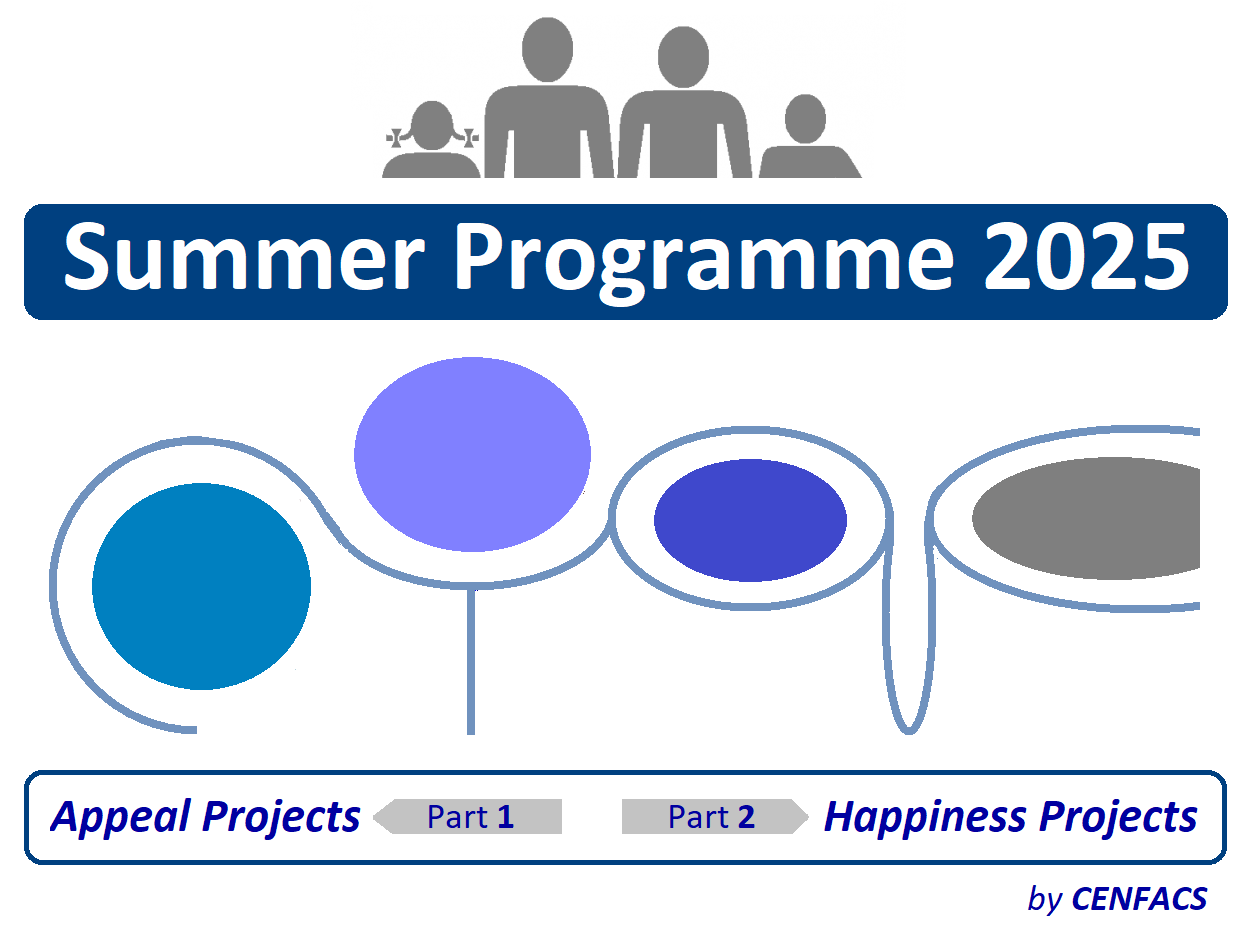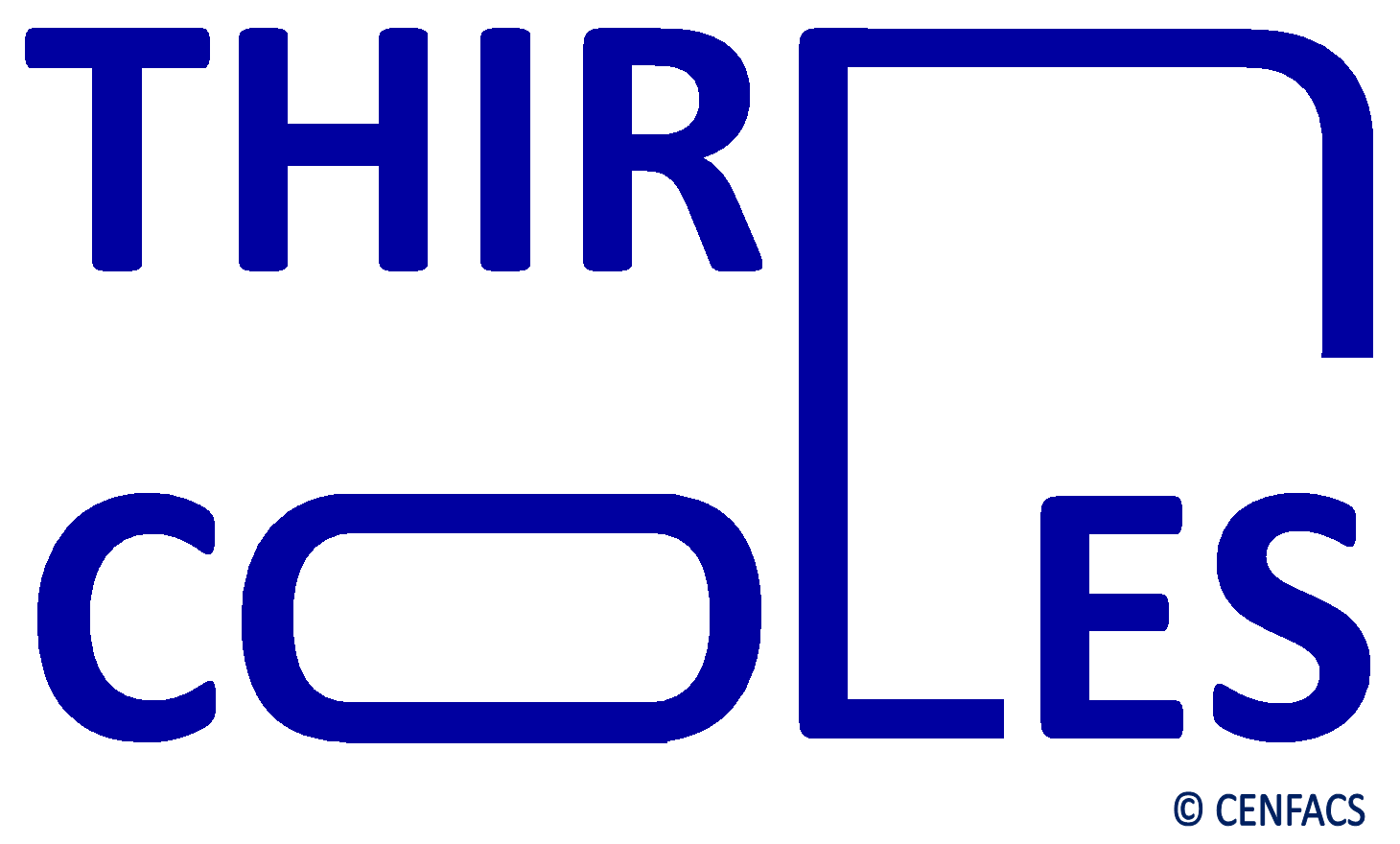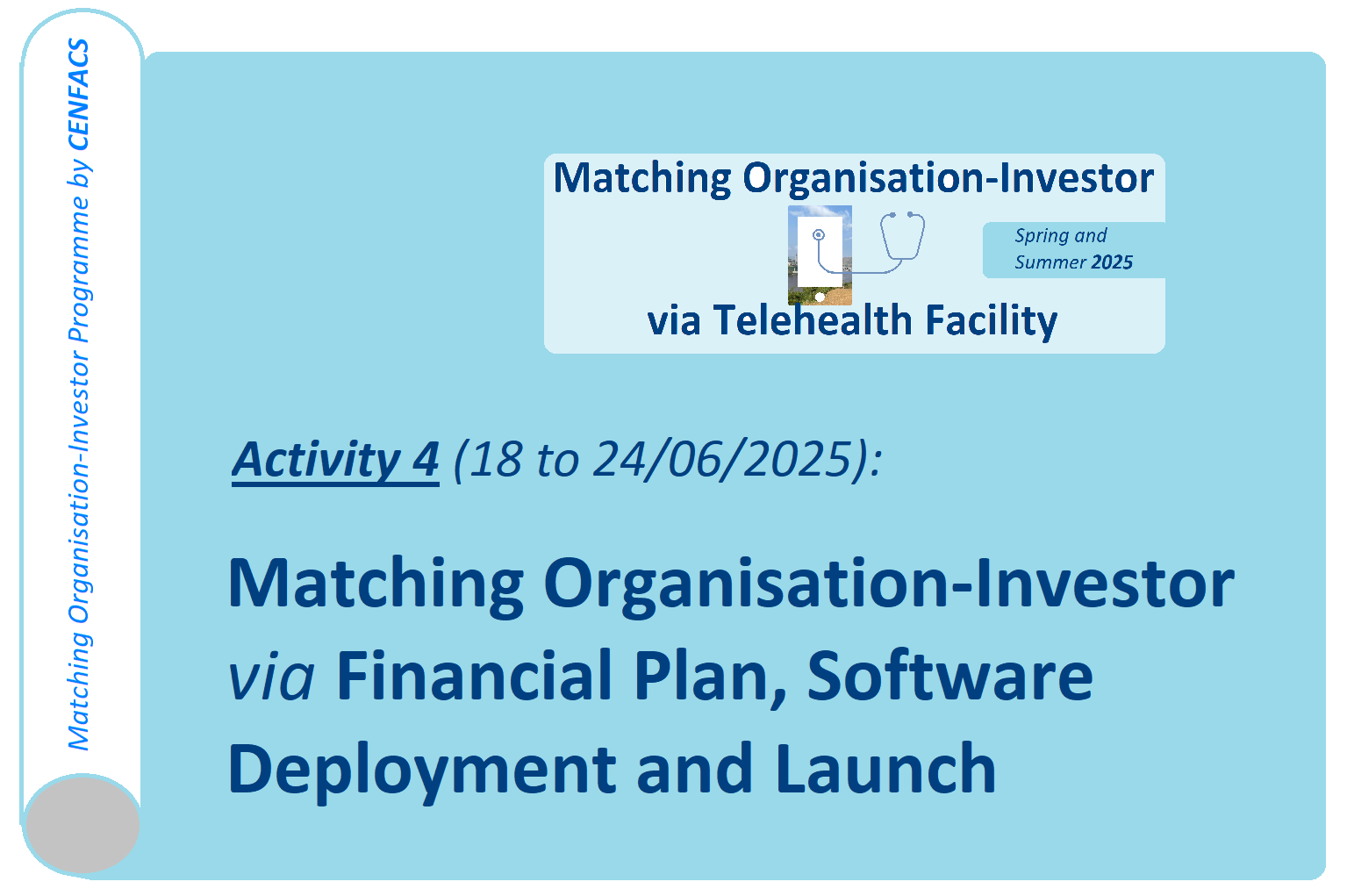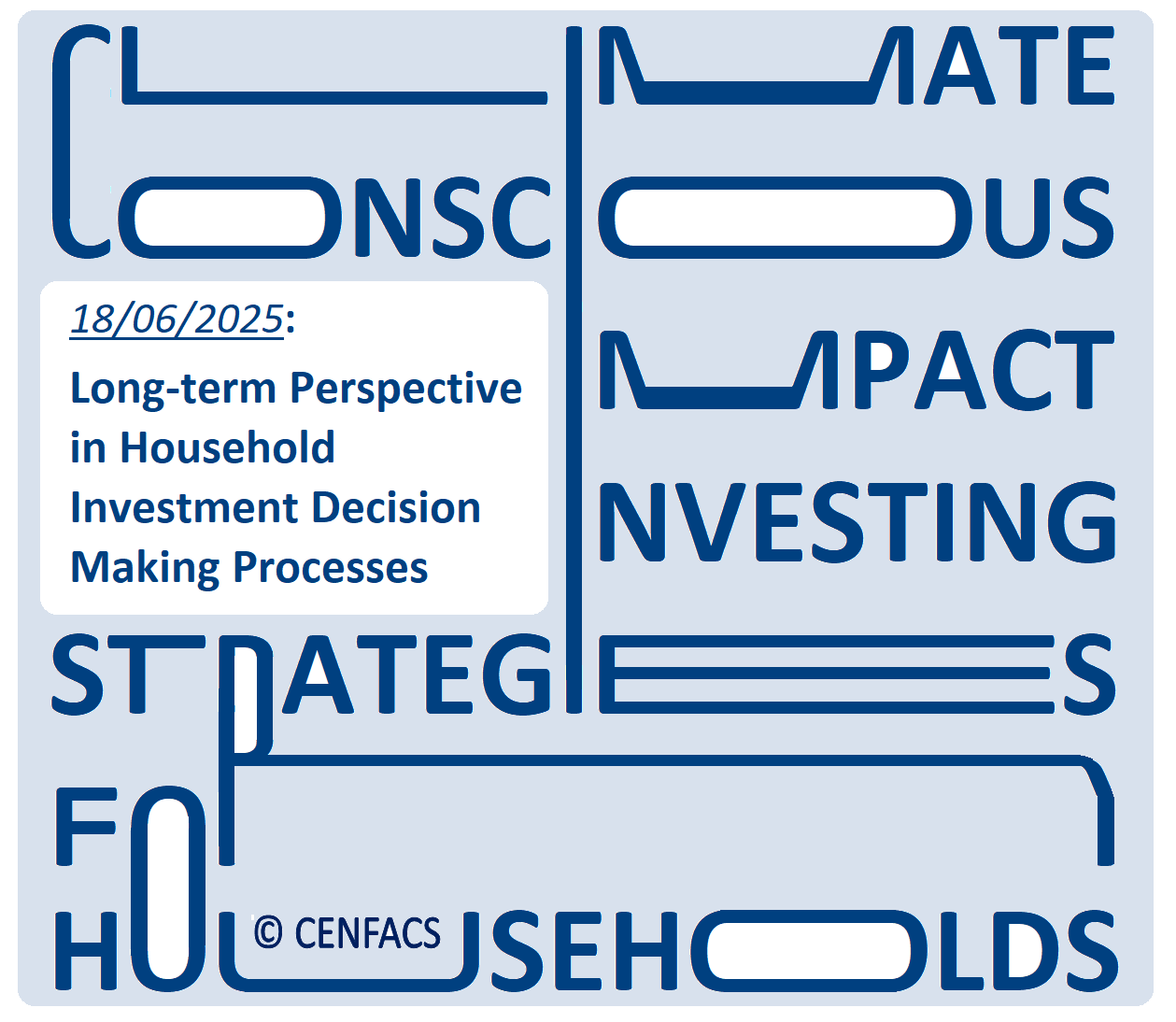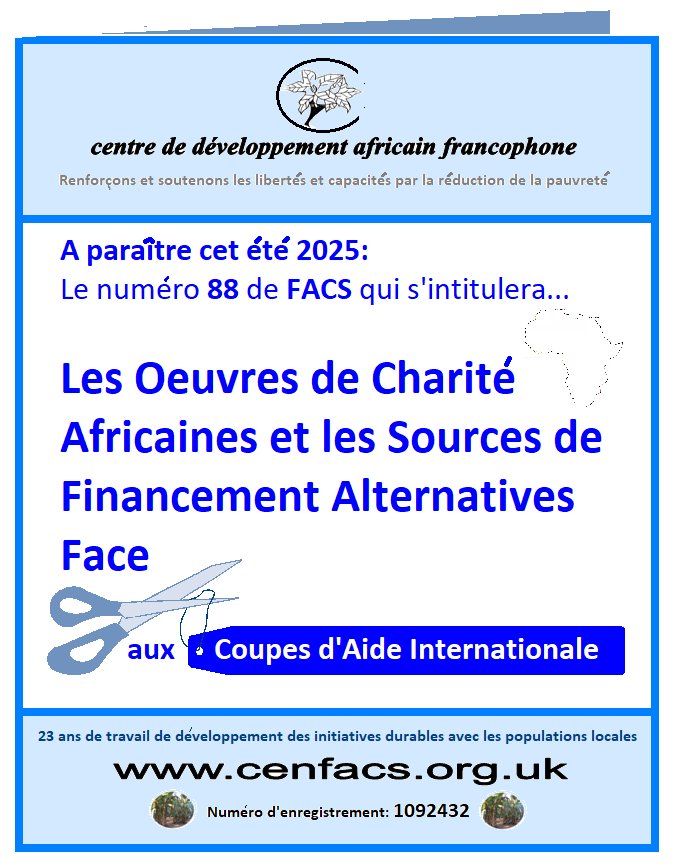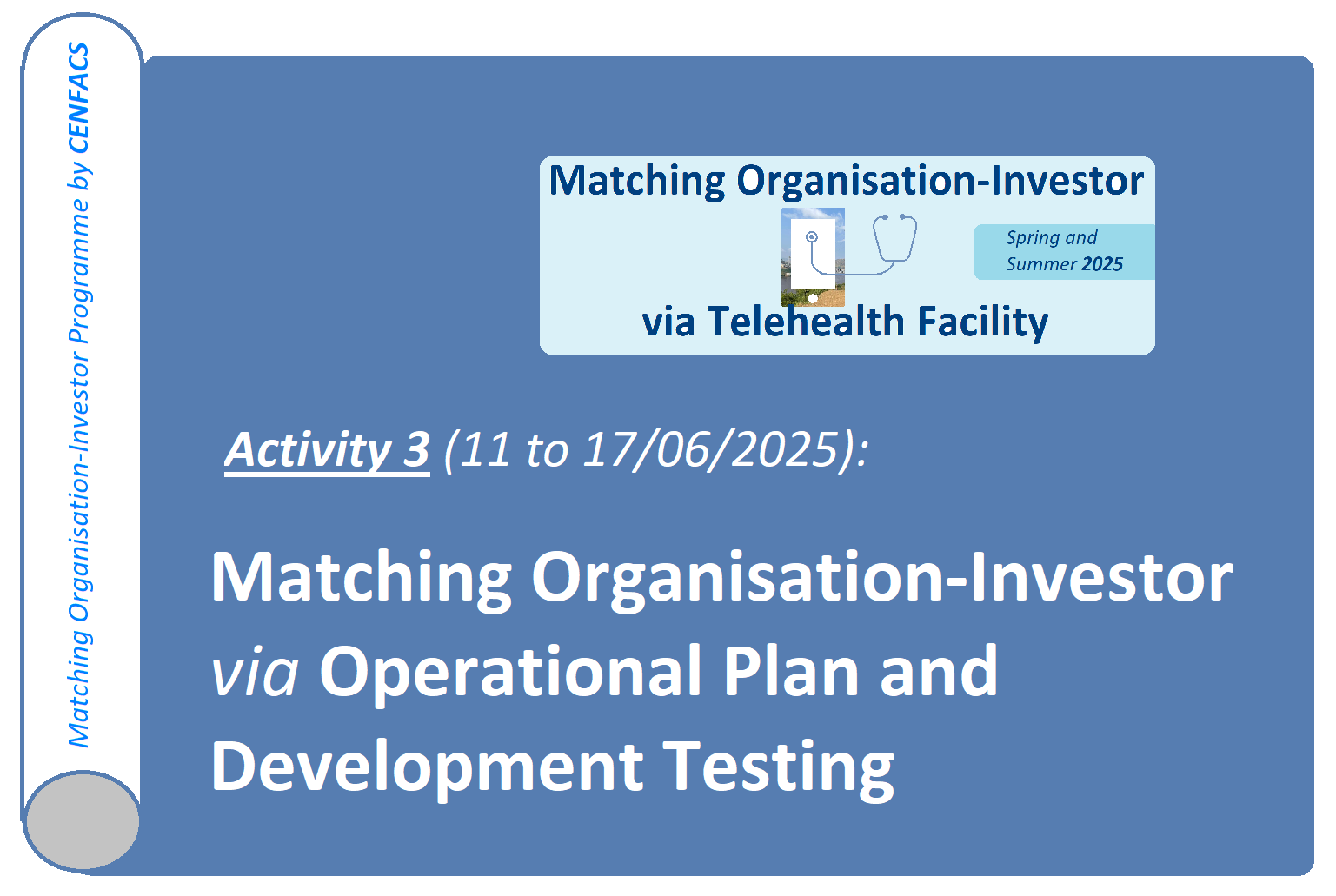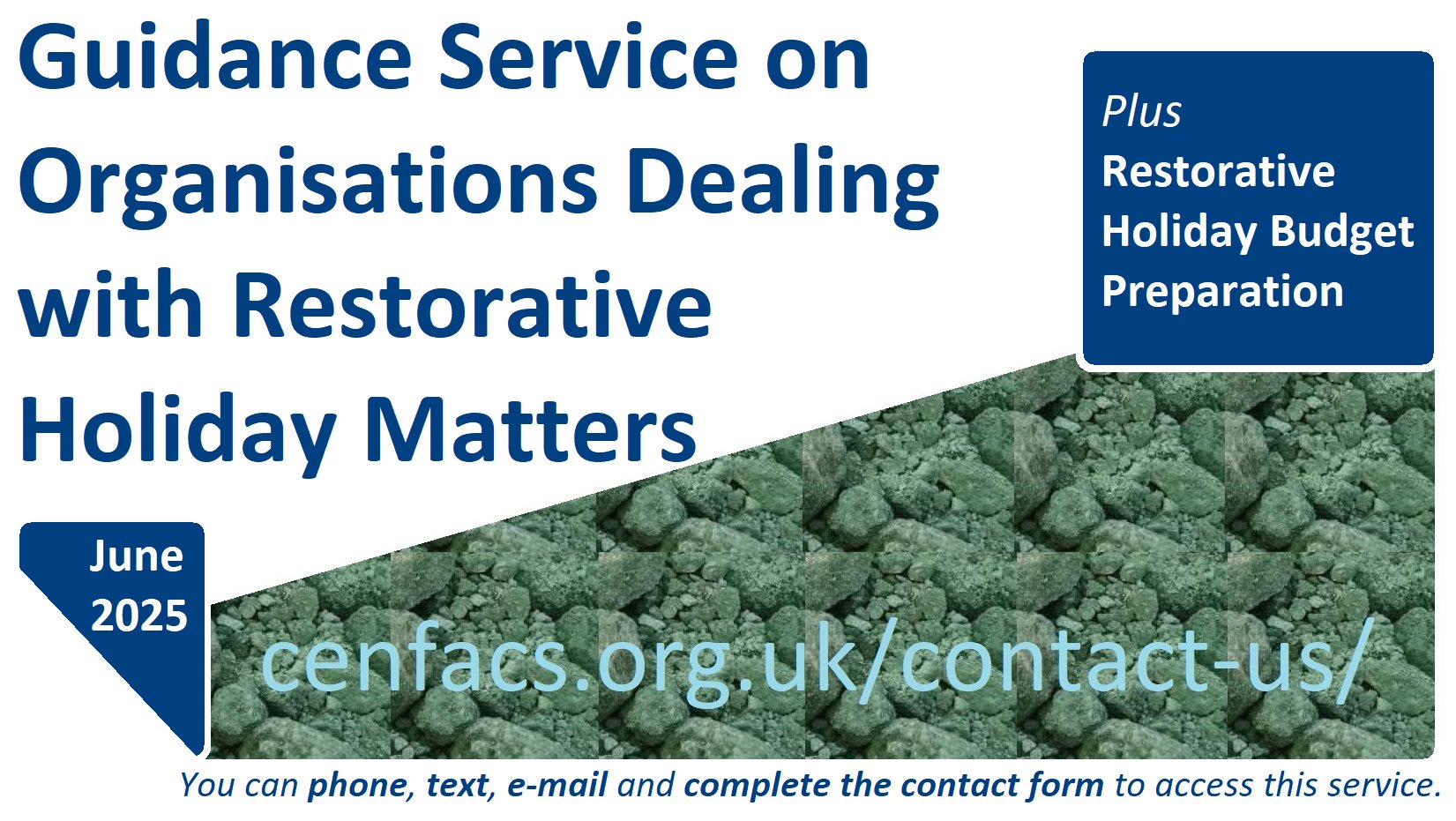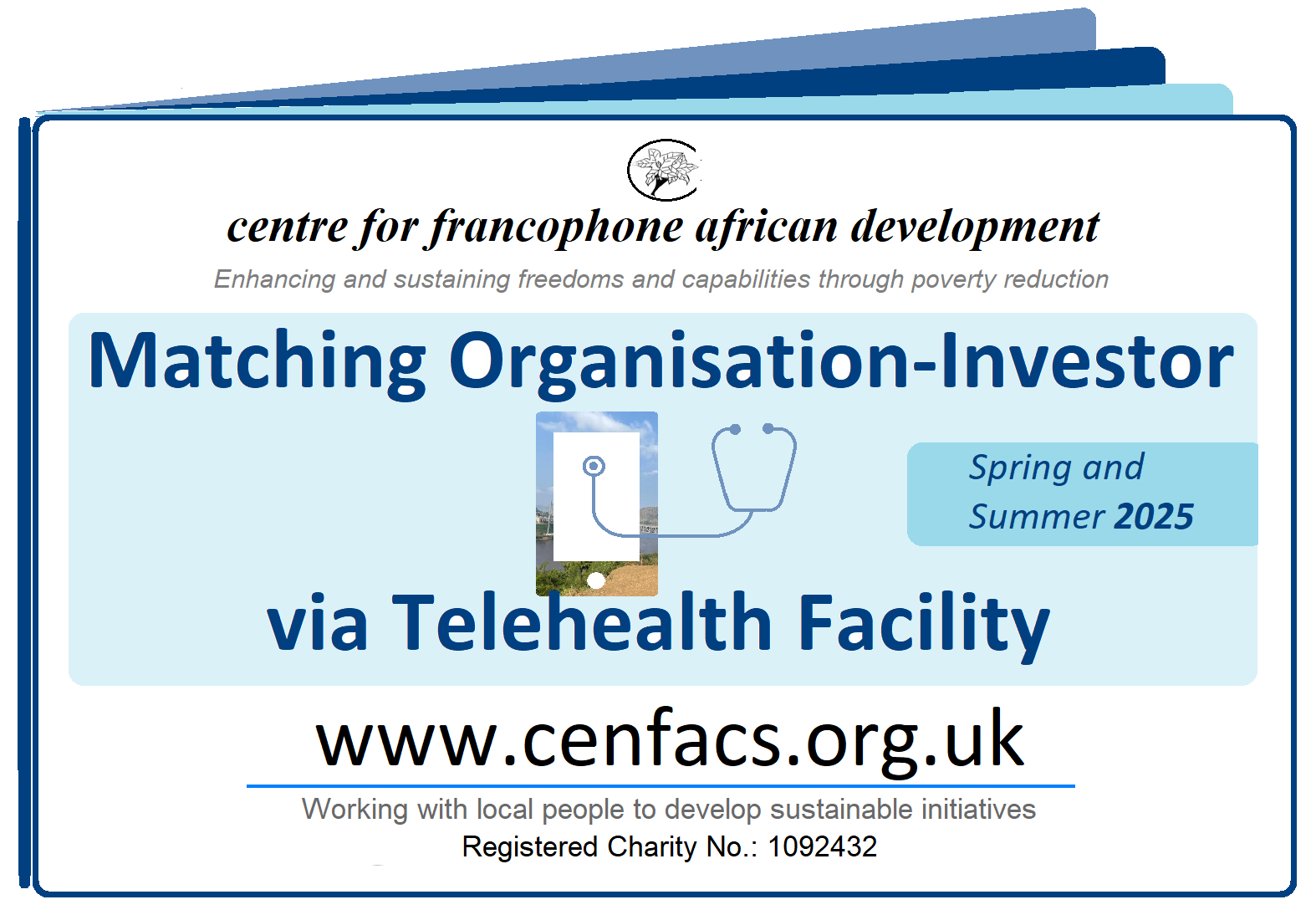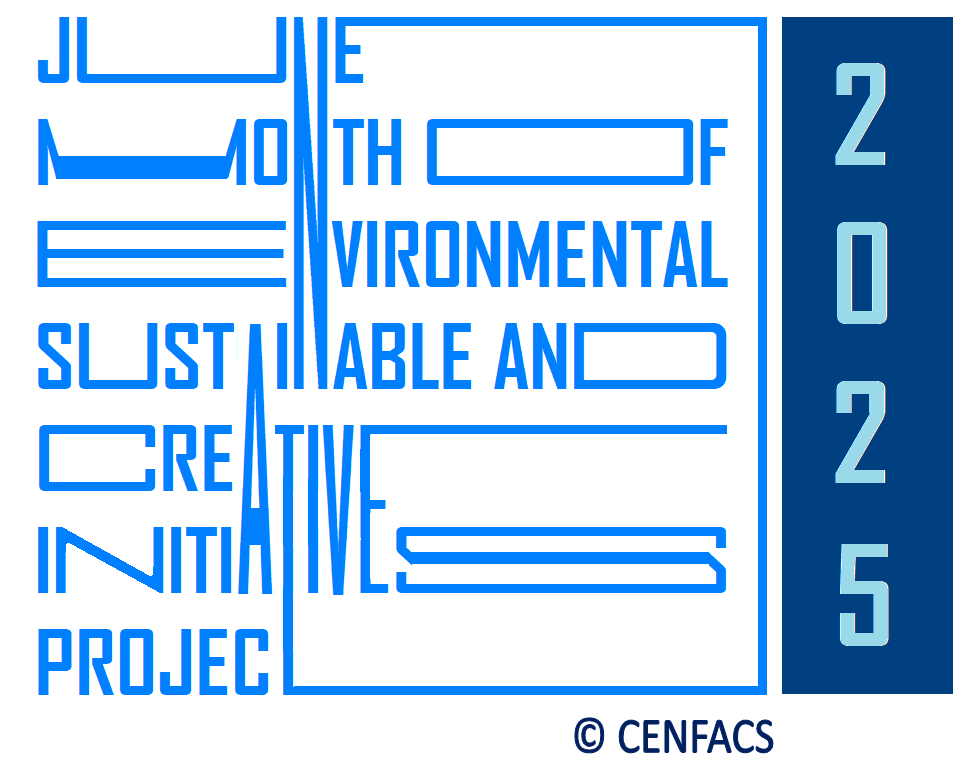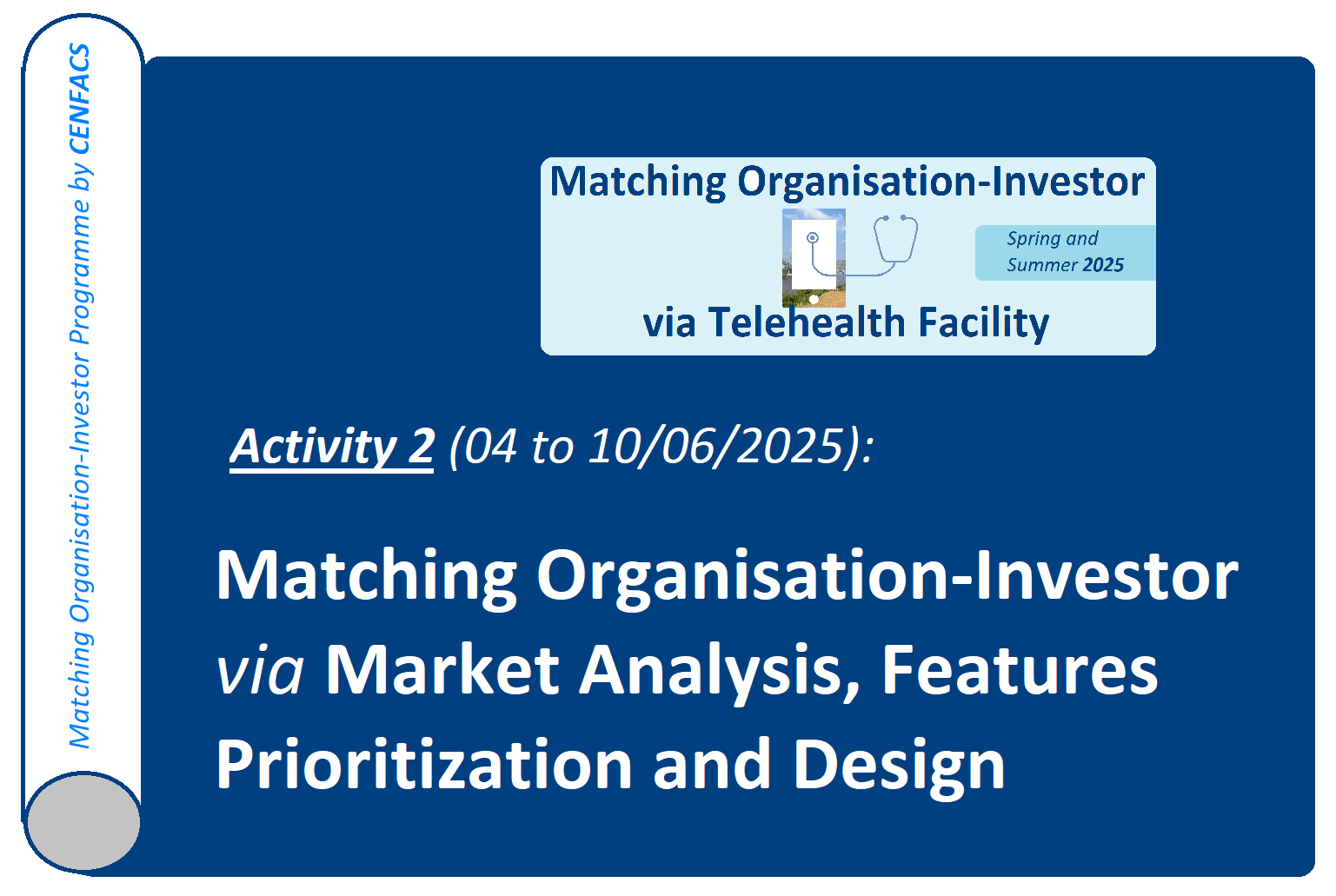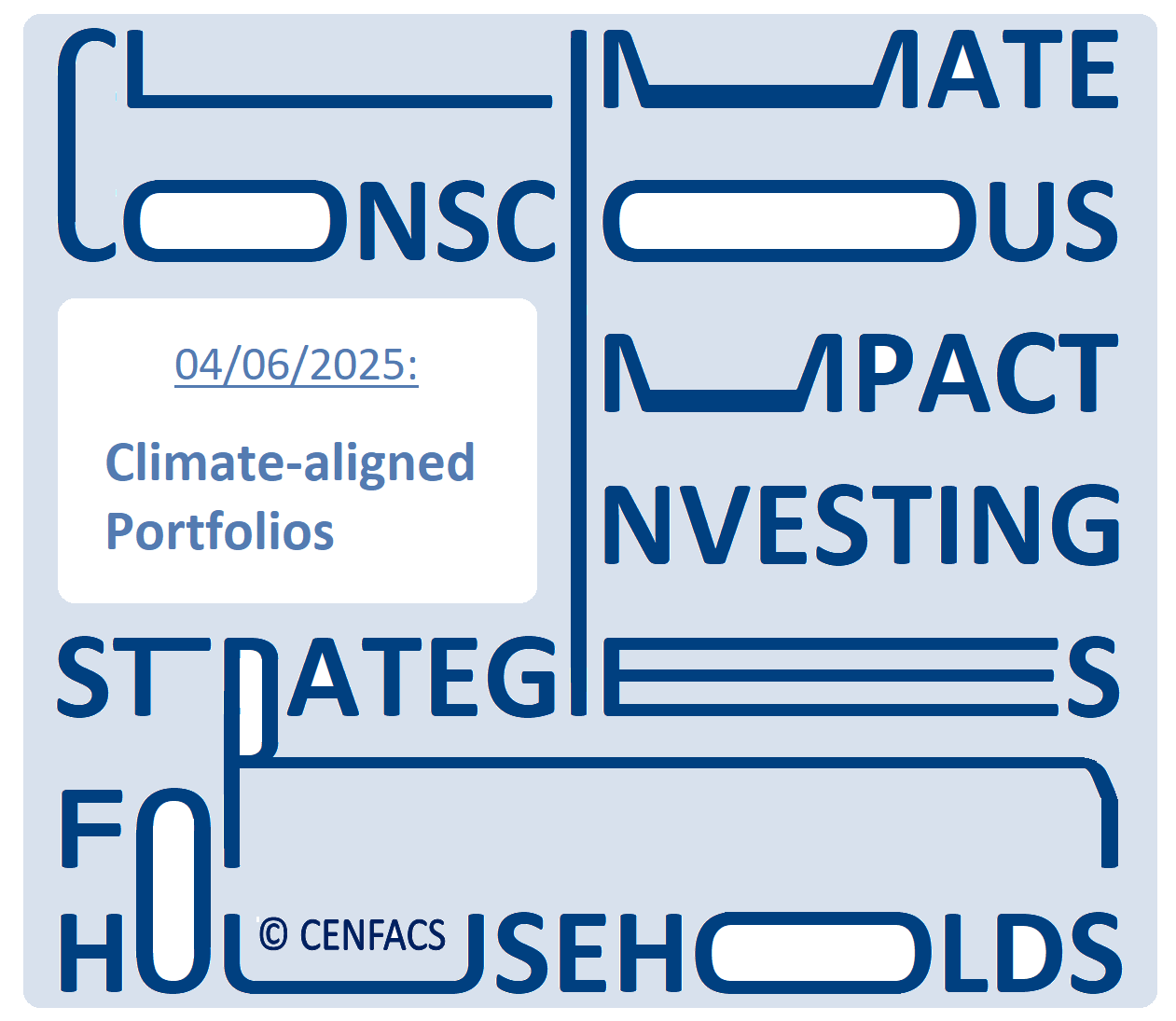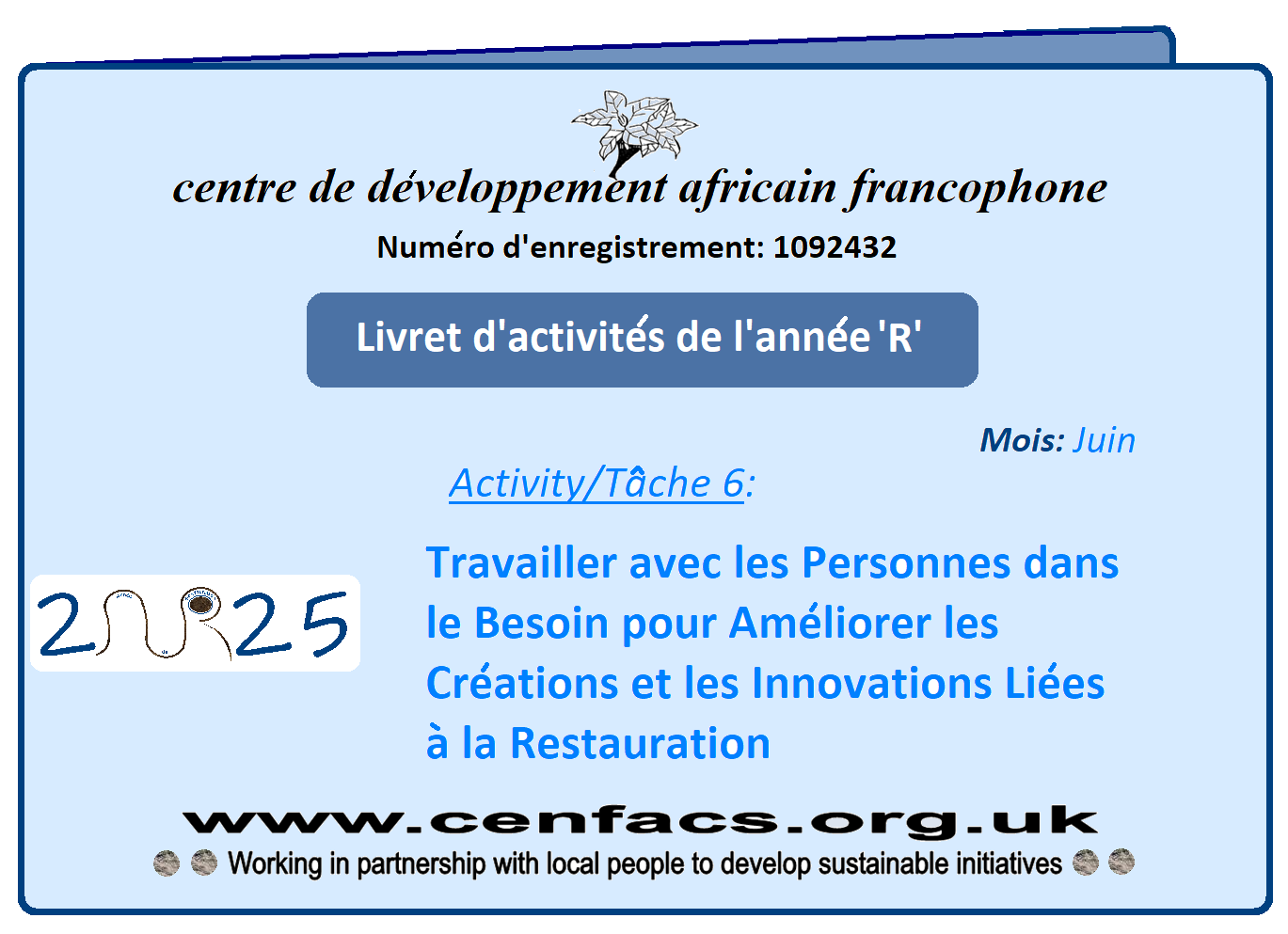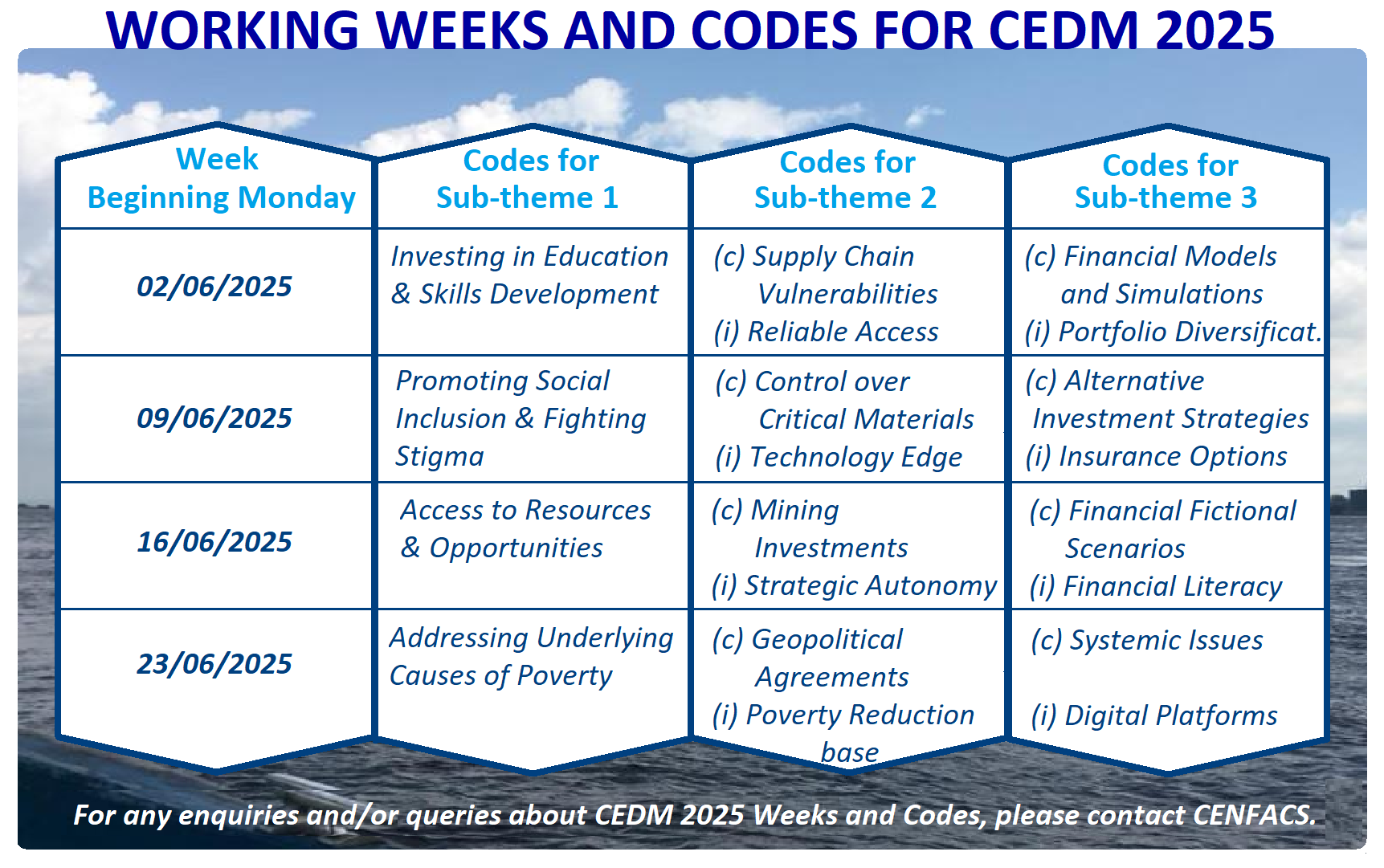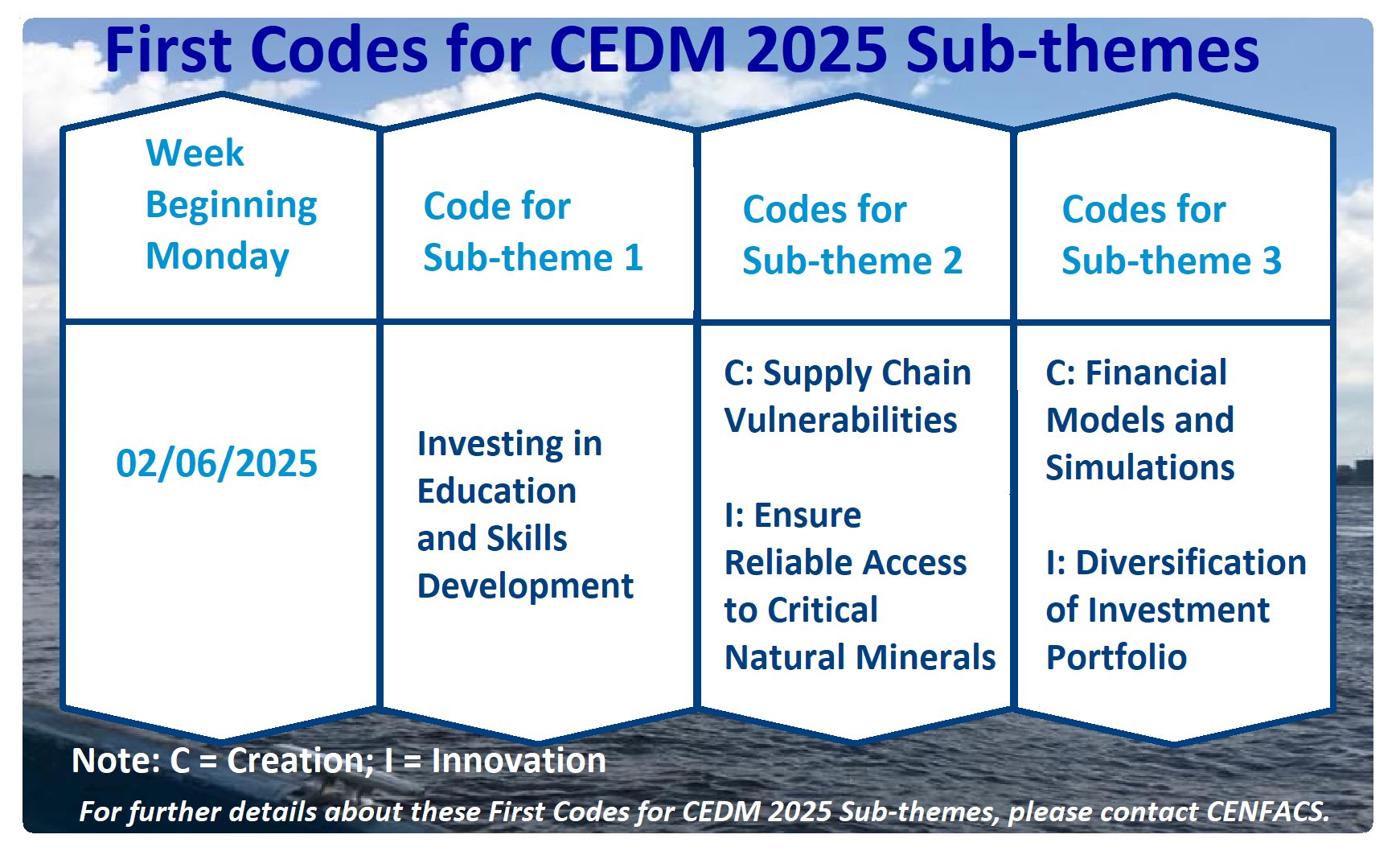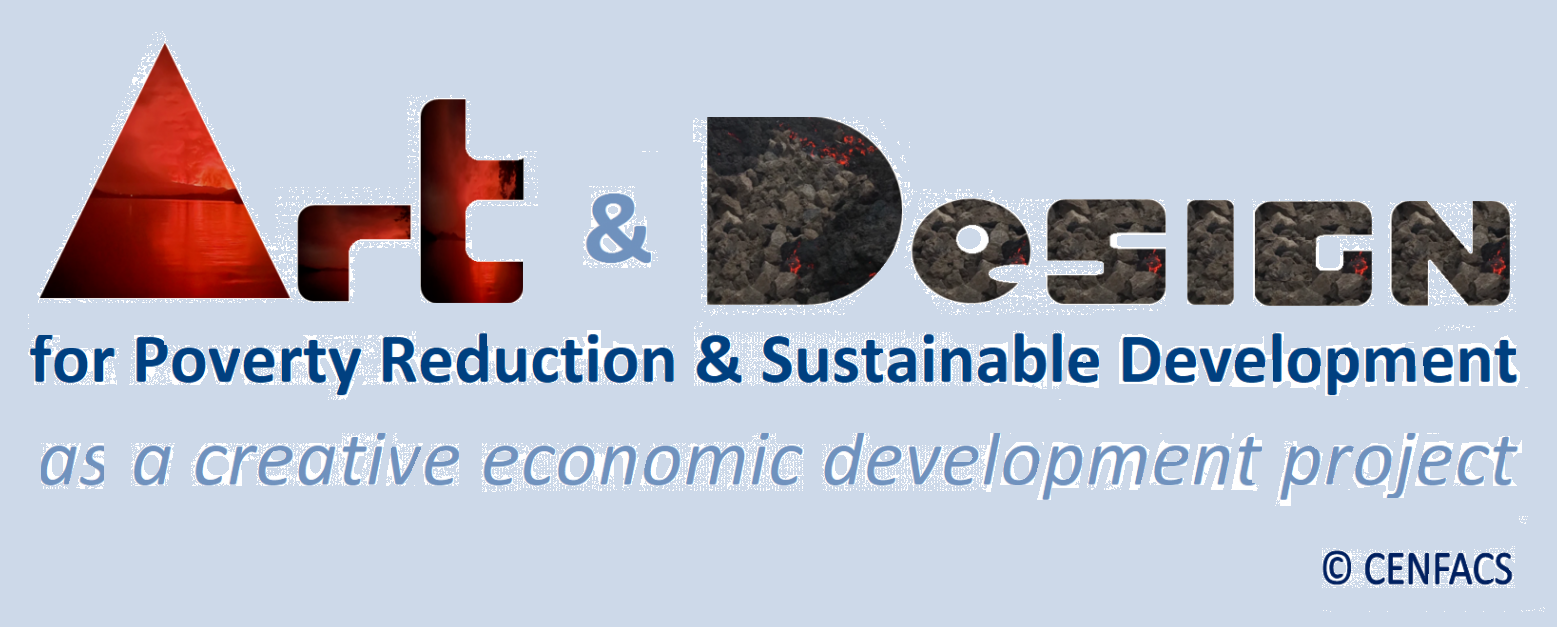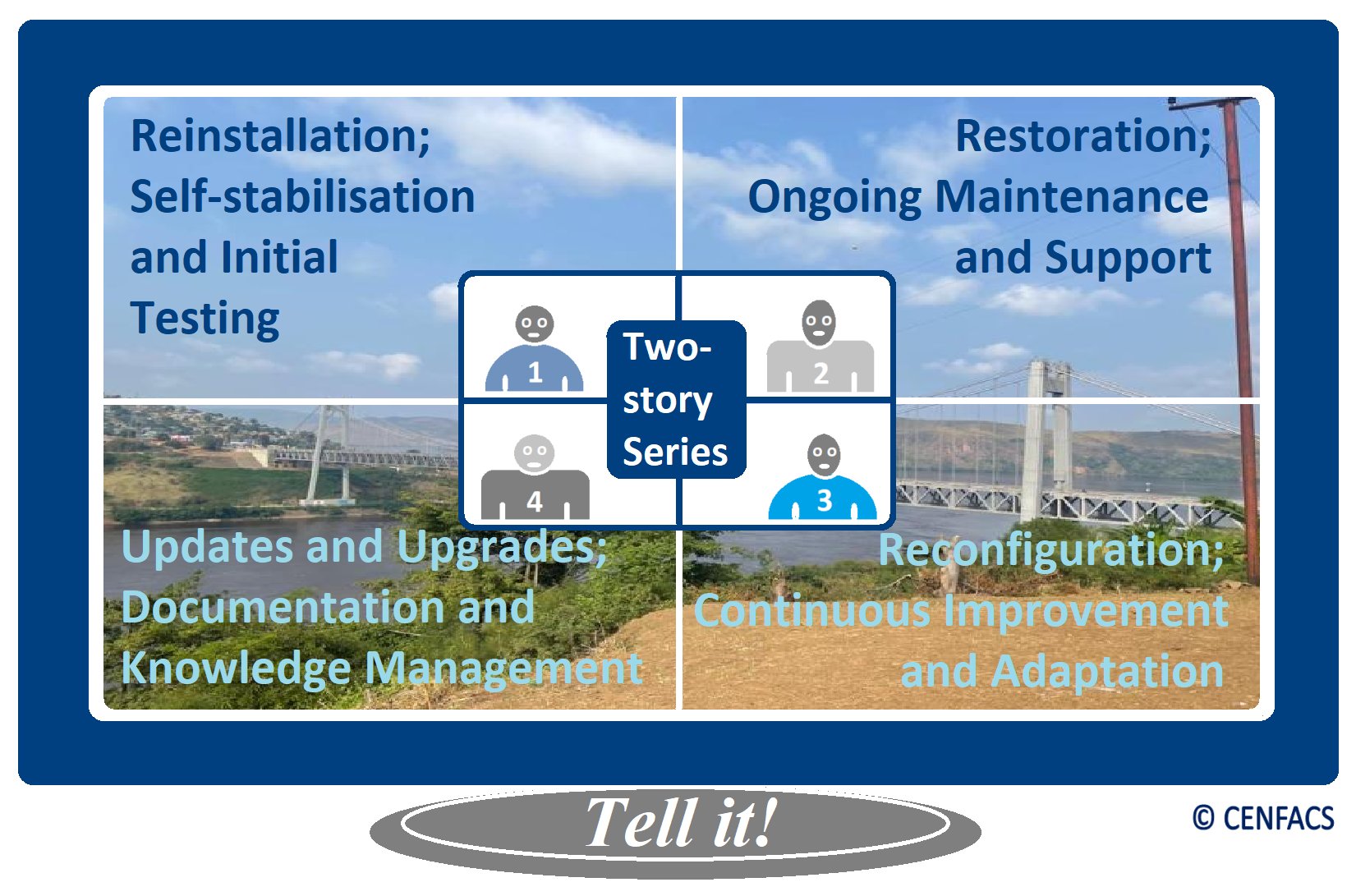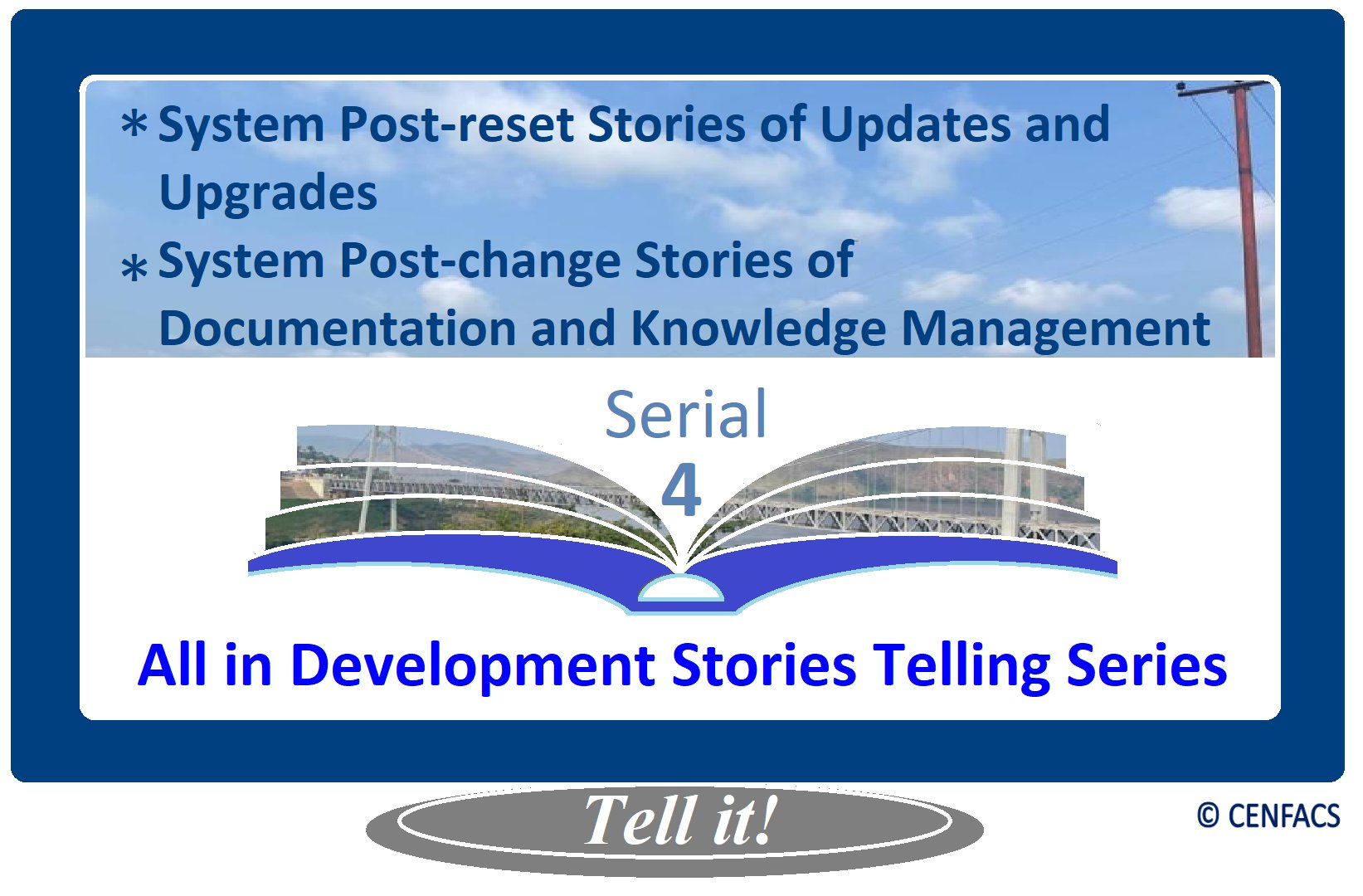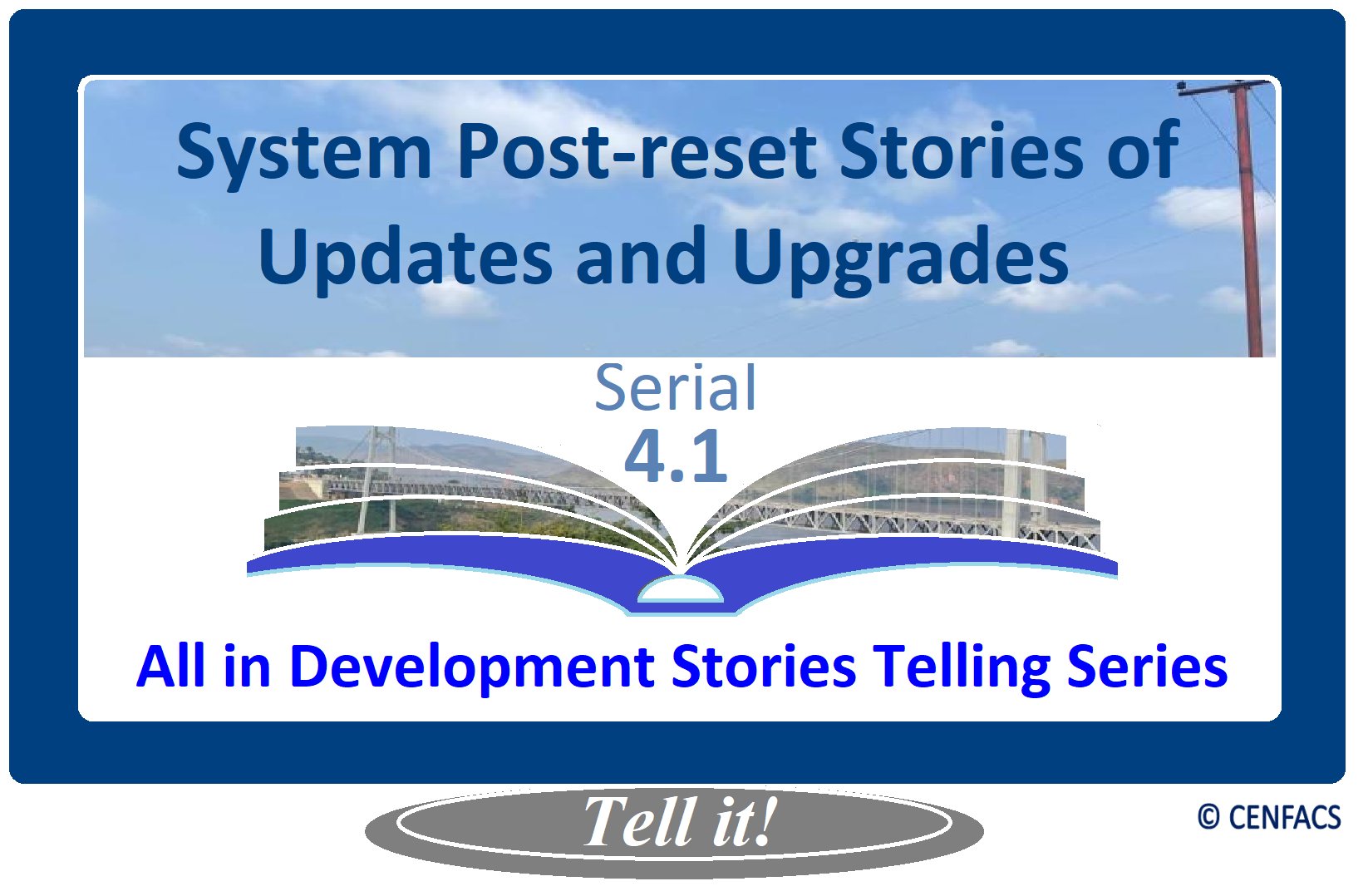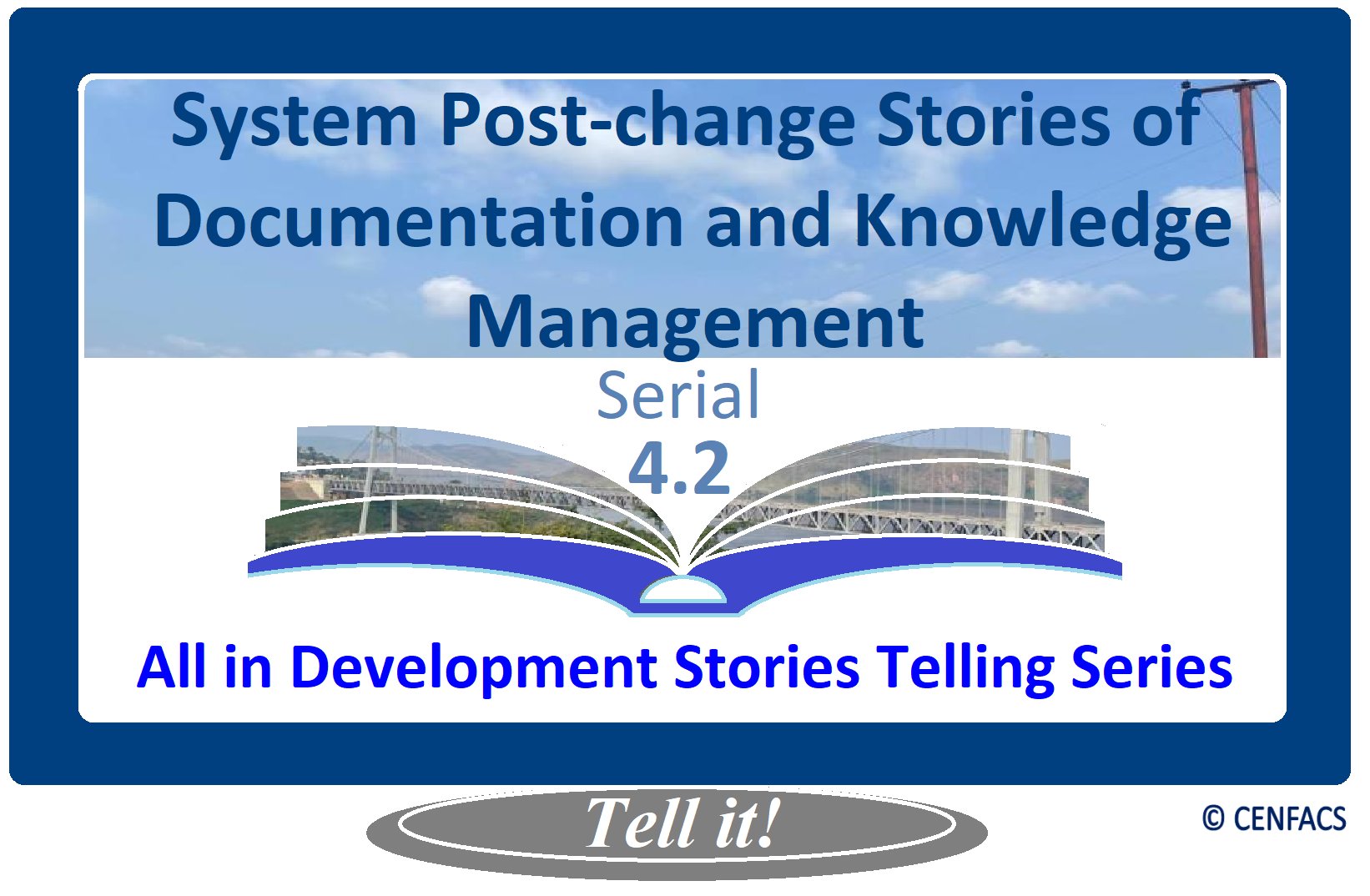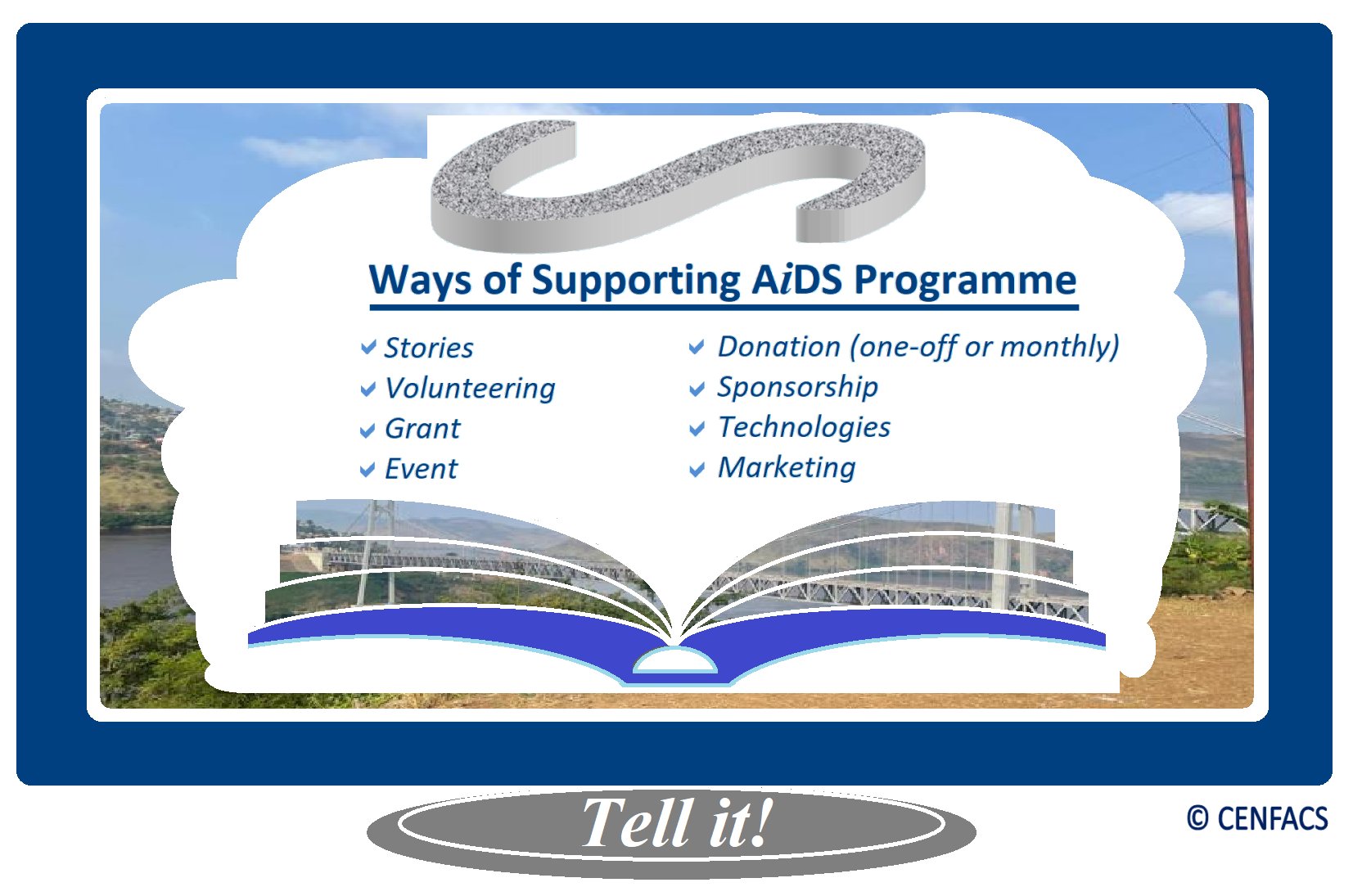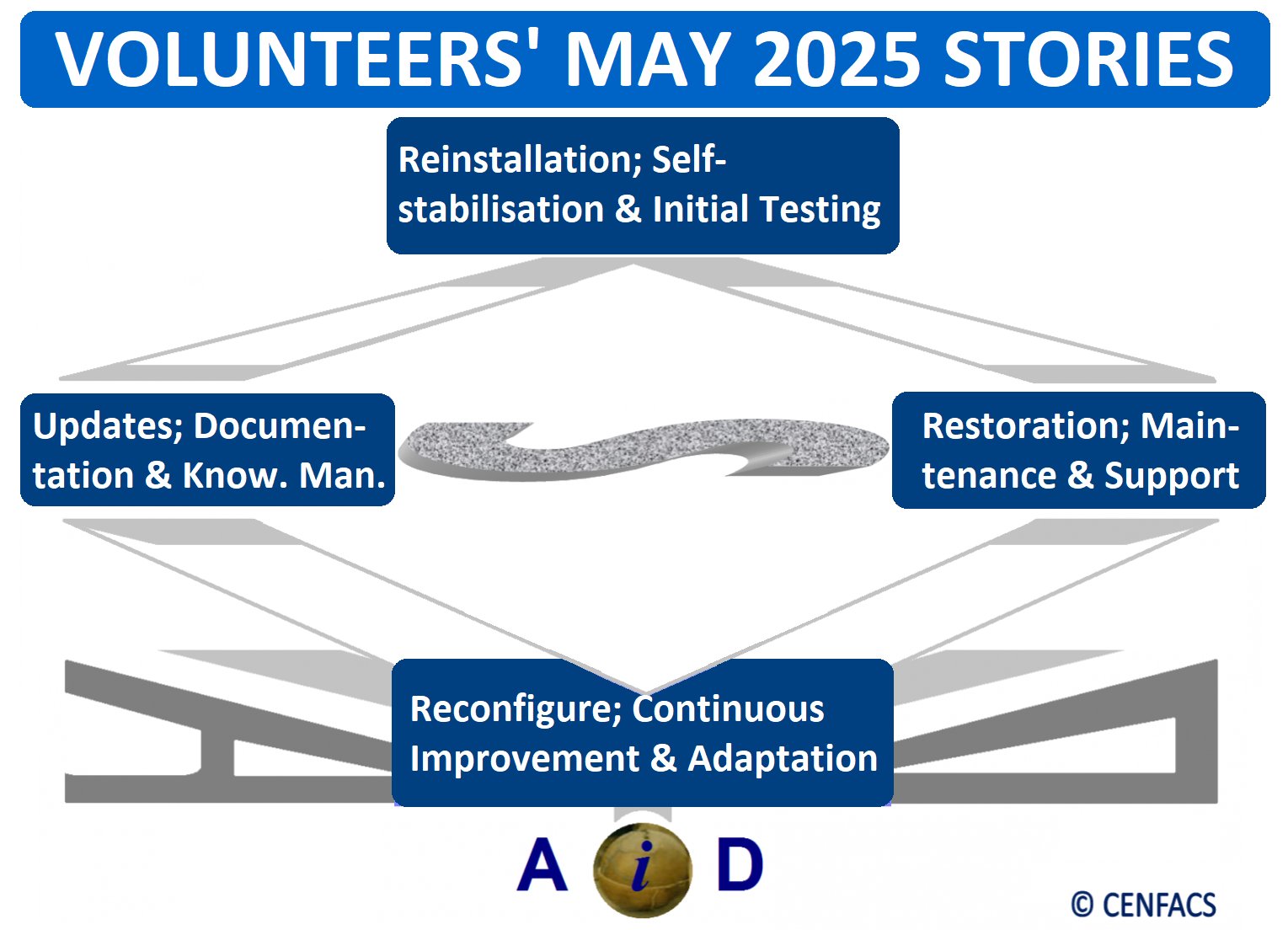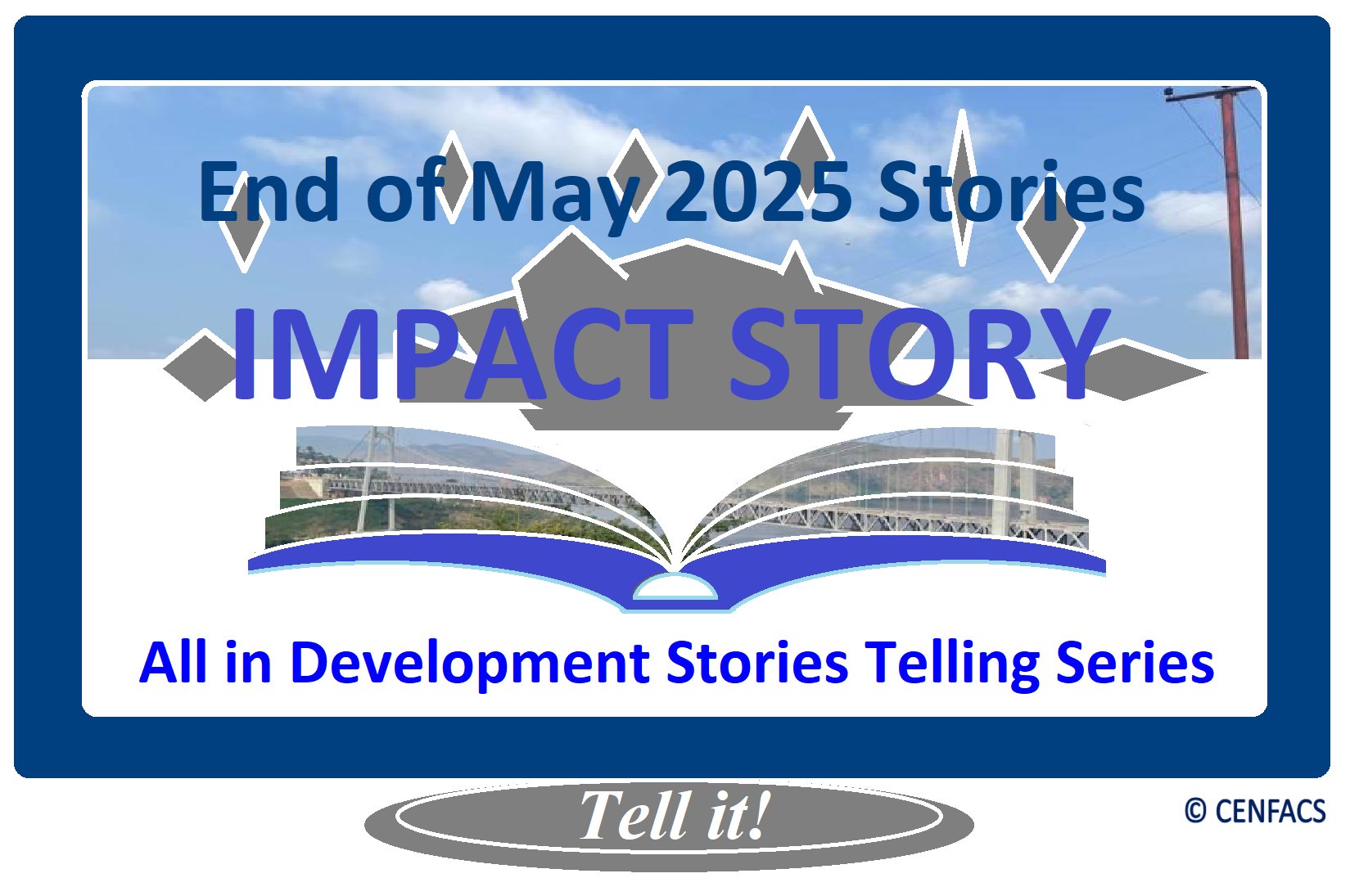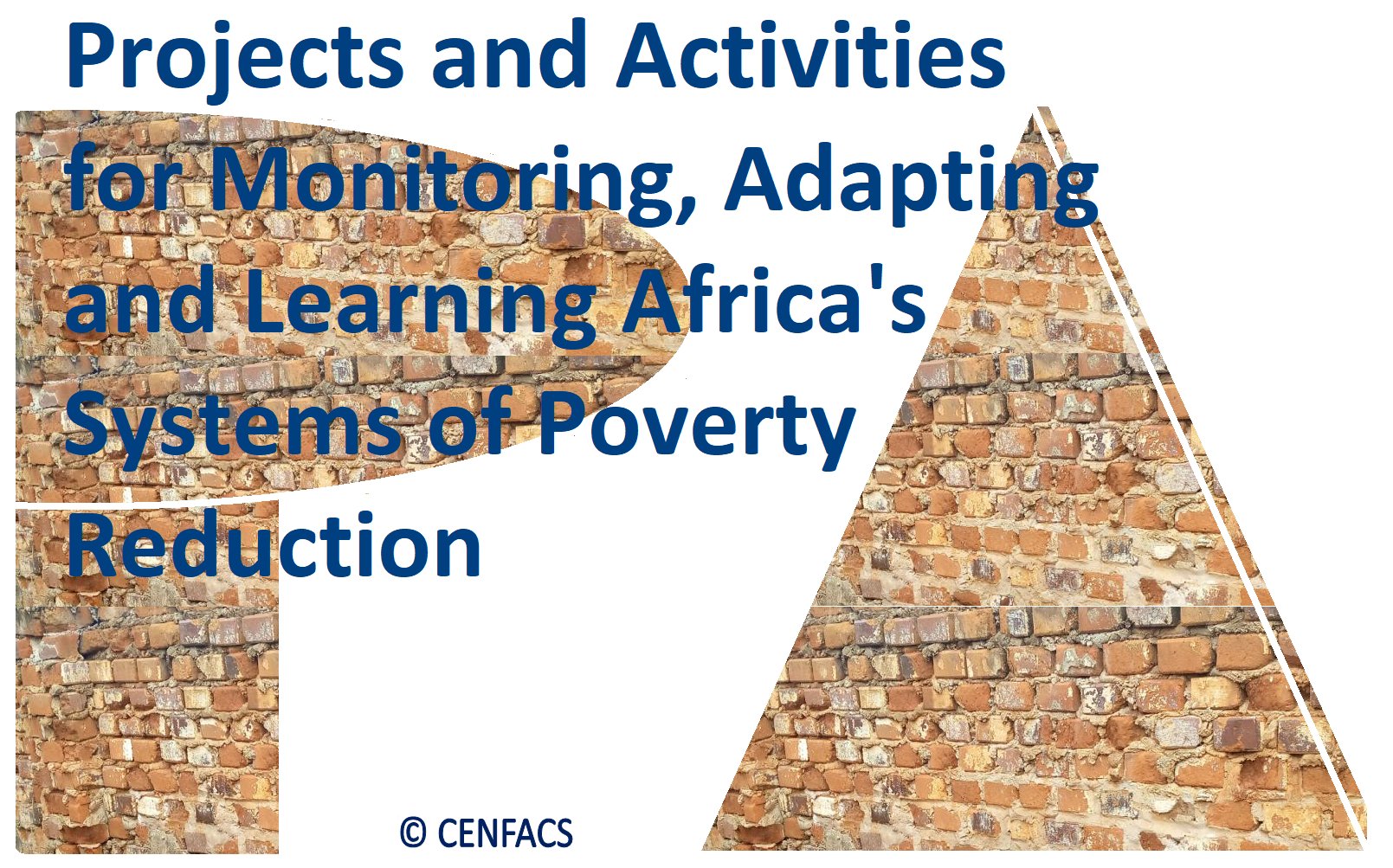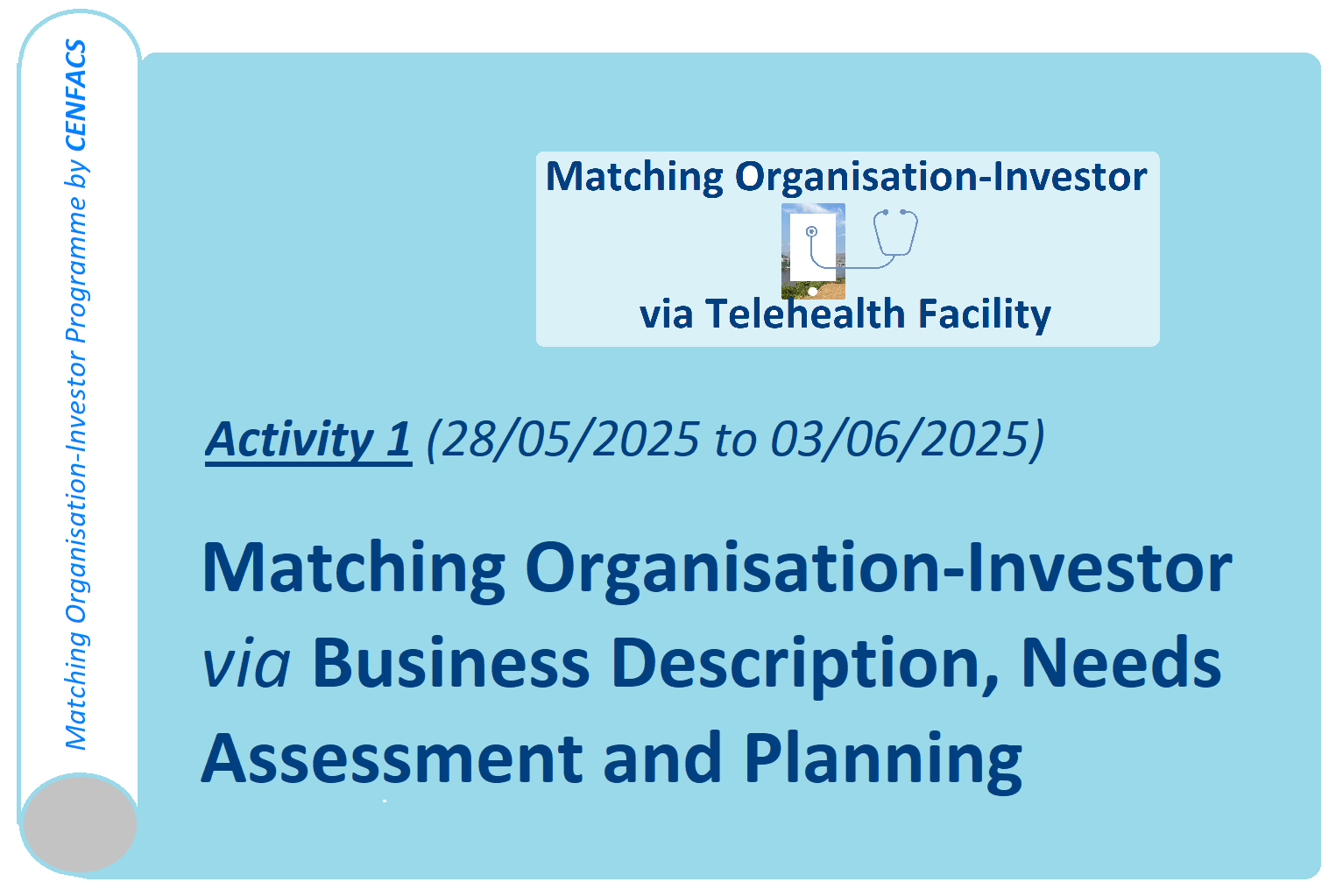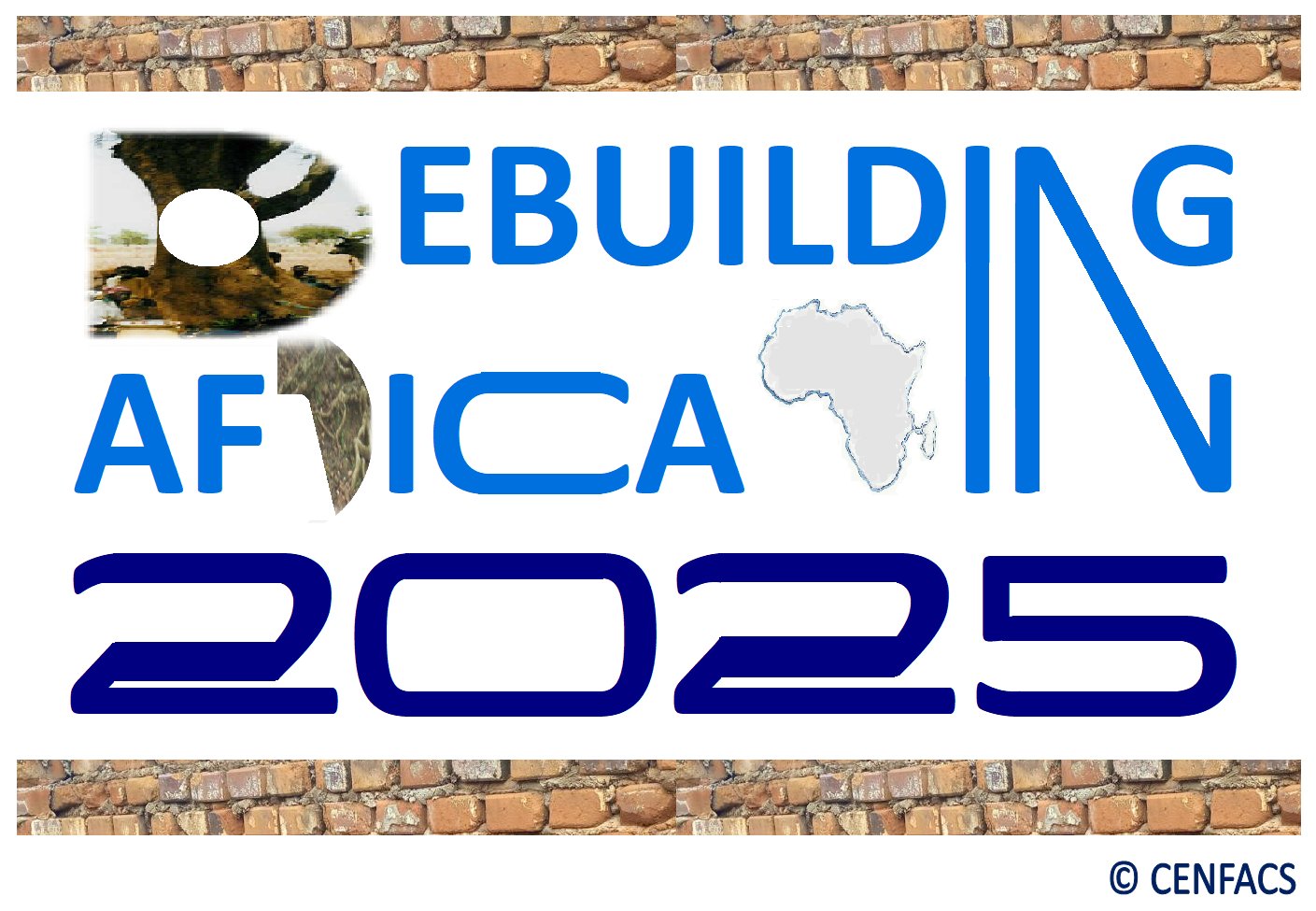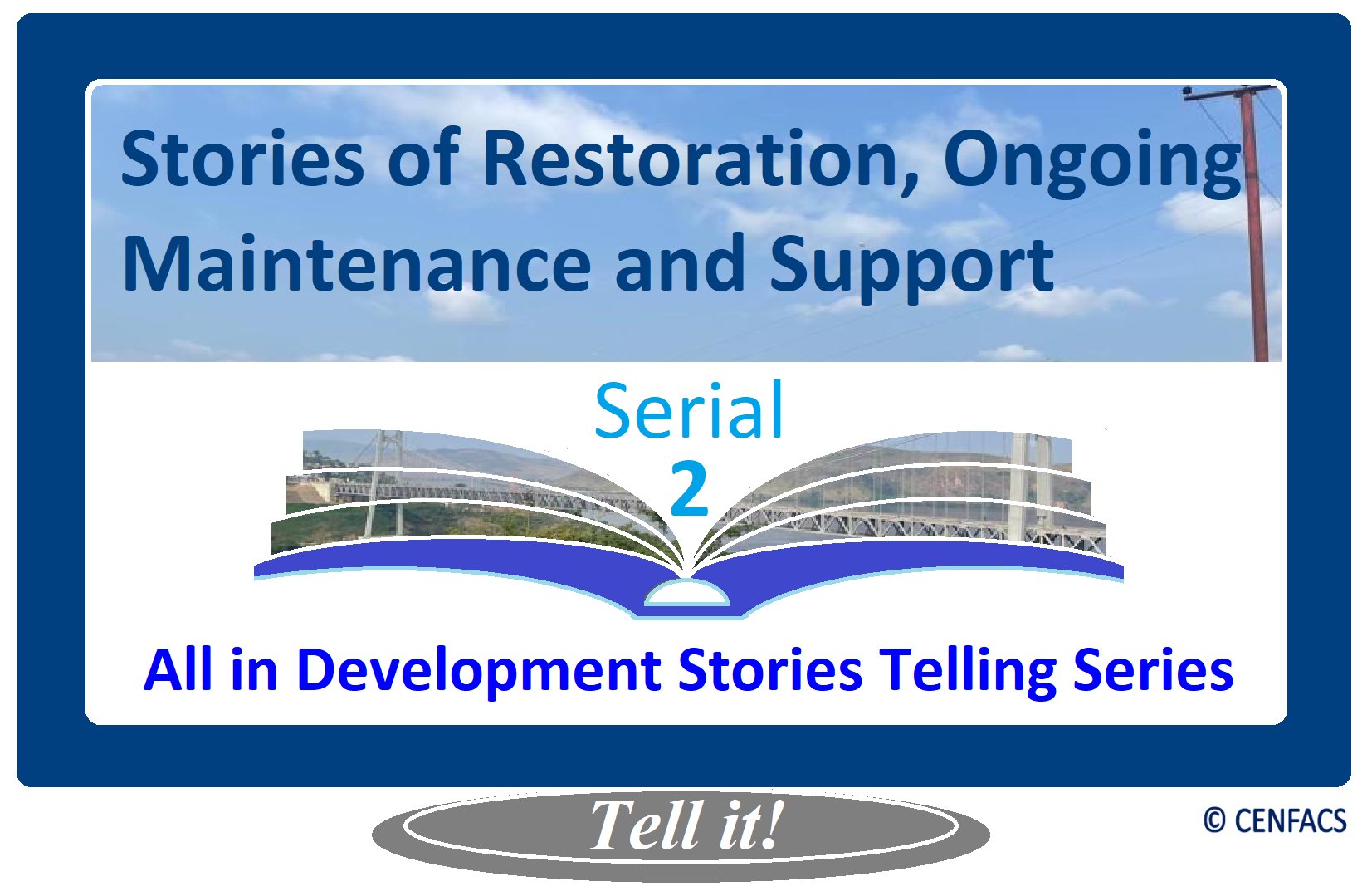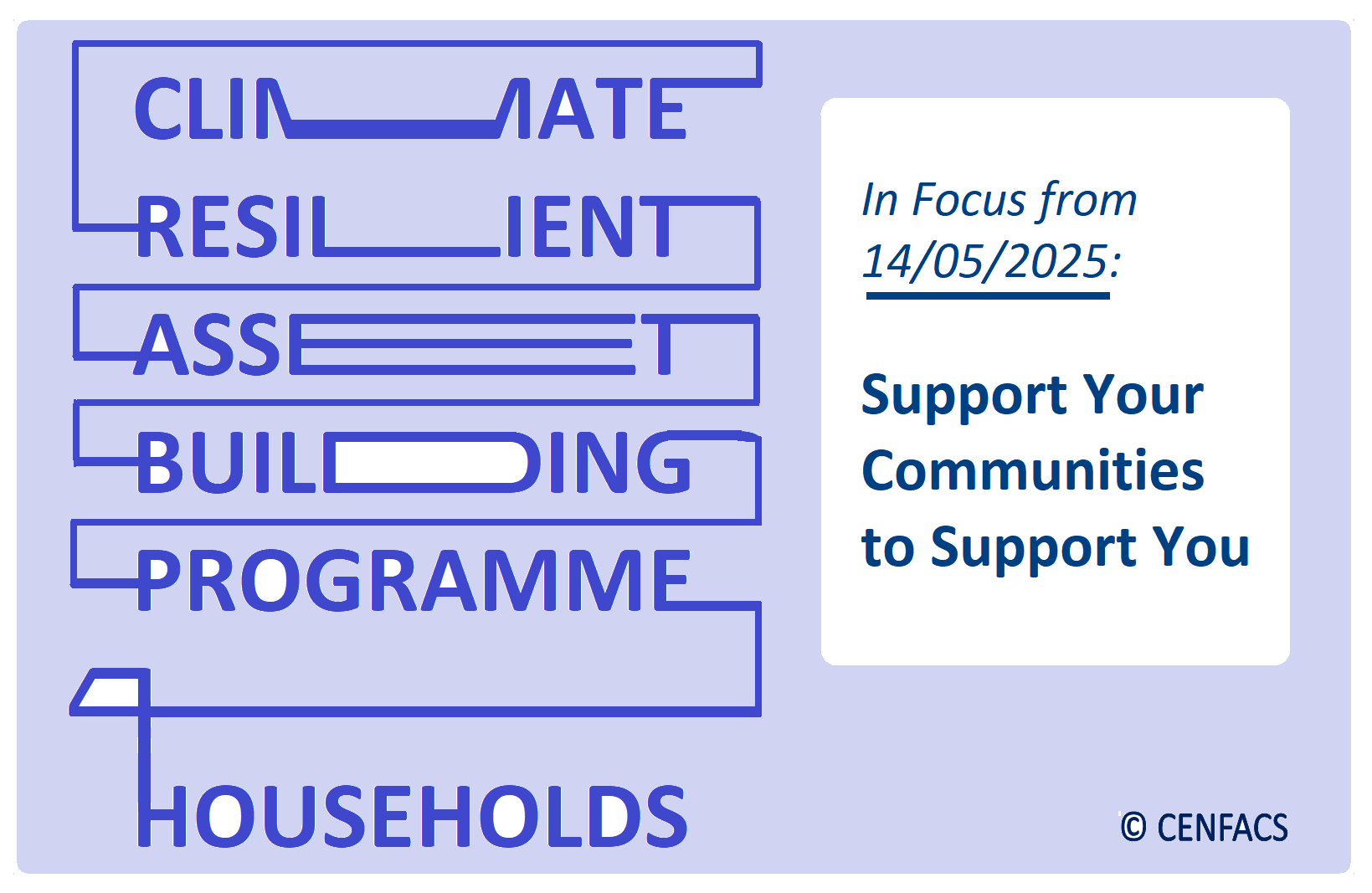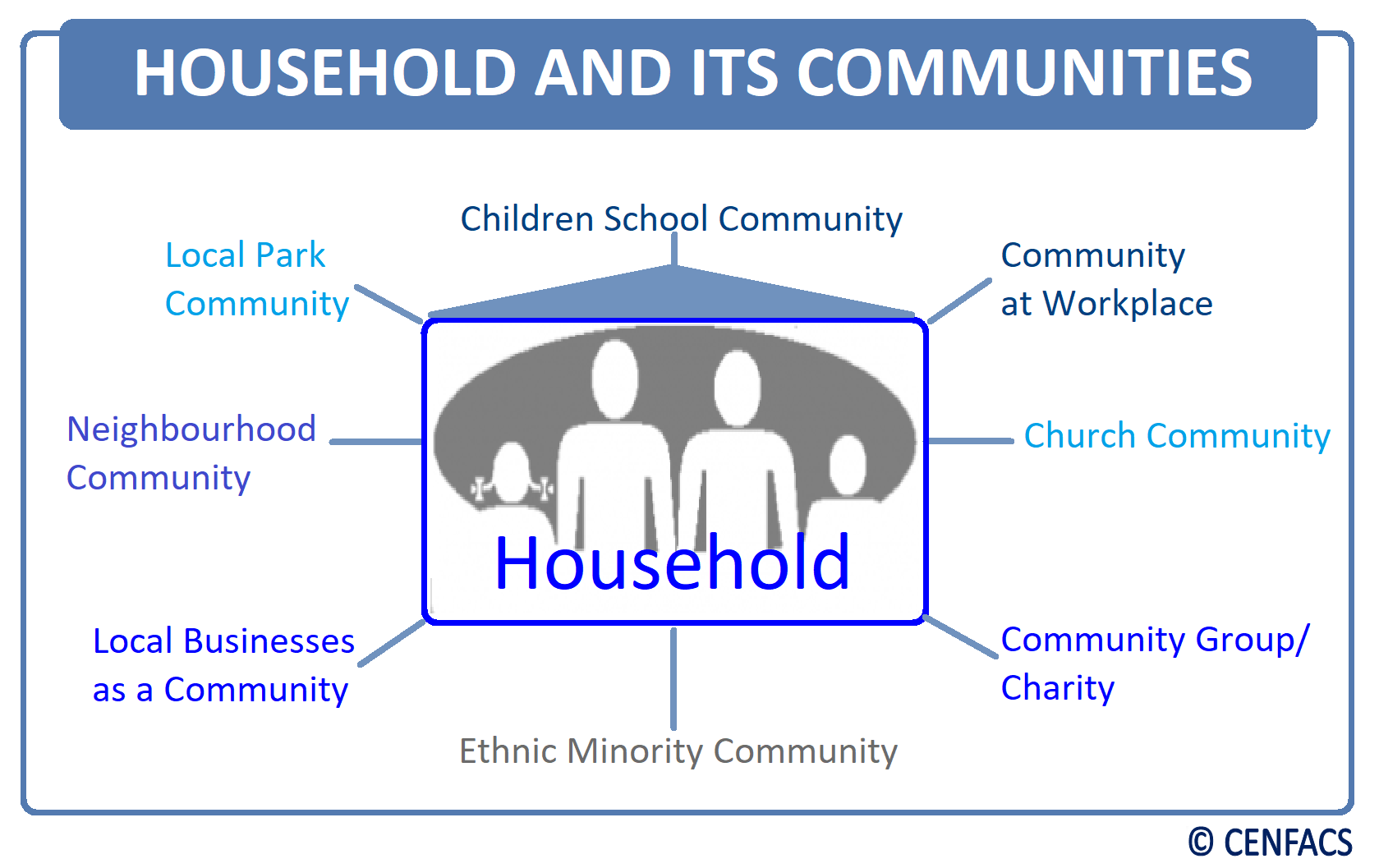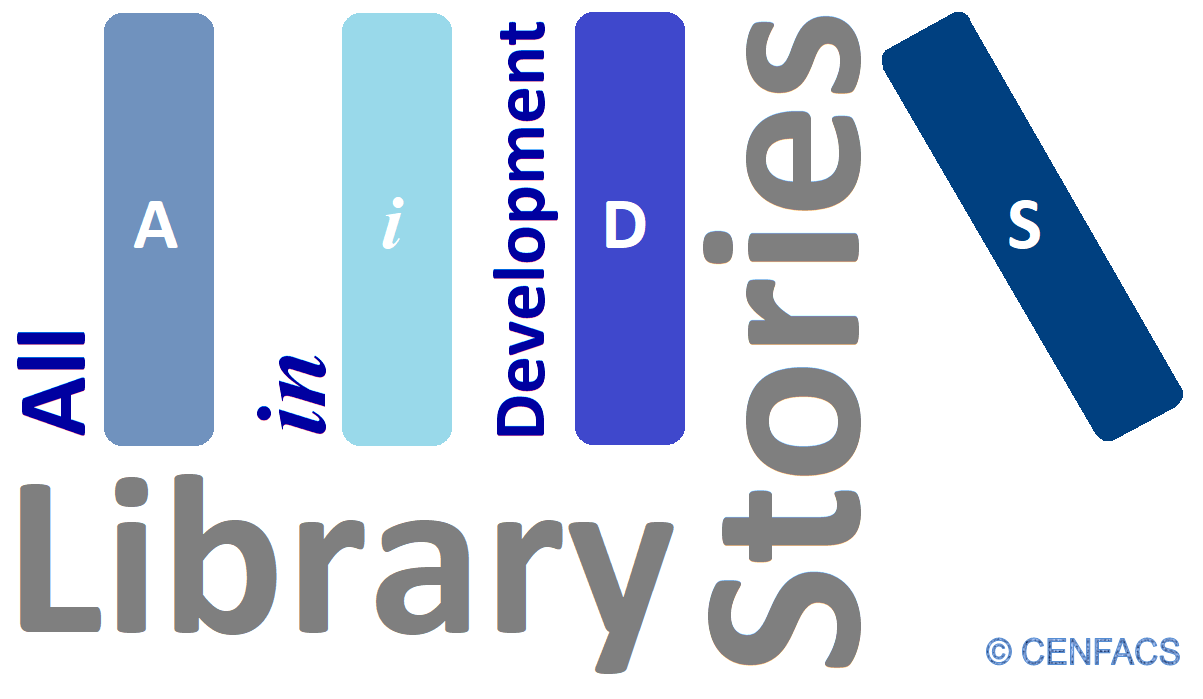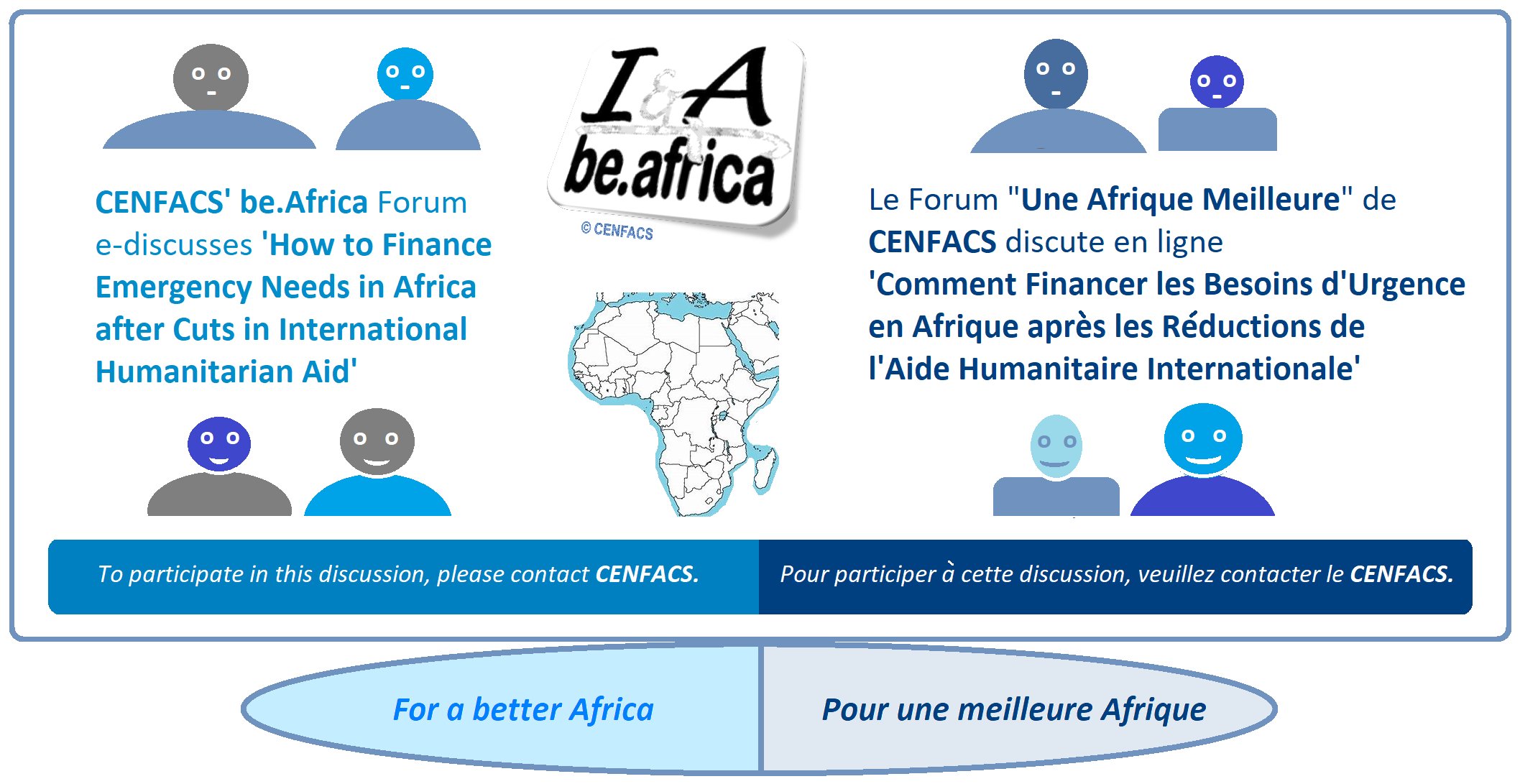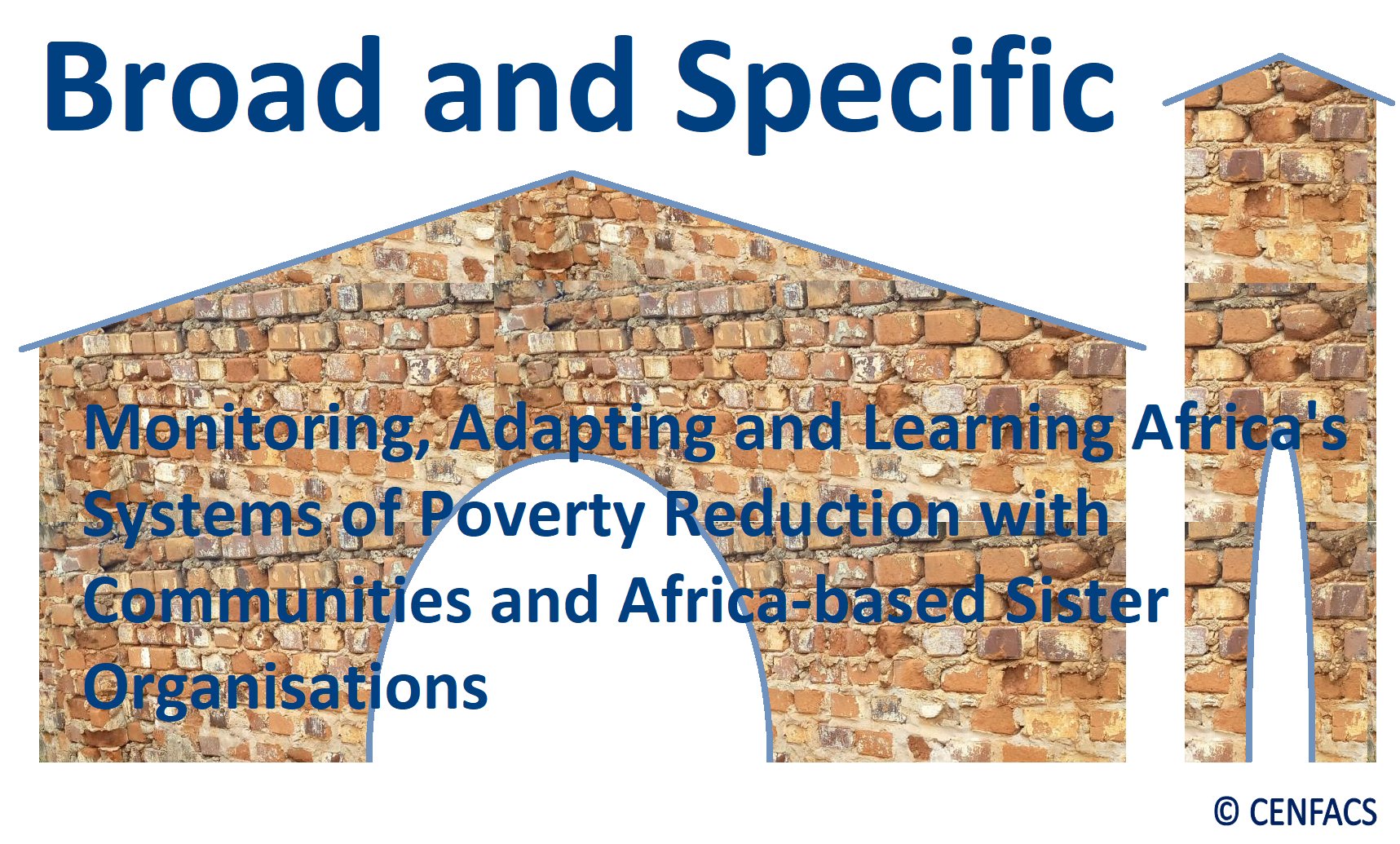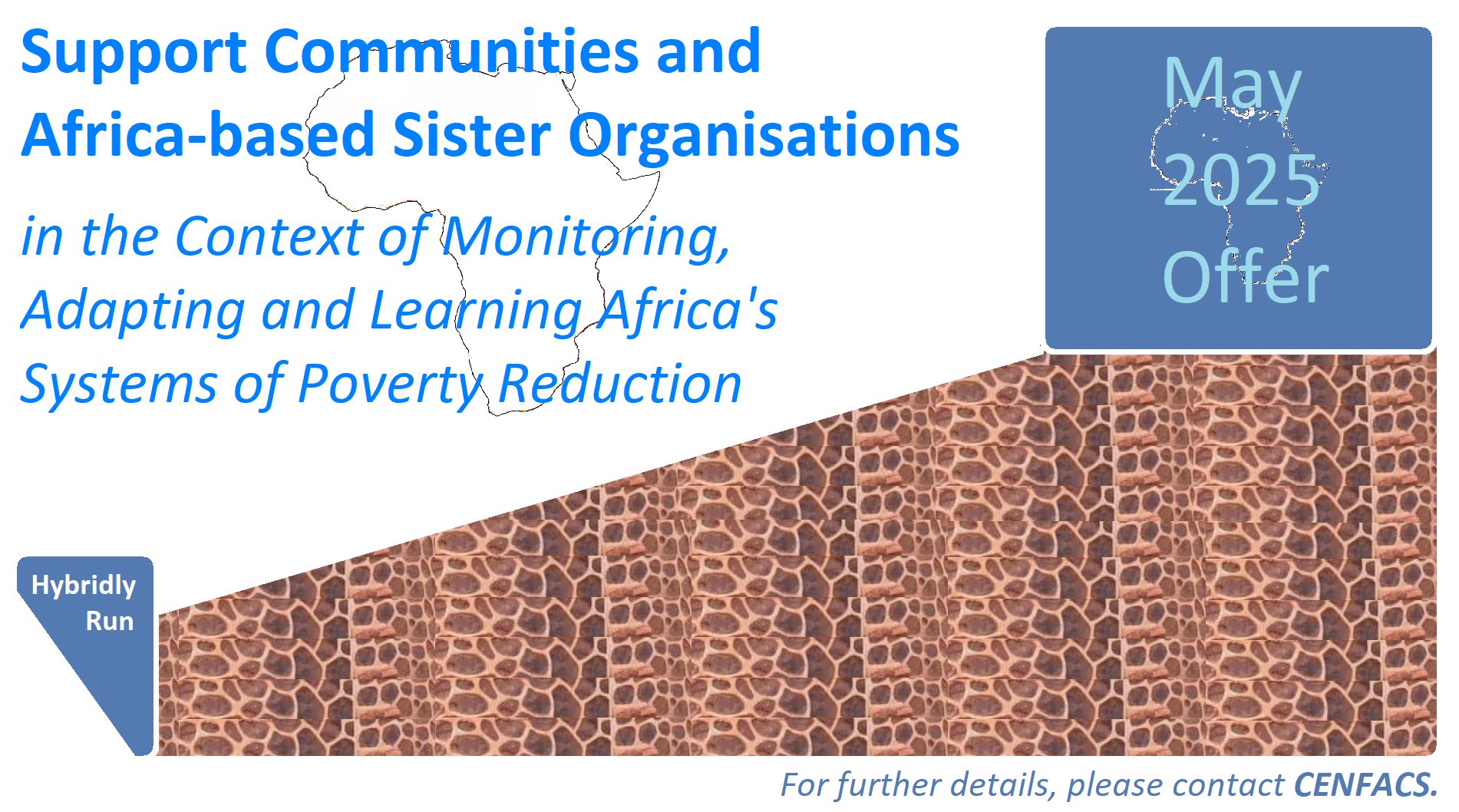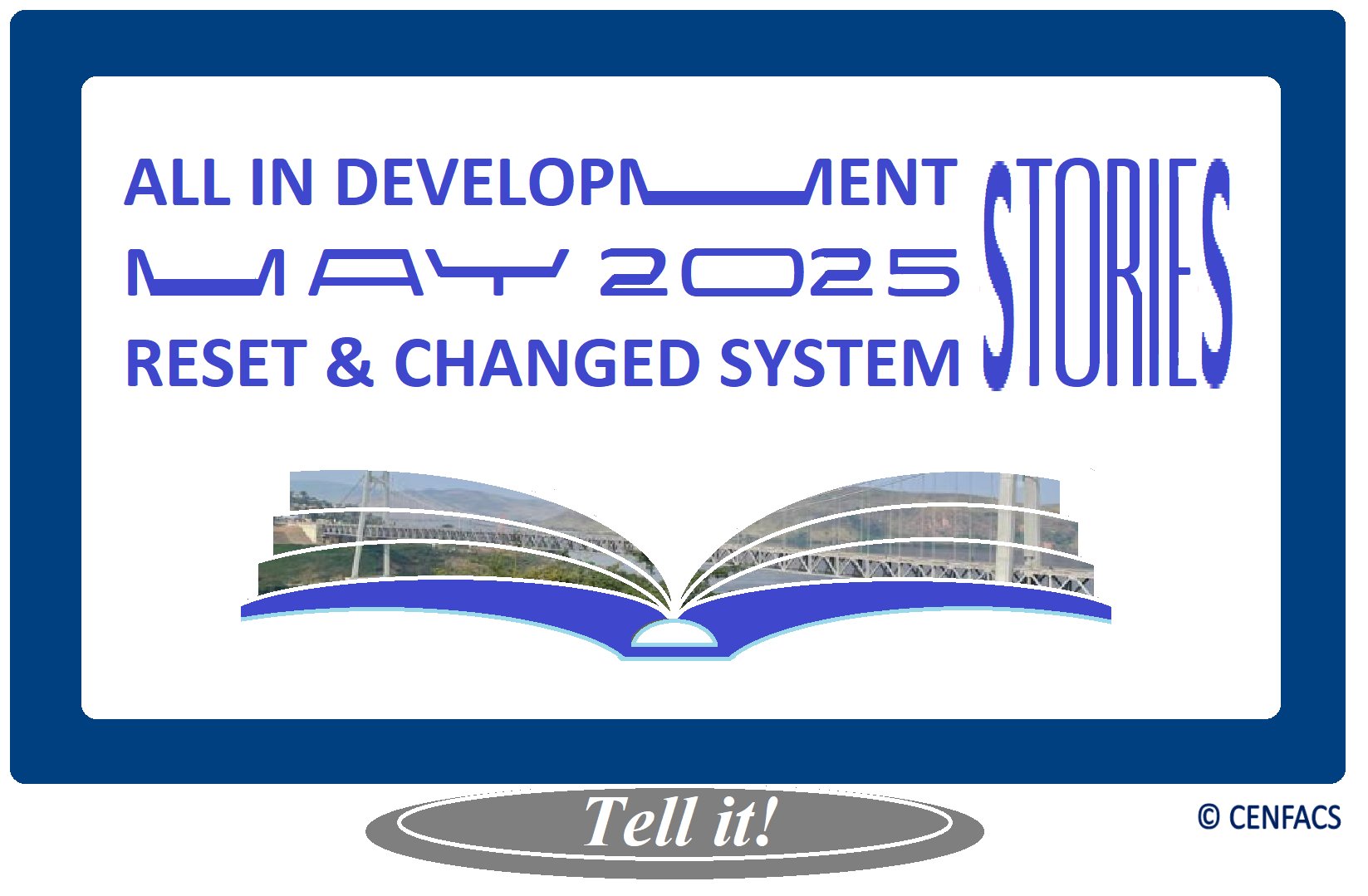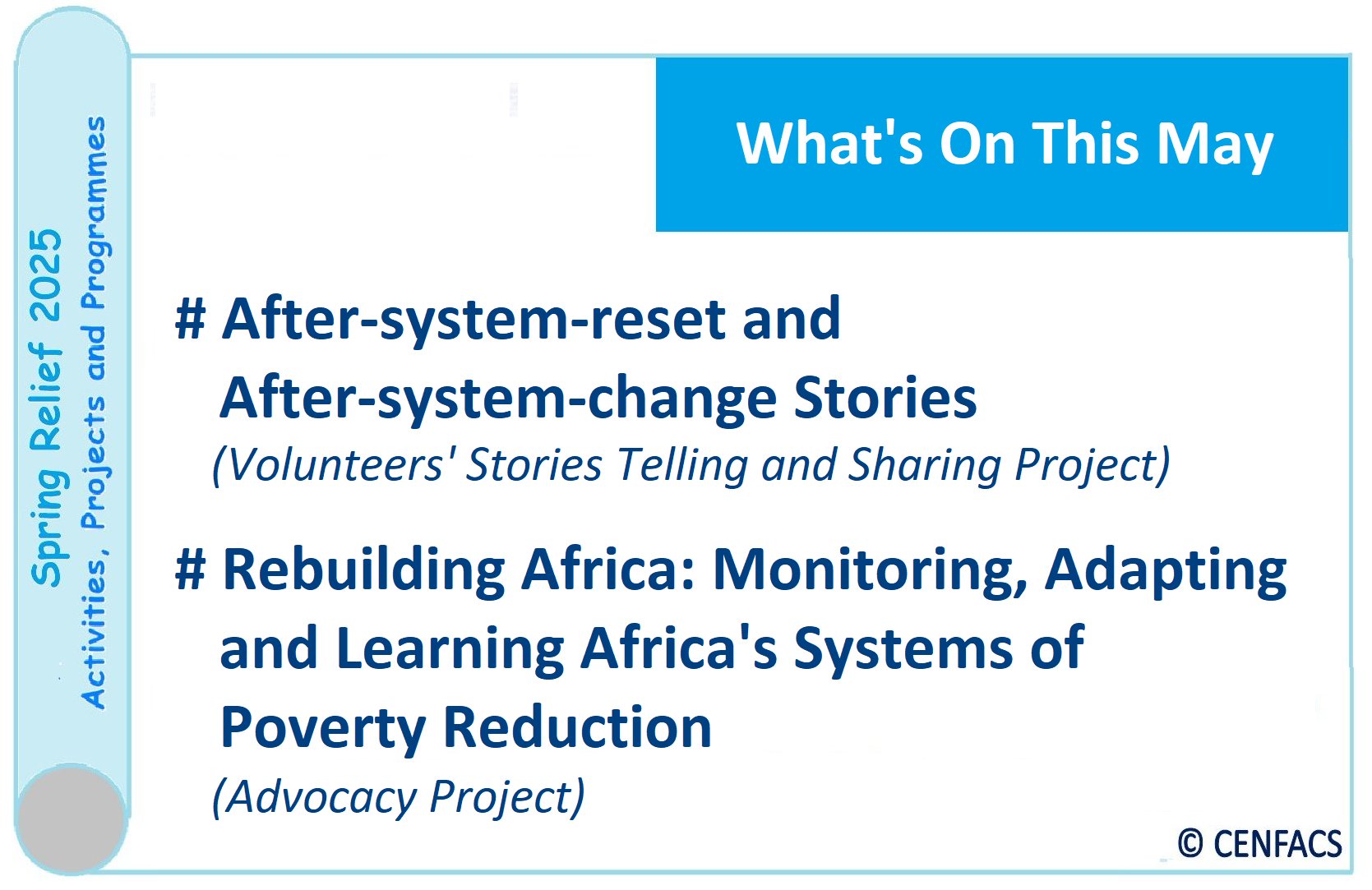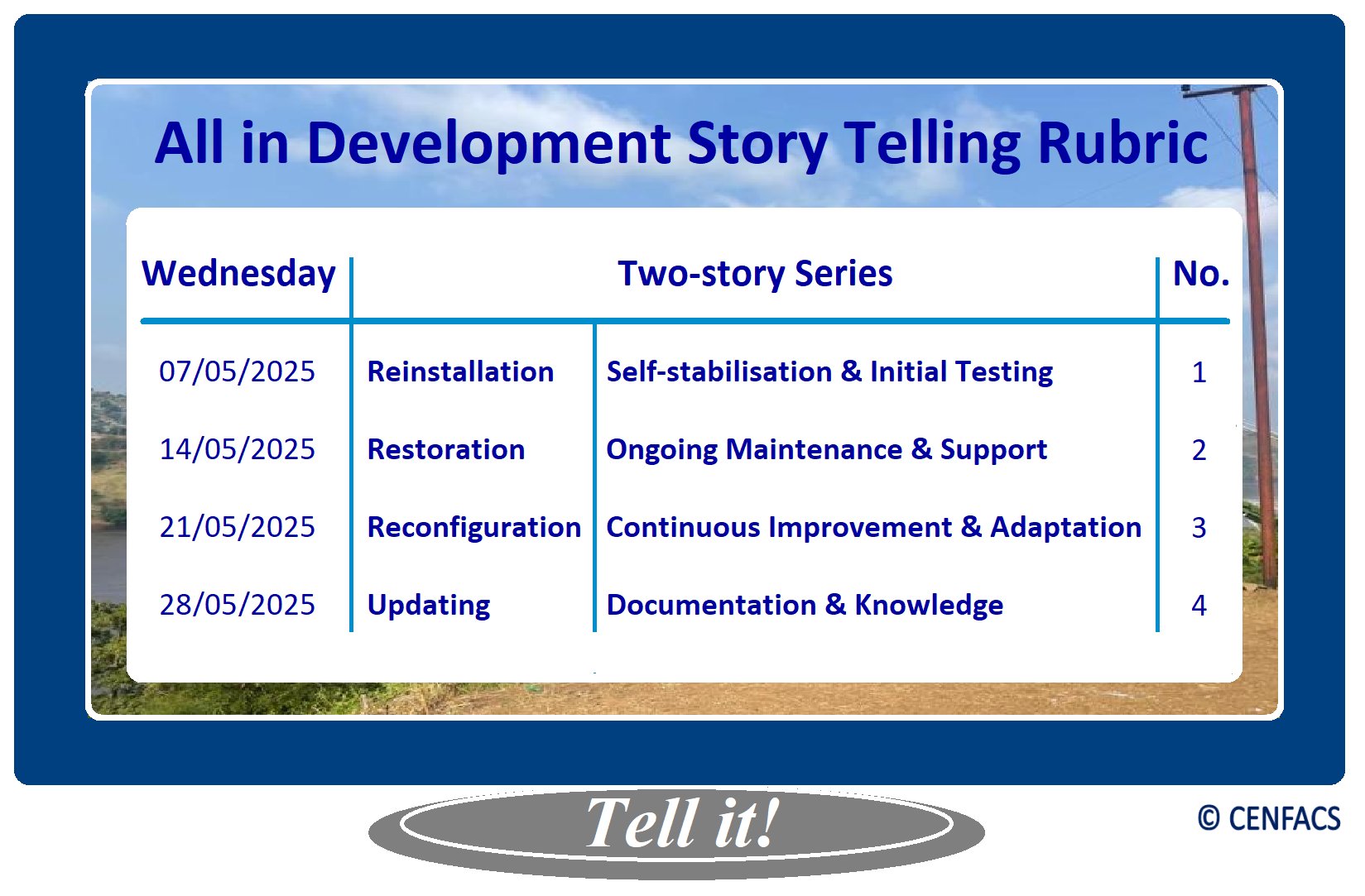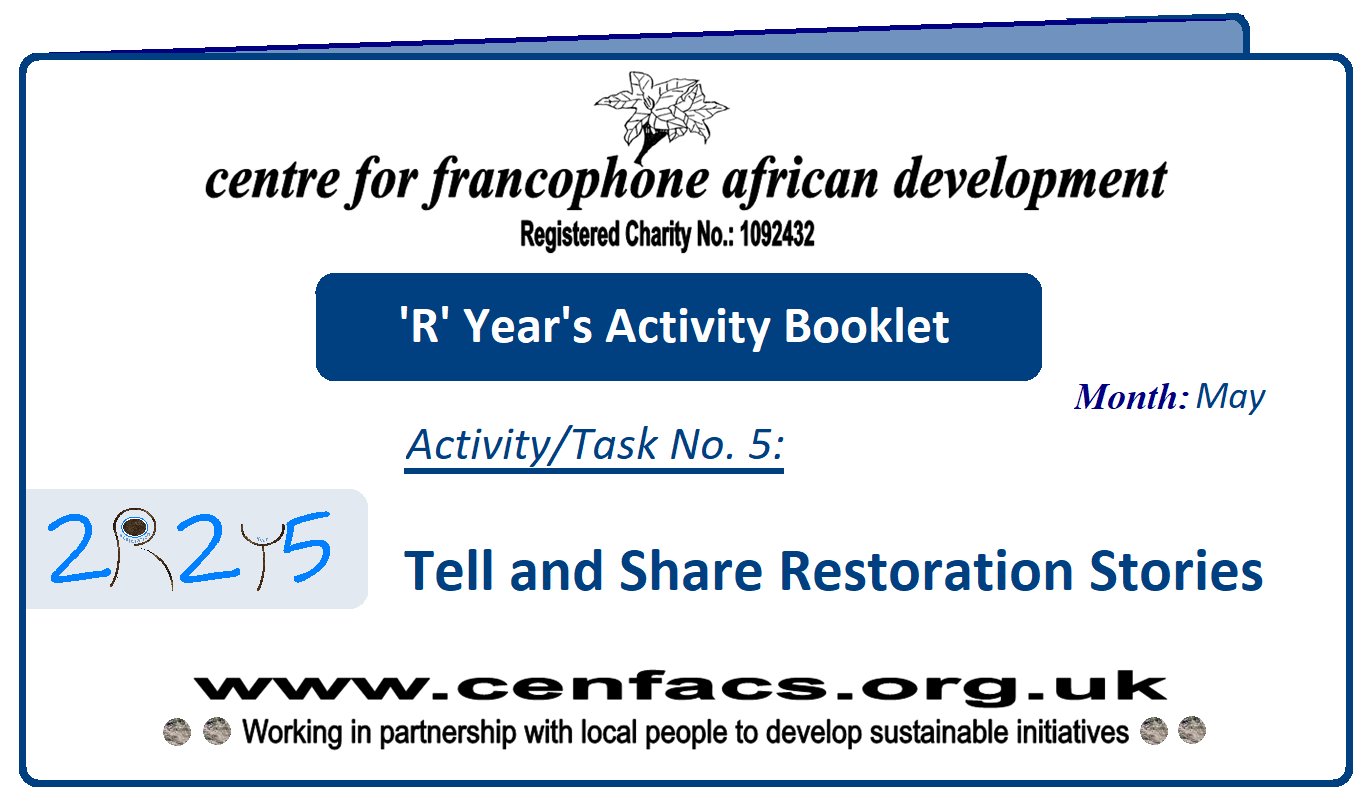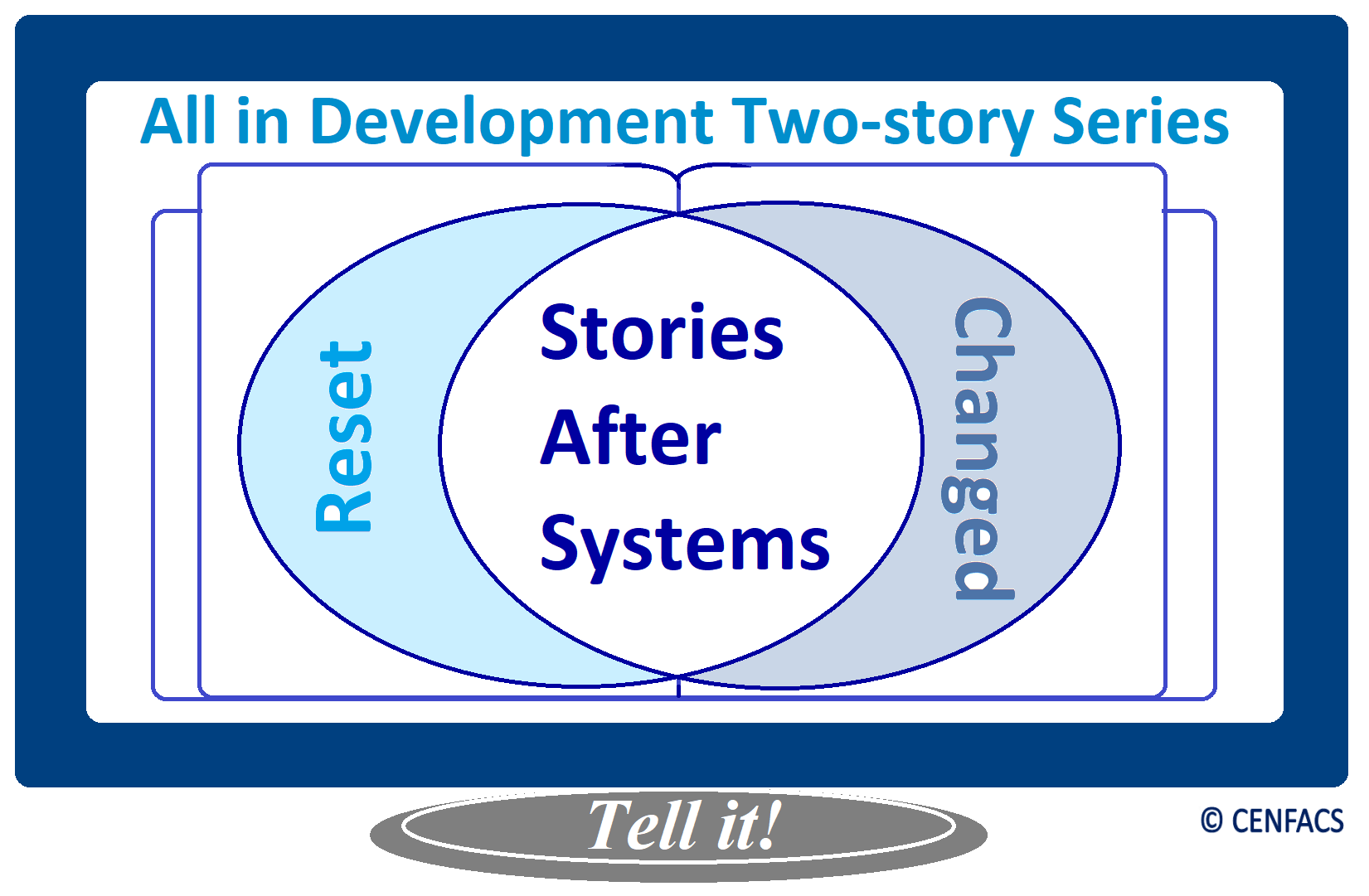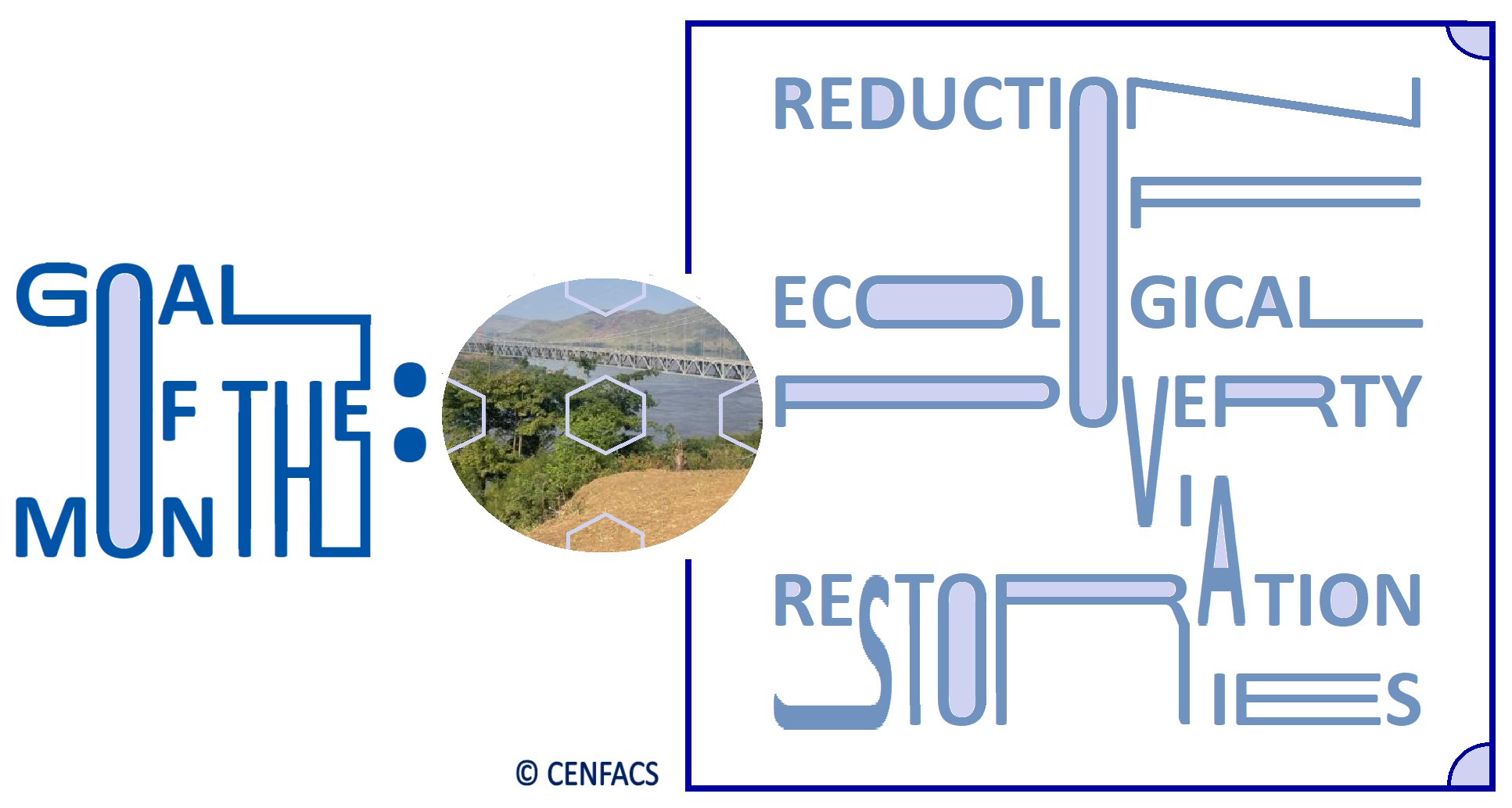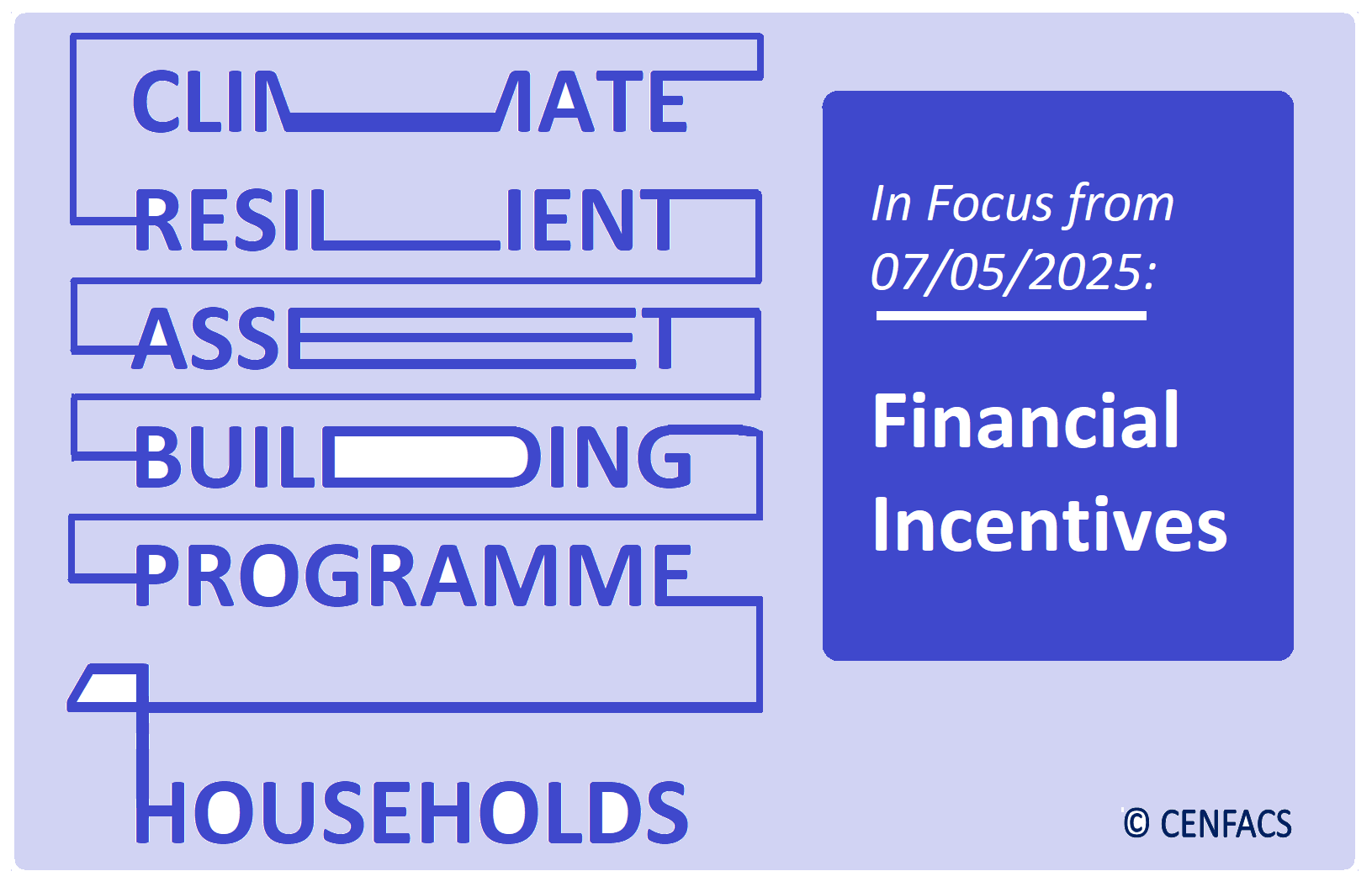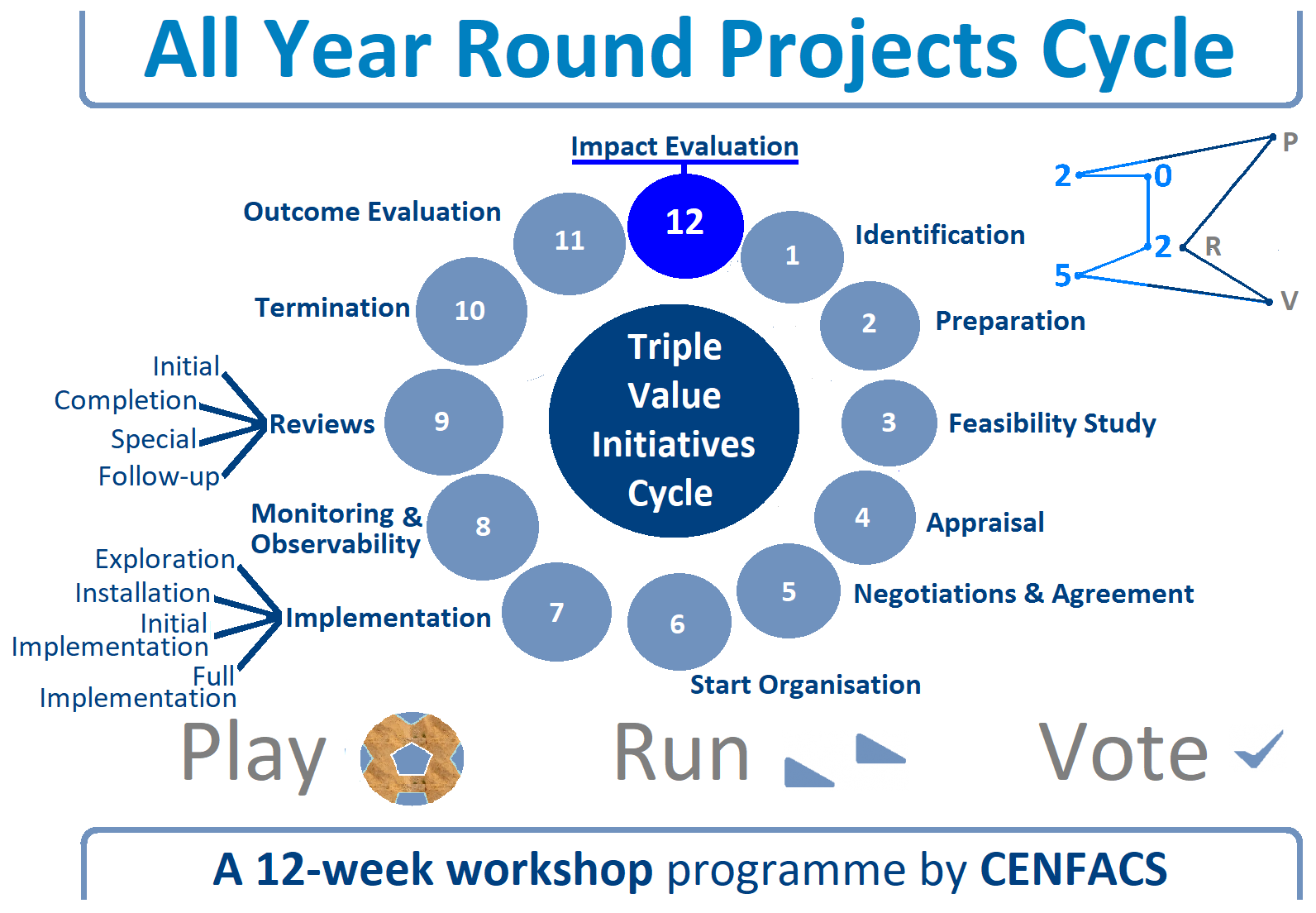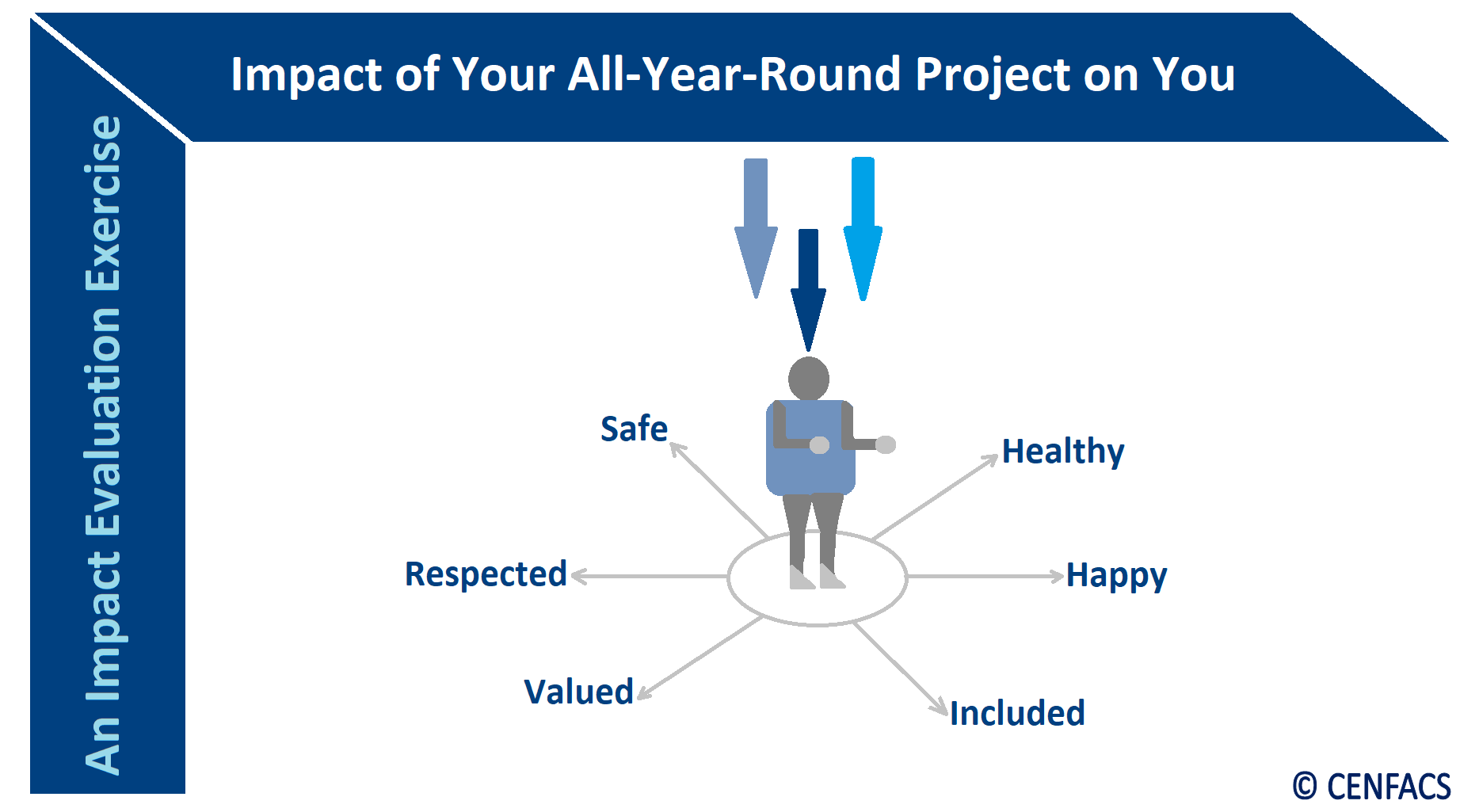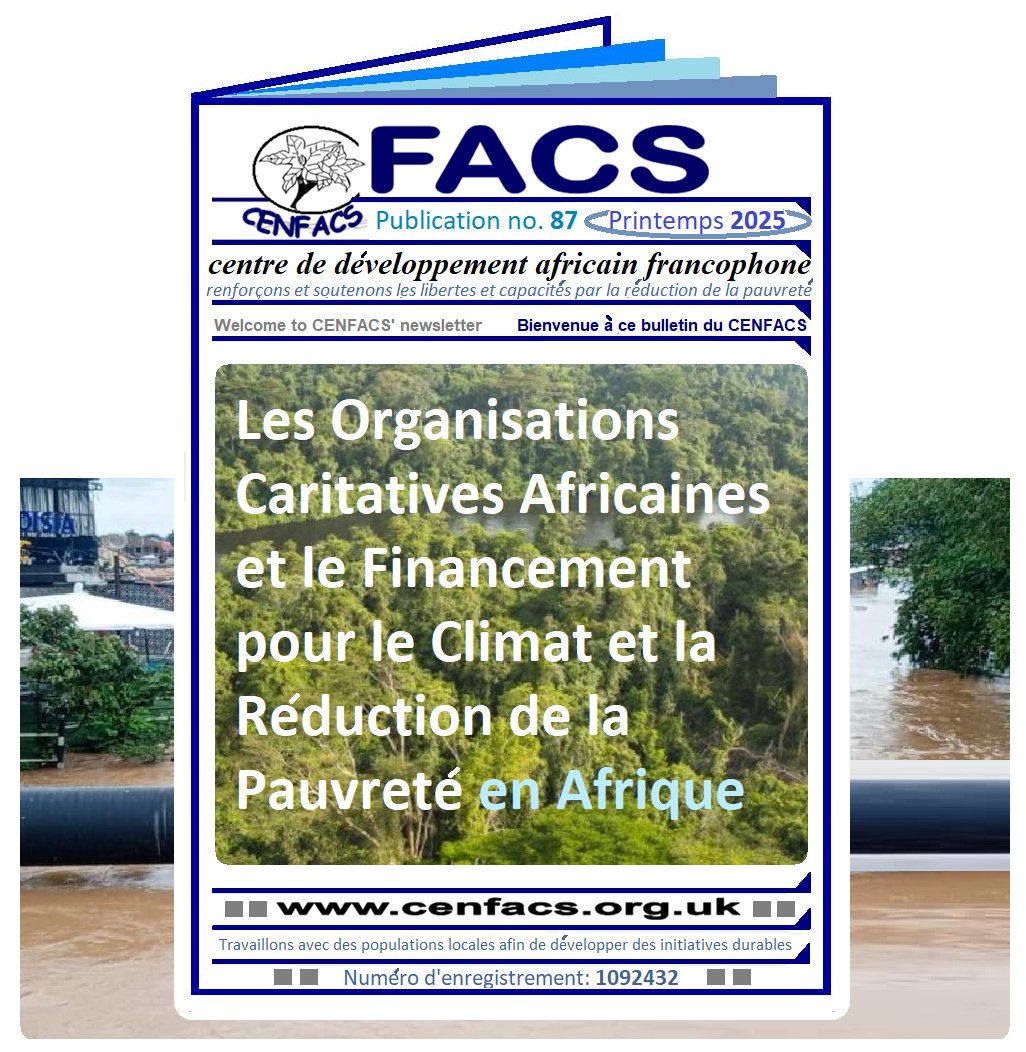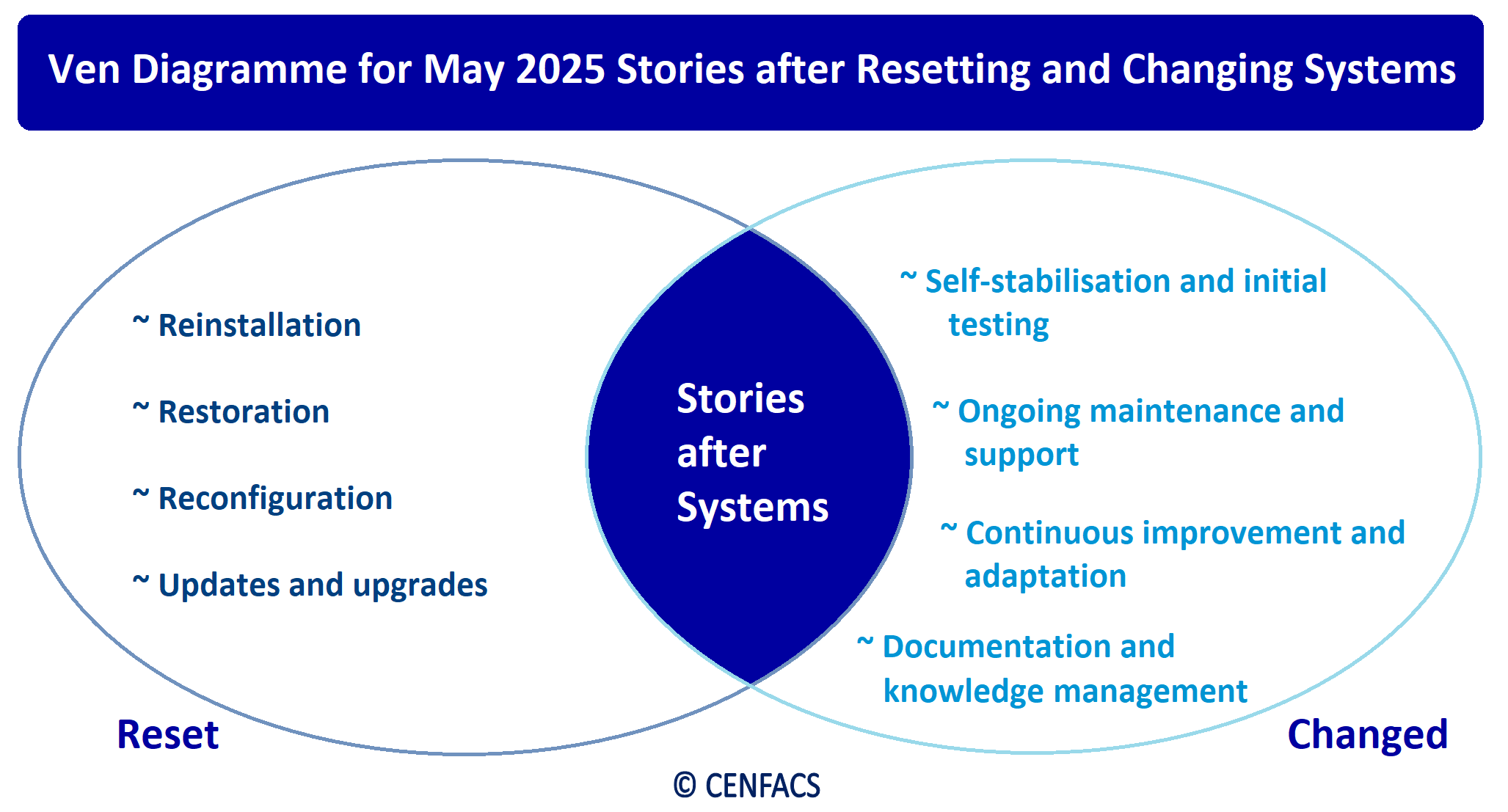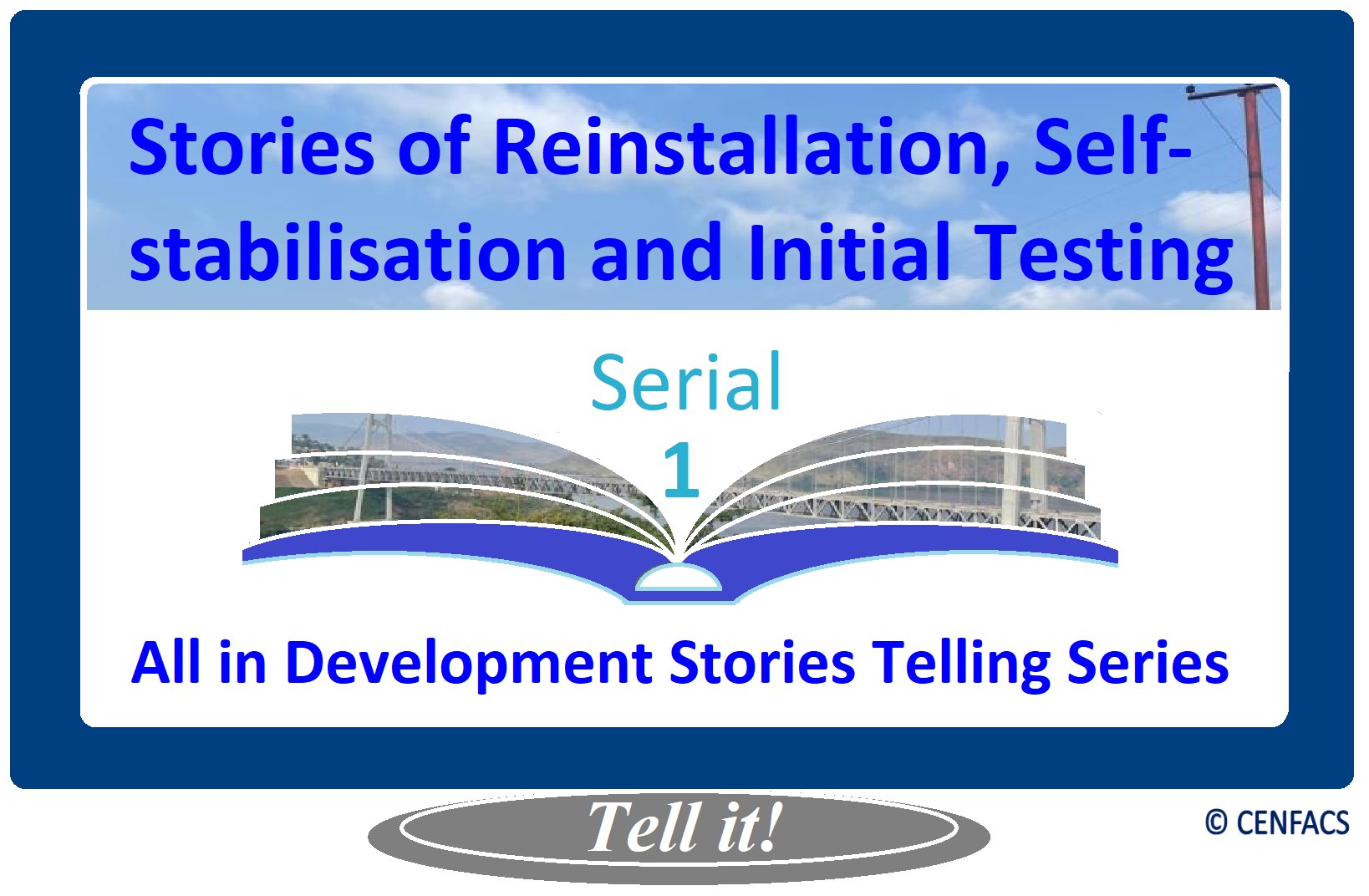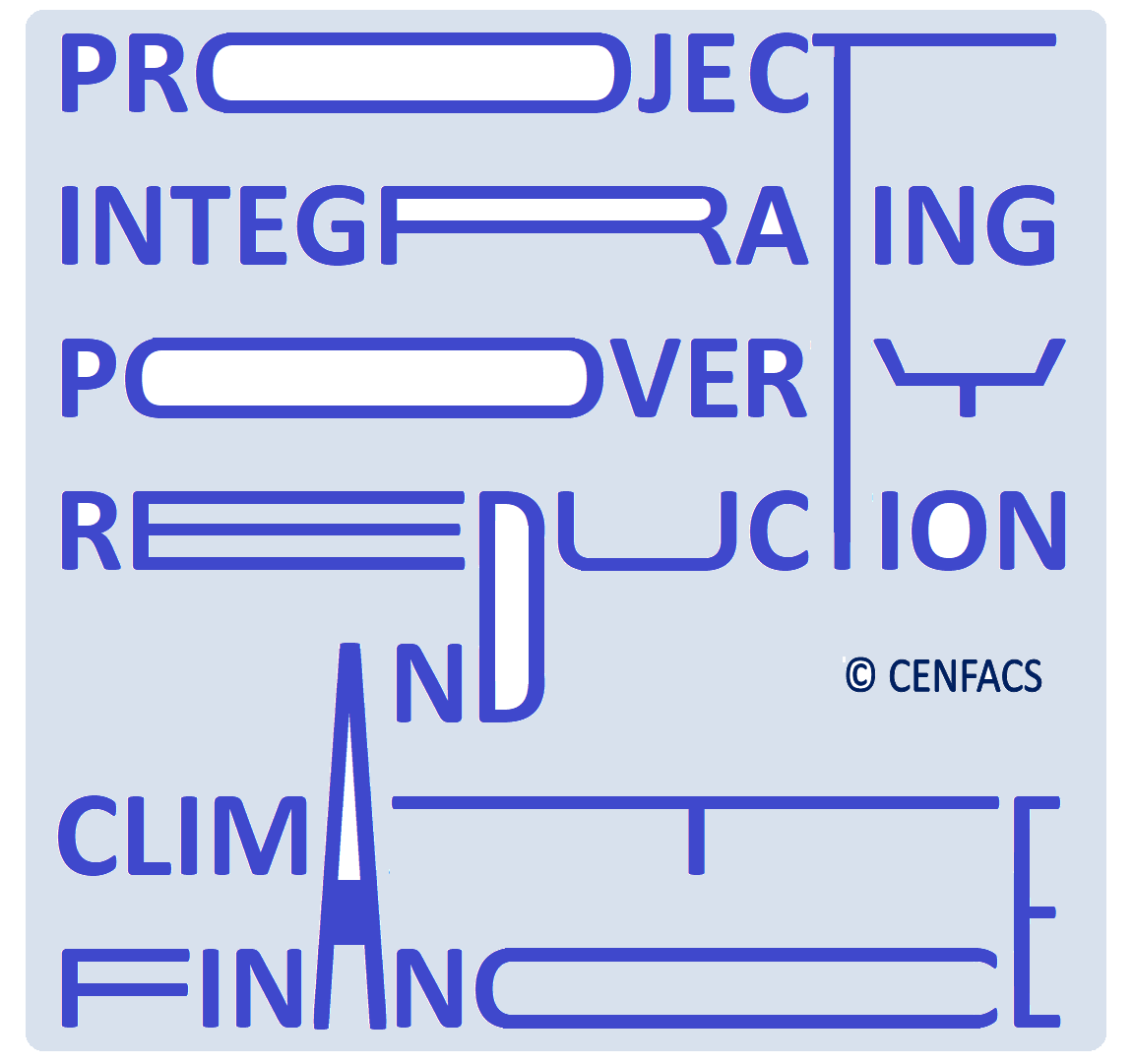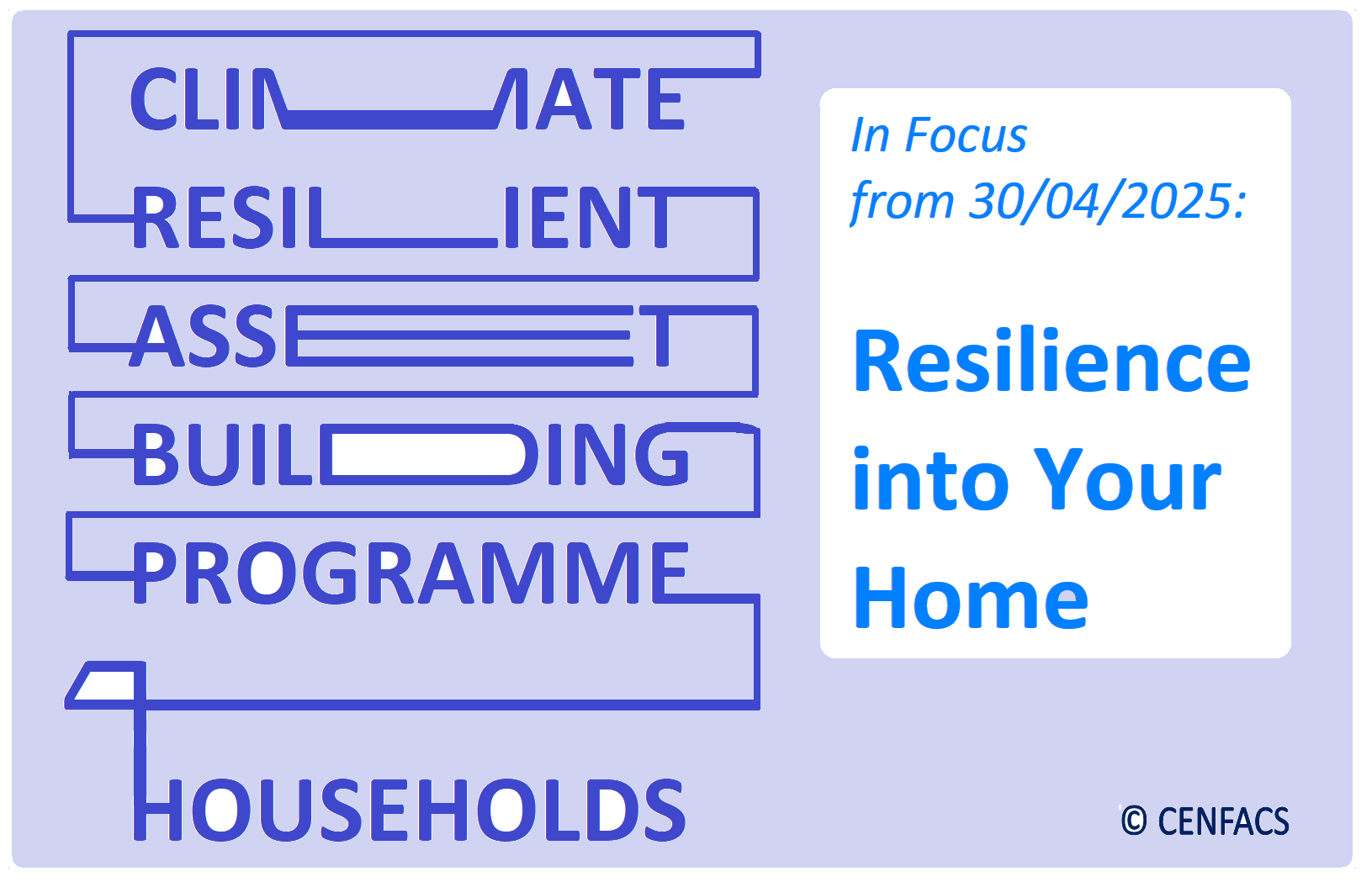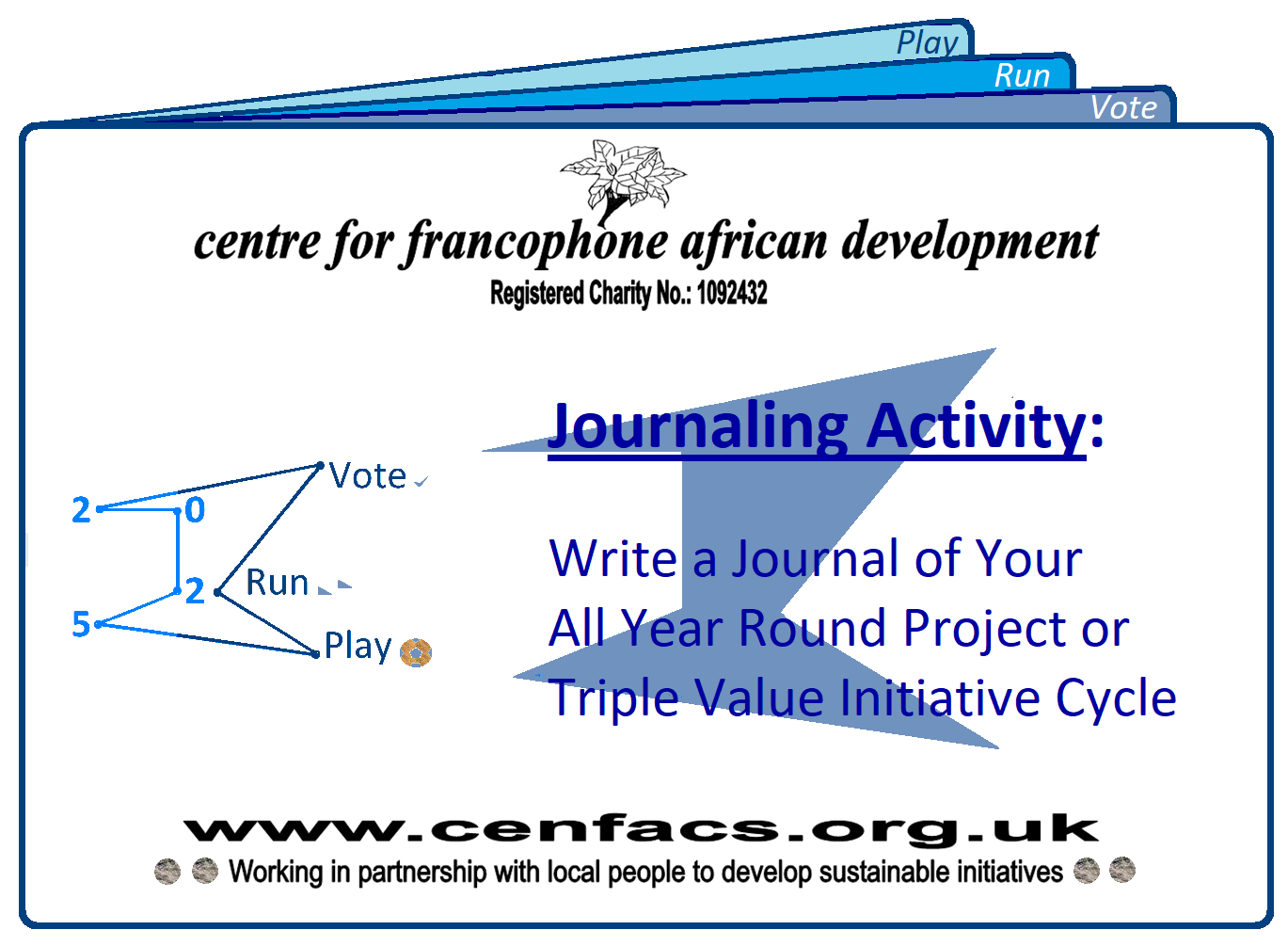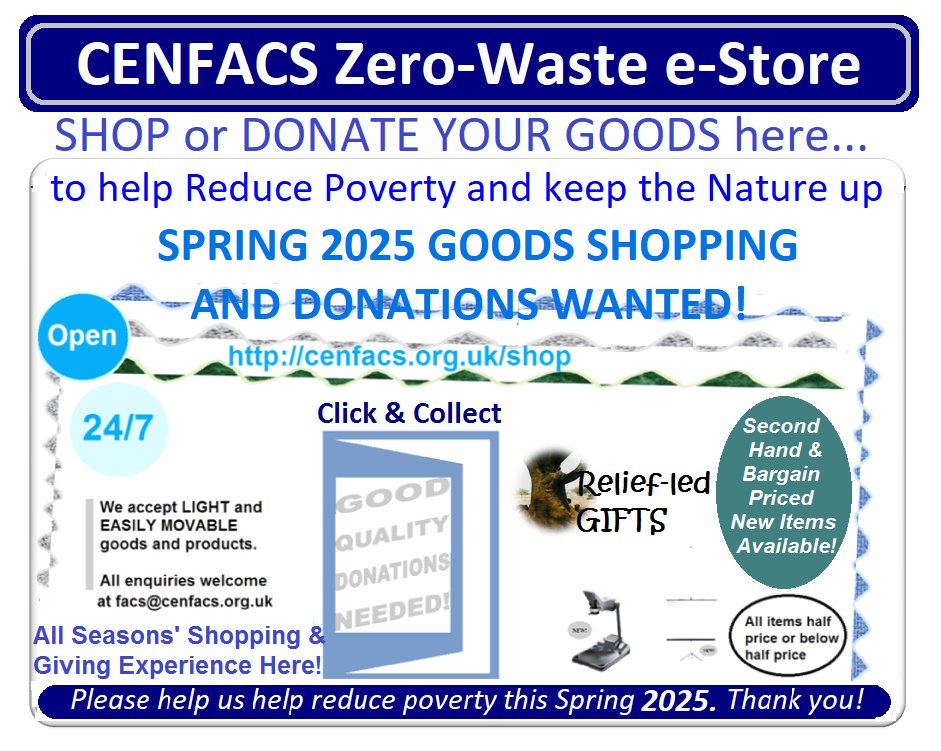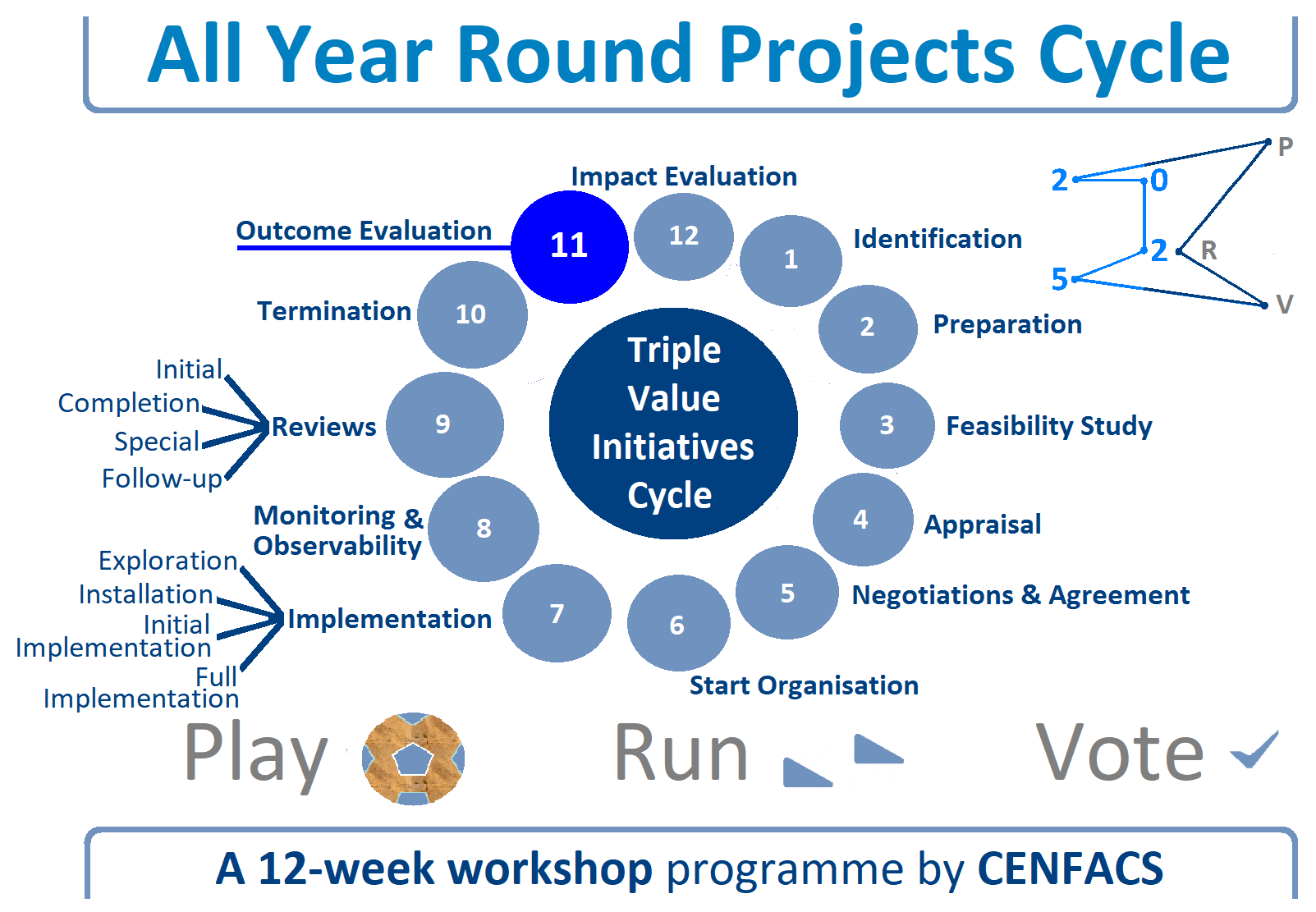Welcome to CENFACS’ Online Diary!
02 July 2025
Post No. 411
The Week’s Contents
• Analytics and Impact Month 2025
• Activity/Task 7 of the Restoration (R) Year/Project: Reach Restoration Goal with Those in Need
• Goal of the Month: Help Fill the Funding Gaps for Those Who Need It
… And much more!
Key Messages
• Analytics and Impact Month 2025
July is CENFACS’ Analytics and Impact Month as it is the time of the year during which we conduct the impact assessment, monitoring, evaluation, review, assurance, reporting and analytics of our programmes and projects. Through these exercises, we analyse what we did over the last 345 days, seize the outputs and, if possible, capture the early impacts made.
It is the time we focus on the effects of our intervention while reviewing what worked well, what badly worked and what did not work at all. We do it by bringing all together the programmes and projects as well as activities that made the preceding financial year. This is what we usually call All-in-one Impact Feedback and Assessment.
It is a feedback because we ask all our stakeholders (our beneficiaries) to give their opinions about our work. This beneficiary or participatory monitoring aims to track the perceptions of project and programme beneficiaries. We expect them to provide us with their unbiased, independent, true and fair views and feelings about our work. From what they feedback and what we have collected as data, we can assess or judge our performance against aims, goals and targets of poverty reduction and sustainable development we set up at the beginning of the financial year.
July is also a time to deep dive into numbers and to listen to what these numbers (numerical data) are telling us; for example if we have been on track or running behind or even tracking ahead. This tracking exercise (or financial monitoring) helps us to discover patterns in numbers achieved and to spot trends.
Broadly speaking, we are going to conduct two main activities this July 2025: analytics and impact.
• • CENFACS Analytics and Activities 2025
• • • CENFACS Analytics 2025
Like any charity analytics, CENFACS Analytics will involve the use of data analysis and statistical methods to improve CENFACS efficiency, effectiveness, and impact. Key areas where this analytics can be applied include fundraising, donor management, programme evaluation, operational efficiency, financial forecasting, and impact measurement. This analytics will have activities.
• • • CENFACS Analytics Activities 2025
Like any charity analytics activities, CENFACS Analytics Activities will be about the use of data to gain insights and improve decision-making across various areas, including fundraising, donor engagement, programme effectiveness, and operational efficiency.
CENFACS Analytics will as well analyse CENFACS‘ finances by looking at key financial statements to understand CENFACS‘ financial health and performance.
These analytics activities will guide us to know if we hit targets or not, and to focus time and energy on our core mission while adjusting and redeveloping our programmes and projects in improved direction. From data analysed, we can get information about users’ experience and undertake products/services design and development. In doing so, this gives us the opportunity to predict and plan future activities while reconnecting with stakeholders and stewarding new donors.
• • CENFACS Impact and Activities 2025
• • • CENFACS Impact 2025
Like any charity impact, CENFACS Impact 2025 will be about the positive changes that CENFACS creates or has created in the lives of individuals, communities, Africa-based Sister Organisations, and the environment through the activities it has carried out this ending financial year. Key aspects of this impact will include tangible change in qualitative and quantitative terms, long-term effects although we are dealing the financial year 2024-2025, demonstrative value, and continuous improvement in terms of the effectiveness of our programmes.
• • • CENFACS Impact Activities 2025
They include the actions taken by CENFACS to achieve its goals and charity objects during this ending financial year. These activities range from direct service delivery and fundraising to advocacy and community engagement to poverty reduction work in Africa.
The impact activities help us to start getting early signs or signals of the systematic change that we would like together with our users to instil into long term change. This activities enable us to begin foreseeing the broader and long-term change or effects of the programmes and projects we implemented in the last 345 days.
For more information about All-in-one Impact Feedback and Assessment or CENFACS’ Analytics and Impact Month, please read under the Main Development section of this post.
• Activity/Task 7 of the Restoration (R) Year/Project: Reach Restoration Goal with Those in Need
Our series or set of interconnected tasks or activities planned for the execution of CENFACS‘ dedication of year 2025 as of Restoration continues with the seventh activity/task. In this seventh activity or task, we are going to reach restoration goal with those in need.
Indeed, restoration whether it is the act or process of returning something to its earlier good condition or position or to its owner; or any action or process used to repair, re-establish, or renew tangible assets such as buildings and equipment or intangible assets like stocks; or bringing harmony to the nature-human relationship so as to protect and restore natural functions, can be reached. But, how do we know that we have reached this goal and we have reached it with those in need?
If we take for example ecological restoration, Maria C. Ruiz-Jaen and T. Michell Aide (1) argue that
“In practice, most studies assessed measures that can be categorised into three major ecosystem attributes. These attributes are 1) diversity, 2) vegetation structure, and 3) ecological processes”.
Those who are working on ecological restoration with the people in need, they can these attributes or metrics to measure the success of their work or to know if the goal has been reached.
The above is what Activity/Task 7 of the Restoration (R) Year/Project is about. Those who would like to undertake it, they can go ahead.
For those who need any help before embarking on this activity/task, they can speak to CENFACS.
For any other queries and enquiries about the ‘R‘ project and this year’s dedication, please contact CENFACS as well.
• Goal of the Month: Help Fill the Funding Gaps for Those Who Need It
• • About Our Goal of the Month
Recent aid cuts and withdrawals have left huge financial gaps in humanitarian budgets of those in need and organisations dealing with their needs. Our July 2025 goal is to help or appeal so that these gaps can be filled.
Some of these aid cuts and withdrawals used to cover essential emergency and urgent needs of vulnerable persons like innocent children victims of events such as wars, violence, displacement, natural disasters. This cut or withdrawn aid used mostly to cover lifesaving goods and services like food, medicine, clothing, shelter, etc. These poor victims did not ask these events to happen on them. Donors/funders have the right to choose the use of funds, including to cut or withdraw their funding . However, the victims of aid cuts and withdrawals need help.
So, helping to fill the funding gaps left by the above-mentioned gaps will tremendously save their lives, especially of children, which are threatened.
As a goal of the month, we are asking to those who can to fill the funding gaps. Filling the funding gaps can involve the following:
σ donating cash
σ giving goods
σ honouring the pledges already made to support those in need
σ covering invoices that aid cuts could have covered
σ gift ideas about how organisations supporting the victims of funding cuts can adapt their business models to become sustainable and continue to meet the needs of these impoverished people
etc.
The above is our goal of the month.
• • Implications for Selecting the Goal for the Month
After selecting the goal for the month, we focus our efforts and mind set on the selected goal by making sure that in our real life we apply it. We also expect our supporters to go for the goal of the month by working on the same goal and by supporting those who may be suffering from the type of poverty linked to the goal for the month we are talking about during the given month (e.g., July 2025).
For further details on the goal of the month, its selection procedure including its support and how one can go for it, please contact CENFACS.
Extra Messages
• Shop at CENFACS’ Zero-Waste e-Store during Summer Season
• World Anti-poverty System (or an International System for Poverty Reduction) and International/Foreign Aid Cuts
• CENFACS’ be.Africa Forum E-discusses Defence and Poverty Reduction in Africa
• Shop at CENFACS’ Zero-Waste e-Store during Summer Season
CENFACS e-Store is opened for your Summer goods donations and goods purchases.
At this time, many people have been affected by the lingering impact of the high cost of living mostly driven by the hikes in prices of basic life-sustaining needs (e.g., food, energy, transport, housing, council tax, phone, etc.).
The impacted of the high cost of living needs help and support as prices and bills are significantly above real household disposable incomes for many of those living in poverty.
Every season, every month is an opportunity to do something against poverty and hardships. This Summer too is a good and great season of the year to do it.
You can donate or recycle your unwanted and unneeded goods to CENFACS’ Zero-Waste e-Store, the shop built to help alleviate poverty, lift people out of poverty and prevent poverty and hardships to happen.
Donating or recycling goods will not only help to reduce poverty. It will also improve your household circularity and circular transition indicators while creating spaces.
You can as well buy second hand goods and bargain priced new items and much more at CENFACS’ Zero-Waste e-Store.
CENFACS’ Zero-Waste e-Store needs your support for SHOPPING and GOODS DONATIONS to reduce poverty with measurable impact.
You can do something different this Season of Goods Donations by SHOPPING or DONATING GOODS at CENFACS Zero-Waste e-Store.
You can DONATE or SHOP or do both:
√ DONATE unwanted GOODS, GIFTS and PRODUCTS to CENFACS Zero-Waste e-Store this Summer.
√ SHOP at CENFACS Zero-Waste e-Store to support the noble and beautiful cause of poverty reduction with measurable impact this Summer.
Your SHOPPING and or GOODS DONATIONS will help to the Upkeep of the Nature and to reduce poverty and hardships with measurable impact; poverty and hardships exacerbated or brought by the higher cost of living.
This is what the Season of Giving or Summer of Giving is all about.
Please do not hesitate to donate goods or purchase what is available at CENFACS Zero-Waste e-Store.
Many lives have been threatened and destroyed by the higher cost of living.
We need help to help them come out poverty and hardships caused by the higher cost of living.
To donate or purchase goods, please go to: http://cenfacs.org.uk/shop/
• World Anti-poverty System (or an International System for Poverty Reduction) and International/Foreign Aid Cuts
Aid cut or withdrawn from the poor is another reason why the world cannot choose to wait for many crises to happen before having an International System for Poverty Reduction or to carry on with minor or aesthetic adjustments to the current international system. As far as CENFACS is concerned, the world needs to hear and give the voice of the poor through an International System for Poverty Reduction.
The world can re-create and innovate the international system through the Creation of an International System for Poverty Reduction, which does not exist. This system can help in finding new ways of funding poverty reduction, particularly but not limited to Africa. Aid crises that make the world’s poor to bear the brunt of them can only mean that an International System for Poverty Reduction is required; a system that can give them a voice instead of patchy adjustments to the global system.
Too many crises and minor adjustments to the current system are yet a further evidence to raise the question of an international or global system to deal with poverty.
If we had an International System for Poverty Reduction (that is a World Anti-poverty System comparable to the institutions of Bretton Woods System), would this system makes the world a better place for the poor?
Every time, there is a global crisis or overlapping crises (like international aid crisis), this question comes back, time and time again.
If you think that an International System for Poverty Reduction could have protected the world’s poorest from too many crises Including aid cuts or withdrawals, please let us know your arguments. If you do not think so, still let us know what you think.
An International System for Poverty Reduction is a missing piece in the world’s institutional systems. This is CENFACS‘ campaign point, which is the creation of an International System for Poverty Reduction.
You can support the campaign or movement for a World Anti-poverty System or International System for Poverty Reduction with your VOICE, by E-SIGNING petition, E-MOBILISING your energy, BRANDING EVENT, etc.
You can join CENFACS’ Campaign for an International System for Poverty Reduction. To join, please contact CENFACS.
• CENFACS’ be.Africa Forum E-discusses Balance between Defence and Poverty Reduction in Africa
Both defence and poverty reduction are important for the overall well-being in Africa. They both contribute to long-term security and prosperity in Africa. However, “at the 2025 NATO Summit in The Hague, NATO allies made a commitment to investing 5% of Gross Domestic Product annually on core defence requirements and defence- and security-related spending by 2035” (2).
With reference to the NATO’s decision to increase defence and security spending, there are arguments for and against about if Africa should prioritise defence or poverty reduction or keep them in balance. Knowing the limited capability of some African countries to defend themselves and to experience high level of poverty, there are those think that it is better for African countries to keep a balance between spending on defence and spending on poverty reduction.
The above is what we are e-discussing this week. Those who may be interested in this discussion can join our poverty reduction pundits and/or contribute by contacting CENFACS be.Africa Forum, which is a forum for discussion on poverty reduction and sustainable development issues in Africa and which acts on behalf of its members by making proposals or ideas for actions for a better Africa.
To contact CENFACS about this discussion, please use our usual contact address on this website.
Message in French (Message en français)
• Soutenir les Enfants Vulnérables en Afrique Laissés Sans Espoir à Cause des Coupures de l’Aide Étrangère
Soutenir les Enfants Vulnérables en Afrique Laissés Sans Espoir à Cause des Coupures de l’Aide Étrangère est l’un des projets de l’Appel d’Été constituant la première partie de notre Programme d’Été, qui sera publié prochainement.
Cet appel vise à soutenir les enfants, les jeunes et les familles (EJF), dans des endroits en Afrique où il y a déjà un niveau élevé de pauvreté, notamment dans des secteurs où l’aide étrangère a été retirée ou réduite, dans des pays comme l’Éthiopie et la République Démocratique du Congo et d’autres pays africains.
Les coupures d’aide étrangère et internationale ne peuvent que nuire gravement à ceux qui vivent dans la pauvreté en Afrique, en particulier aux enfants qui dépendaient auparavant de cette aide et qui ont été laissés sans espoir. Selon ‘savethechildren.org’ (3),
« Plus de 1,8 million d’enfants vont manquer d’apprentissage en raison des coupes dans l’aide étrangère touchant les programmes éducatifs de Save the Children dans plus de 20 pays, de la République Démocratique du Congo (RDC) à la Syrie en passant par la Tanzanie… En RDC, plus de 21 300 enfants dans la province du Sud-Kivu, ravagée par la guerre, ont perdu l’accès aux matériels d’apprentissage et à la formation pour leurs enseignants.
De même, ‘oxfam.org.uk’ (4) affirme que « Les projections économiques montrent que les coupes signifieront que 5,7 millions de personnes de plus à travers l’Afrique tomberont en dessous des niveaux d’extrême pauvreté au cours de l’année à venir, un nombre qui devrait exploser à 19 millions d’ici 2030 ».
Ces coupes ont laissé des lacunes de financement critiques. Par exemple, le Fonds des Nations Unies pour l’enfance (5) reconnaît que « Nous [UNICEF] faisons face à un déficit de plus de 40 % des financements d’urgence dédiés rien qu’en Afrique de l’Est et australe. »
Soutenir cet appel signifie aider les enfants et jeunes en situation de vulnérabilité à minimiser et atténuer les impacts des coupes et retraits d’aide sur eux. Votre soutien contribuera à financer les besoins humanitaires vitaux que les fonds coupés ou retirés couvraient auparavant, ainsi qu’à répondre aux besoins émergents et urgents.
Votre aide est nécessaire pour répondre aux signaux de détresse des enfants et jeunes vulnérables.
On peut penser à un enfant ou un jeune sans rêves ni attentes, quel sera son avenir, surtout dans des régions (comme la partie est de la République Démocratique du Congo) où les conditions de sécurité continuent de se détériorer dans des zones touchées par le conflit et où le financement a été réduit.
Pouvez-vous aider cet enfant ? Oui ou Non !
Si vous dites oui ; alors vous pouvez aider des enfants…
√ dont les programmes humanitaires ont été impactés par des réductions d’aide
√ qui ont besoin d’une assistance humanitaire salvatrice
√ survivant à la faim, aux conflits et aux catastrophes naturelles
√ sans accès à de l’eau potable, de la nourriture, des soins de santé et de l’éducation
√ vulnérables à la malnutrition, aux maladies et à la pauvreté
√ fréquentant des cliniques de santé fermées
√ forcés au travail précoce ou au mariage
√ associés à des forces et groupes armés
√ vulnérables aux abus, à la négligence, à l’exploitation et à la violence
√ vivant des traumatismes
√ faisant face à la guerre, à la famine et à la pauvreté
√ vivant une malnutrition mettant en danger leur vie etc.
Votre soutien aidera ces enfants…
√ à rêver d’une vie et d’un avenir meilleurs
√ à surmonter les coupes d’aide et les événements de la vie qui pourraient devenir une contrainte structurelle et un handicap pour eux
√ victimes d’une insécurité sans fin qui crée des impacts négatifs durables sur eux et sur les jeunes
√ à ne pas voir leur vie réduite sous le seuil de pauvreté
√ à ne pas devenir la génération perdue des coupes de l’aide étrangère
√ à bénéficier de programmes sur la violence sexuelle et fondée sur le genre pour les survivants parmi eux
√ à rester en bonne santé et protégés contre les maladies
√ à avoir ou redécouvrir des espoirs et des attentes
etc.
Votre soutien est fortement nécessaire pour financer les lacunes qui menacent la survie des enfants en Afrique.
S’il vous plaît, soutenez les enfants vulnérables en Afrique laissés sans espoir en raison des coupes dans l’aide étrangère.
Pour soutenir, veuillez contacter CENFACS sur ce site.
Main Development
• Analytics and Impact Month 2025
The name of the July game at CENFACS is Impact Assessment, Monitoring, Evaluation, Review, Assurance, Reporting and Analytics. July is the month during which we conduct our impact assessment, monitoring, evaluation, assurance, review, reporting and analytics of the projects and programmes we delivered during almost last 11 months and 2 weeks.
This July, the way in which we have organised ourselves to conduct the Analytics and Impact Month 2025 is summarised under the following sub-headlines:
∝ Key Words for the Analytics and Impact Month 2025
∝ Analytics and Impact Activities
∝ The Analytical Process within CENFACS
∝ What Is CENFACS Analytics Dashboard?
∝ Analytics of the Year of Restoration as an Example of Analytical Process within CENFACS
∝ Impact Monitoring of Monthly Goals
∝ All-in-one Impact Feedback and Assessment for July 2025.
Let us look at each of these sub-headlines.
• • Key Words for the Analytics and Impact Month 2024
There are seven key words we are using which are: impact, monitoring, evaluation, assurance, review, reporting and analytics.
Let us briefly explain these key words.
1) Impact
Normally, it takes a considerable amount of time to get the real impact of any intervention, project and programme. However, because we are talking about finding out what projects and programmes have achieved, it makes sense to clarify what we mean by impact.
To do that, we are going to consider different terminologies surrounding impact; terminologies used within the impact literature or field. These terminologies are impact analysis, impact assessment, impact monitoring and impact reporting. Let us briefly explain these terms.
1.1 & 1.2) Impact Analysis and Assessment
To explain these two concepts, we are going to borrow the definition of impact from the Organisation for Economic Cooperation and Development (OECD). The OECD (6) differentiates ex ante impact from ex post impact. This is what it argues.
“Ex ante impact analysis is the needs analysis and planning activity of the policy cycle. It is a prospective analysis of what the impact of an intervention might be, so as to inform policy making”.
“Ex post impact assessment is the evaluation and management of the policy cycle. Evaluation aims to understand to what extent and how a policy intervention corrects the problem it was intended to address. Impact assessment focuses on the effects of the intervention, whereas evaluation is likely to cover a wider range of issues such as the appropriateness of the intervention design, the cost and the efficiency of the intervention, its unintended effects and how to use the experience from this intervention to improve the design of future interventions”.
The above definitions help to understand the scope and scale of the impact of most interventions.
As far as CENFACS is concerned, we will be doing evaluation activities for some programmes and projects; and impact assessments for others. This is because impact assessment is mostly a theory-based activity and has a narrow and tightly-defined focus. Where we need to design evaluation questions and use evaluation techniques, we will do evaluation. Where there is a need for a tightly-defined focus, we will do impact assessment.
We are as well considering that the initiative for change comes from project users or beneficiaries not from CENFACS or CENFACS’ projects or programmes. This is because the impact analysis model of change we are using is a non-linear one. Despite this non-linearity of the theory of change used, our impact analysis will still be based on causality and attribution approach.
1.3) Impact Reporting
After carrying out the analytics and impact of our programmes and projects, we need to report our findings or results. Although we have not yet reached this step, we need to start thinking of the way we shall report. In technical parlance, we need to proceed or think of impact reporting. What is impact reporting?
The website ‘sopact.com’ (7) states that
“Impact reporting is a powerful tool that organisations use to showcase the positive changes they bring to communities and the environment. A well-constructed impact report tells a story of transformation, capturing the outcomes achieved and the significance of the impact”.
During this July 2025, we will be thinking of the various pieces that will make our impact reporting as we are analysing the data from the last twelve months.
2 & 3) Impact Monitoring and Evaluation
We are going to use the definition of monitoring and evaluation as given by Kersty Hobson, Ruth Mayne and Jo Hamilton (8) in their “A Step by Step guide to Monitoring and Evaluation”.
Regarding monitoring, Hobson et al. define it as
“The collection and analysis of information about a project or programme undertaken while the project or programme is on-going”. (p. 5)
Arguing about monitoring, Intrac (9) considers that there are many types of monitoring which include process or performance monitoring, results or impact monitoring, beneficiary monitoring or beneficiary contact monitoring, situation monitoring or scanning, financial monitoring, administrative or logistics monitoring management information.
During our Analytics and Impact Month 2024, we will be working on three monitoring activities which include performance, impact and financial monitoring.
Concerning evaluation, Hobson et al. (op. ct.) explain it as
“The periodic, retrospective assessment of an organisation, project or programme that might be conducted internally or by external independent evaluators”. (p. 5)
In reality, there are many types of evaluation which include formative evaluation, summative evaluation, outcome evaluation, impact evaluation, etc.
The July 2025 evaluation will help CENFACS to evaluate the appropriateness of CENFACS‘ intervention design, the cost and efficiency of its intervention, the unintended effects of this ending financial year’s intervention and the need to improve the design of future interventions.
The Analytics and Impact Month 2025 will be mostly concerned with impact evaluation. An impact evaluation can be defined in many ways.
For example, the website ‘betterevaluation.org’ (10) explains that
“An impact evaluation provides information about the impacts produced by an intervention. The intervention might be a small project, a large programme, a collection of activities or a policy”.
From the above-mentioned definitions of monitoring and evaluation, it is understood that monitoring is an on-going process whereas evaluation is a periodic or discrete one.
4) Assurance
July is also the month to revisit our commitment to the detection and prevention of quality problems that can hinder the quality of our poverty reduction produce or service. Put it simply, assurance is part and parcel of CENFACS‘ July analytics and Impact work. What is assurance?
By assurance, we simply mean what His Majesty Treasury (11) argues, which is
“Assurance is an objective examination of evidence for the purpose of providing an independent assessment on governance, risk management and control processes for the organisation. An assurance framework is a structured means of identifying and mapping the main sources of assurance in organisation, and co-ordinating them to best effect”.
Assurance can be internal and external. In our analytics work, we are conducting internal assurance. What does it mean?
It means what for example ‘anngravells.com’ (12) argues about internal quality assurance, which
“Seeks to ensure that assessment activities have been conducted in a consistent, safe and fair manner”.
This internal quality assurance, which took place since our programmes and projects started, will continue and be deepened this month as it is the Analytics and Impact Month. This will be done via impact feedbacks.
5) Review
We have referred to the online source ‘method123.com’ (13) for the meaning of this key word. This online source defines review as
“An assessment of the status of a project at a particular point in time”.
From this online perspective, we have been performing a project management review at the end of each phase of our projects and programmes. We have been verifying whether or not we have met the objectives. If so, then a decision needed to be approved to proceed to the next project or programme phase.
July is the month we put together all these small project reviews conducted while doing the last reviews for those projects and programmes pending for a final review.
6) Analytics
There are many approaches to analytics. In the context of our July work, we have selected an explanation from ‘dictionary.com’ (14) which is as follows:
“The patterns and other meaningful information gathered from the analysis of data”.
The website ‘oracle.com’ (15) goes further by explaining that
“Analytics is the process of discovering, interpreting and communicating significant patterns in data. Quite simply, analytics helps us see insights and meaningful data that we might not otherwise detect”.
The website ‘bmc.com’ (16) goes broader by stating that
“Data analytics is a broad term that defines the concept and practice (or, perhaps science and art) of all activities related to data…Data analytics is broader in scope and refers to the process of using data and analytical tools to find new insights and make predictions”.
The same web ‘bmc.com’ gives the activities relating to data analytics, which are: data collection, refining, storage, analysis and delivery.
Like any charity analytics, CENFACS Analytics helps to make informed decisions, drive and increase poverty reduction services or sales, reduce costs and improve poverty reduction outcomes/produce. It finally helps us to better deliver a user experience for our projects and programmes by hearing the voice of the project beneficiaries.
• • Analytics and Impact Activities
In order to carry out the activities relating to Analytics and Impact Month 2024, we have organised them between analytics and impact activities. To explain these types of activities, let us start with activities.
Activities are according to ‘intrac.org’ (17),
“Actions taken or work performed through which inputs, such as funds, technical assistance and other types of resources are mobilised to produce specific outputs”.
From this definition of activities, we can now explain impact and analytics activities.
• • • Impact activities
Impact activities are actions that led to changes. Impact activities enable creation, innovation, reflection, negotiation and support for those in need. Key areas of CENFACS Impact activities include the following:
σ Direct service delivery (like the advice service we provide)
σ Fundraising and awareness (like fundraising events through Triple Value Initiatives, social media and digital campaigns run by CENFACS, impact reporting of our Individual Capacity Building Programme, etc.)
σ Advocacy and community engagement (e.g., CENFACS‘ Influential Appeal to support the victims of conflict in the Eastern part of the Democratic Republic of Congo, our collaboration with Africa-based Sister Organisations in Africa, and educational and financial programmes to empower households making the CENFACS Community)
σ Volunteer opportunities we provide for people to donate their time and skills to support CENFACS‘ noble and beautiful cause of poverty reduction
σ Impact assessment which we are trying to do this July 2025 by measuring outcomes, building an impact framework and using storytelling of those who benefited from work during this ending financial year.
The above-mentioned activities will help pull out the impact of our work. They will tell if CENFACS has made a tangible difference in the lives of the communities we serve in the UK and in Africa.
An example of Impact activities could be informing and stimulating support or debate – via humanitarian appeals – on the conditions of people stricken by conflicts like in the north-eastern parts of the Democratic Republic of Congo.
• • • Analytics activities
Analytics activities are those that provide an idea about user engagement on our programmes and projects. Through this activity, we can track and analyse user interactions with our programmes.
Key activities for CENFACS Analytics 2025 will include the following:
σ Fundraising analytics (comprising of donor segmentation and profiling, campaign performance analysis, predictive analytics, and identification of fundraising opportunities)
σ Donor engagement analytics (consisting of personalised donor engagement, supporter journey analytics, and engagement tracking)
σ Programme and impact measurement (including beneficiary analysis, outcome measurement, data-driven decision making
σ Operational analysis (involving financial forecasting, cost recovery and efficiency, risk management, and data quality management)
σ Data literacy skills (encompassing developing data skills for those working for CENFACS, and the use of AI-powered tools like personalised donor engagement, predictive analytics and fraud detection).
By carrying out these activities, we shall know if effectiveness and sustainability have been enhanced within CENFACS.
An example of CENFACS Analytics activities could be Activity Analysis, which could include alignment with CENFACS‘ stated charity objects/purposes and strategic objectives, impact measurement of activities on beneficiaries, activity reporting (narratives of key activities) and material activity (disclosure of income and expenditure for each material charitable activity). To illustrate, we can mention the number of people who used our advice service or the different resources to support them to develop their capacity throughout the year.
Another example is the analysis of CENFACS‘ finances covering this ending financial year. Such analytics will include examining CENFACS‘ Receipts and Payments account for this year-end, fund movements, and key performance indicators like surplus/deficit, free reserves, total amount raised over the financial year, average donation, financial position in terms of assets and liabilities, and the overall financial health of CENFACS based on the balance sheet. Most these indicators and metrics are part of The Charities Statement Of Recommended Practice and reporting requirements.
Both Impact and Analytics activities stem from impact plan and analytics plan we developed to carry out Analytics and Impact Month 2025.
• • The Analytical and Impact Processes within CENFACS
We have been continuously and at discrete points in time tracking what has been happening within our programmes and projects while using the data collected to inform programme and project implementation as well as day-to-day management and decisions during the above named period. However, in July this monitoring exercise becomes more intense.
Likewise, we have been periodically assessing the objectives of our planned, on-going, or completed projects, programmes, or policies. During these evaluation processes, we have tried to selectively answer specific questions related to the design, implementation, and results of our programmes and projects.
In July, these evaluation activities become further pronounced as we assess what these programmes and projects have achieved in relation to the overall objectives we set up for them. The results of this evaluation are fed back to improve these programmes and projects, or alternatively to design and develop new ones.
Still in July, we critically examine, reappraise or reconsider our objectives and policies to achievements, and see if there is any progress or set back. This review enables us to improve as well.
What’s more in July, we look at again our loyalty to the detection and prevention of quality issues. This assurance assists in maintaining and improving the quality of our poverty reduction produce.
Throughout the year, we work to finding out, interpret and communicate patterns in data in a meaningful way to the work of CENFACS. We apply those patterns in our decision making process. In July, we put extra emphasis on this analytics which becomes very profound.
Briefly, July is the time we do our Summer tracking by reconsidering the value and relevancy of our work, let alone the overall state of our charitable work. It is in this period of the year that we carry out what we call All-in-One Impact Feedback and Assessment. In other words, we try to listen to our stakeholders while tracking the effects of our intervention and capturing the early impacts of our work by considering all the pieces together as one.
One of the key information management tools we use to do our impact analytics is CENFACS Analytics Dashboard.
• • What Is CENFACS Analytics Dashboard?
CENFACS Analytics Dashboard is an information management tool that tracks, analyses and displays key performance indicators, poverty reduction diagnostics, poverty relief metrics/dashboards, results from CENFACS’ poverty relief league, etc.
• • • What else does CENFACS Analytics Dashboard offer?
√ It monitors the health of CENFACS in terms of the relationships of support received to outputs and outcomes generated.
√ It provides as well infographics and summaries about some of the campaigns conducted.
√ It enables to discover and identify poverty reduction problems from the examination of symptoms it helps find.
√ It assists in engineering analytical solutions to the problem of reducing poverty.
√ It finally helps to retrieve information from CENFACS repository about the resources to help users and supporters.
For example, during the early stage of the coronavirus pandemic, we used CENFACS Analytics Dashboard to check the health of CENFACS and state of running of CENFACS’ projects and programmes. This checking enabled us to know the extent to which the coronavirus pandemic affected the running of CENFACS and its services. Knowing the distributional effects of the coronavirus pandemic on our projects and programmes, this knowledge helped us to reorganise these projects and programmes differently.
For more on CENFACS Analytics Dashboard, please contact CENFACS.
• • Analytics of the Year of Restoration as an Example of Analytical Process within CENFACS
Analytics of the Year of Restoration will be done following the processes of data analytics, which include collecting and ingesting, categorising, managing, storing, performing ETL (extract, transfer and load), analysing and sharing data. Knowing these processes, we can define the Analytics of CENFACS’ Year of Restoration.
The analytics or tracking of Restoration Year is the 6-month analysis and turning of raw data insights for making better decisions in terms of helping to reduce poverty and enhance sustainable development. To make this possible, we have created a booklet or journal of creative activities or tasks carried out so far to mark 2025 as a Restoration Year. This booklet/journal is also a record of data.
• • • Booklet/Journal of 2025 Activities as Year of Restoration
Inside this Booklet/Journal of Year of Restoration, there is one activity or task per month to be carried out by users. Alongside this activity or task, there is a metrics or analytics indicator to enable the owner of the booklet or journal to measure their performance as shown below.
January 2025
Activity/Task 1: Work with the people in need to restore their basic consumption
Selected analytics quantitative indicator for Activity/Task 1: Number of people whose basic life-sustaining consumption needs were restored.
February 2025
Activity/Task 2: Restore life and things sustainably
Selected analytics quantitative indicator for Activity/Task 2: Carbon foot print reduction.
March 2025
Activity/Task 3: Support restoration initiatives that reduce adverse climate change impacts
Selected analytics quantitative indicator for Activity/Task 3: Amount of donations received to support carbon offset programmes and impact investors of sustainable projects.
April 2025
Activity/Task 4: Restore degraded ecosystems as part of environmental protection
Selected analytics quantitative indicator for Activity/Task 4: Hectares of reforestation and afforestation.
May 2025
Activity/Task 5: Tell and share restoration stories
Selected analytics quantitative and qualitative indicator for Activity/Task 5: Number and the quality of stories received about real ecological restoration projects.
June 2025
Activity/Task 6: Work with the needy to improve creations and innovations linked to restoration
Selected analytics quantitative and qualitative indicator for Activity/Task 6: Amount of restoration efforts monitored and evaluated.
So, we can use leading and lagging restorations indicators or metrics to help in understanding the main benefits of the restoration process.
One can journal, quantify and gain insight of the meaning of the data about the last 6 months of Restoration Year from this booklet/journal of creative activities and make good decision on how to better help to reduce poverty and enhance sustainable development.
• • • Impact Monitoring of Monthly Goals
Every month we set up a poverty reduction goal to be achieved for the month. As part of the Analytics and Impact Month, we are starting to assess the changes brought about or by the poverty reduction goals we set up since January 2025. We can use poverty reduction monitoring metrics to conduct this assessment.
The following are the poverty reduction goals we set up from January to June 2025. We have also included besides these goals impact monitoring metrics that can be used.
January 2025
Goal for the Month: Reduction of poverty caused by mindless consumption
Impact monitoring metrics for January 2025 goal: Number of people who become mindful about their spending and consumption.
February 2025
Triple Goal for the Month: Reduction of poverty linked to desertification, degraded lands and ecosystems
Impact monitoring metrics for February 2025 triple goal: Reduction of conflict over minerals for degraded lands, improved land productivity in relation to desertification, and improved health and wealth of ecosystems.
March 2025
Double Goal for the Month: Reduction of poverty as lacks of low-carbon and climate technologies
Impact monitoring metrics for March 2025 double goal: Number of poor people transitioning to and adopting low-carbon energy, and number of households with digital technology to monitor greenhouse gas emissions, solar homes systems and other efficient equipment.
April 2025
Goal for the Month: Reduction of asset-based poverty
Impact monitoring metrics for April 2025 goal: Reduction of distress asset sales.
May 2025
Goal for the Month: Reduction of ecological poverty through restoration stories
Impact monitoring metrics for May 2025 goal: Number of people that change their perceptions of poverty after hearing real life stories of restoration.
June 2025
Goal for the Month: Reduction of poverty stigma for poor people to pursue creative goals
Impact monitoring metrics for June 2025 goal: Awareness raised about the effects of poverty stigma and the amount of positive narratives promoted.
This tracking is about getting beneficiaries’ results or outcomes.
• • All-in-one Impact Feedback and Assessment for July 2025
This month, we will be conducting three levels of ex post Impact Assessment:
(a) Impact monitoring and evaluation of the programmes and projects we ran in the last financial year
(b) Impact assessment of CENFACS’ moving forward to protect the gains or legacies of our Building-forward-better-together work while building upon progress to achieve a more equitable and inclusive society.
(c) Impact feedback about our XX236.3F Programme.
As said above, this Impact Assessment will be ex post. And the evaluation related to this exercise will aim to understand the extent to which and the way in which our projects and programmes corrected the problems of poverty and unsustainable development amongst our intended beneficiaries.
Let us briefly summarise the three levels of impact assessment to be conducted.
(a) Impact monitoring and evaluation of the programmes and projects we ran in the last financial year
As the title of impact indicates, it will be about putting together in the form of one piece of work all the results of monitoring and evaluation activities we have conducted for programmes and projects we ran in the last financial year.
(b) Impact assessment of CENFACS’ Process of Building Forward Better Together to a Greener, Cleaner, Safer, Inclusive and Climate-Resilient Future
We are going to seize the impact of “moving forward to protect the gains or legacies of our Building-forward-better-together work while building upon progress to achieve a more equitable and inclusive society. We shall look at the impact of the 2024-2025 process of Building Forward Better Together on our system of poverty reduction, particularly on CENFACS’ 2020s Poverty Reduction Tools and Programme, and Development Agenda (18).
(c) Impact feedback about our XX236.3F Programme
Like last year, this year’s All-in-One Impact Feedback and Assessment will be extended to include our XX236.3F programme as we are in the month of Monitoring and Evaluation.
XX236.3F is our 2020 to 2030 to 2063 Follow up Programme. We are following the implementation of the following:
∝ The International Climate Change Agreement (or the Paris Treaty)
∝ The Istanbul Declaration (the Council of Europe Convention on Preventing and Combating Violence against Women)
∝ The Maputo Protocol (the Protocol to the African Charter on Human and Peoples’ Rights on the Rights of Women in Africa)
∝ The United Nations 2030 Agenda and Sustainable Development Goals
∝ Africa’s Agenda 2063.
The five of them make up our XX236.3F programme.
In brief, we shall conduct a follow-up and examination, look back and analyse data on the overall projects and programmes delivered during the above stated period, while keeping implementing our XX236.3F programme.
We shall soon publish the programmes and projects making this year’s Analytics and Impact. In meantime, for any enquiries about the Analytics Month 2025, please contact CENFACS.
_________
• References
